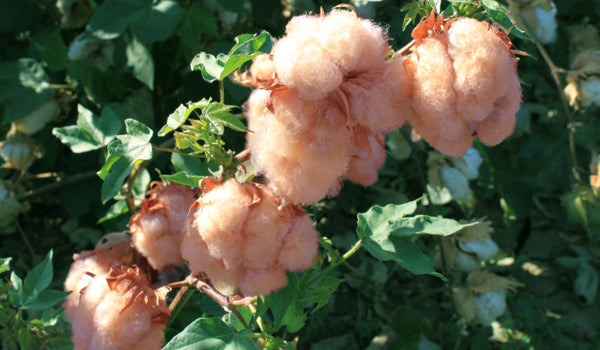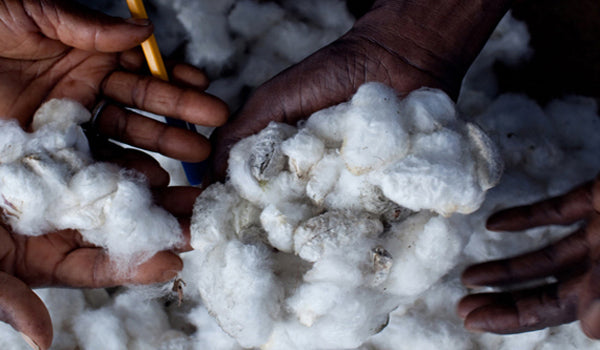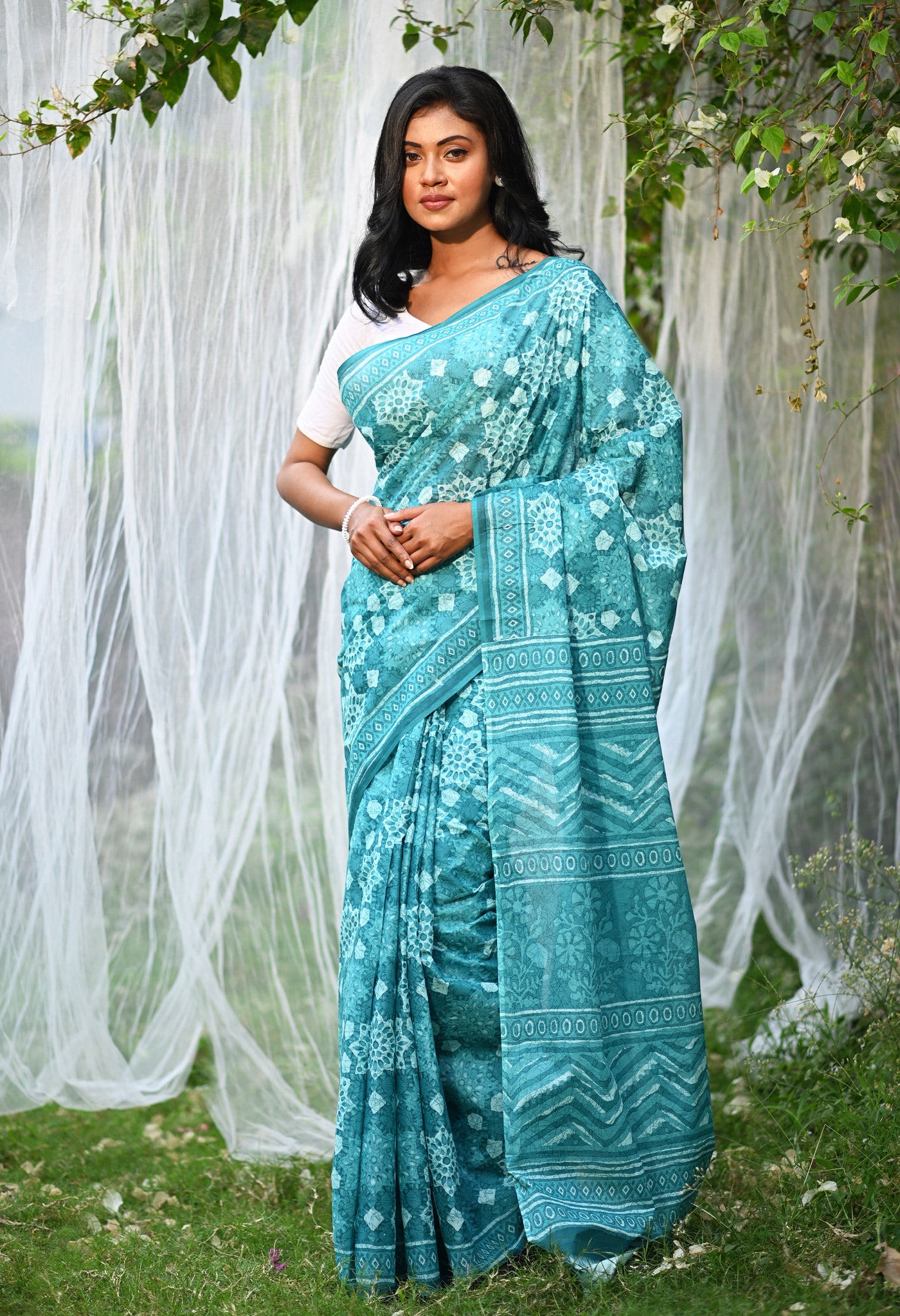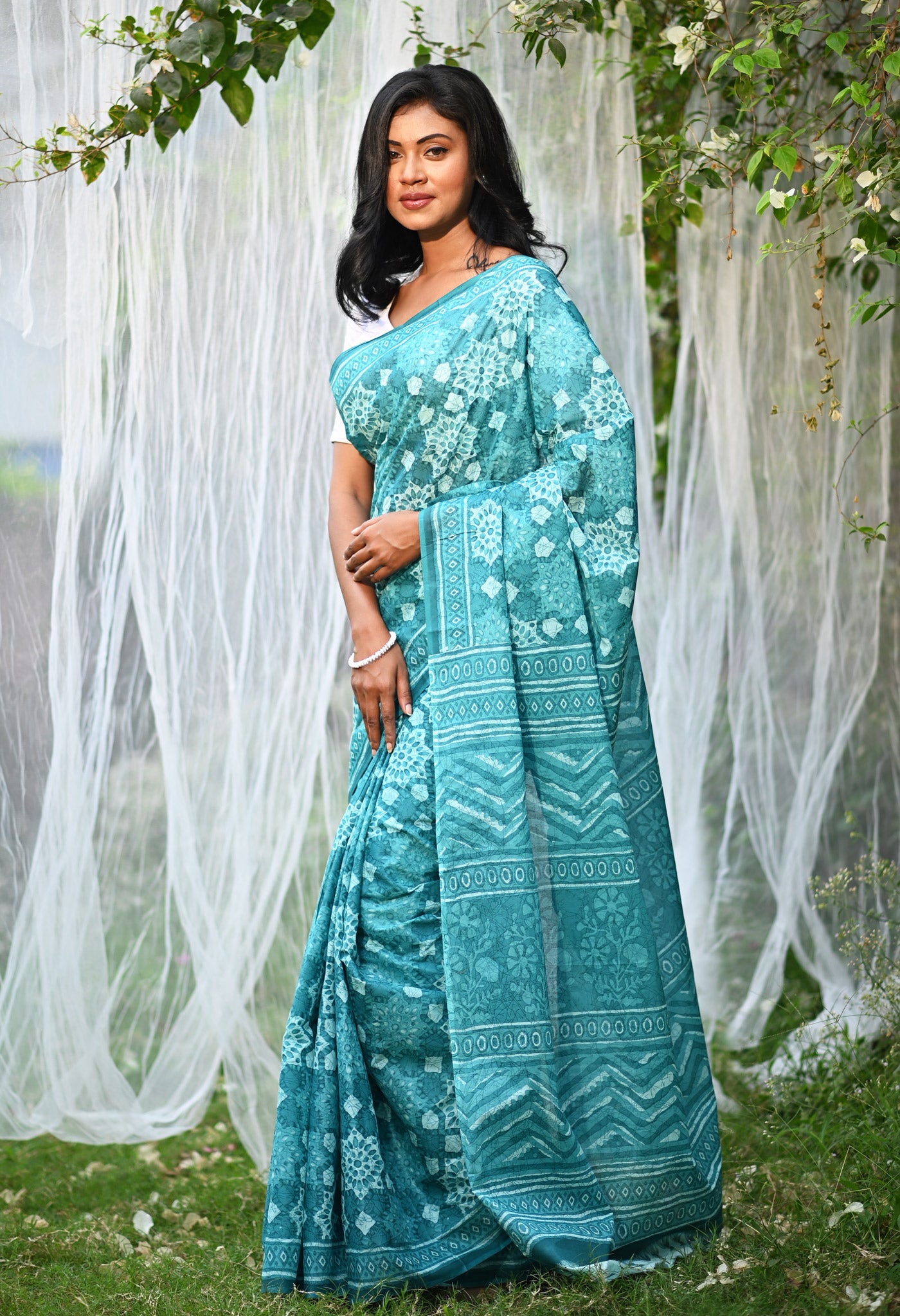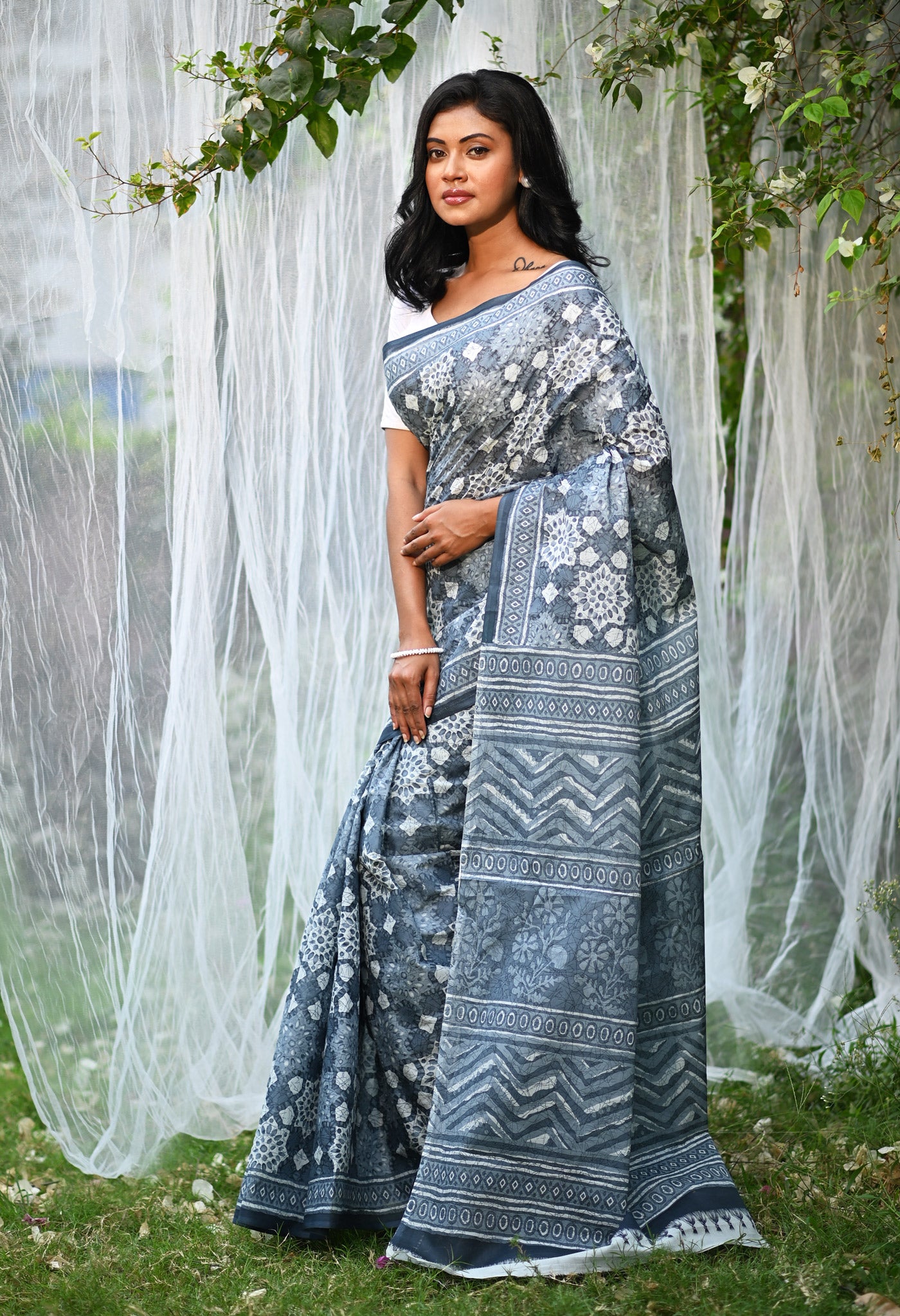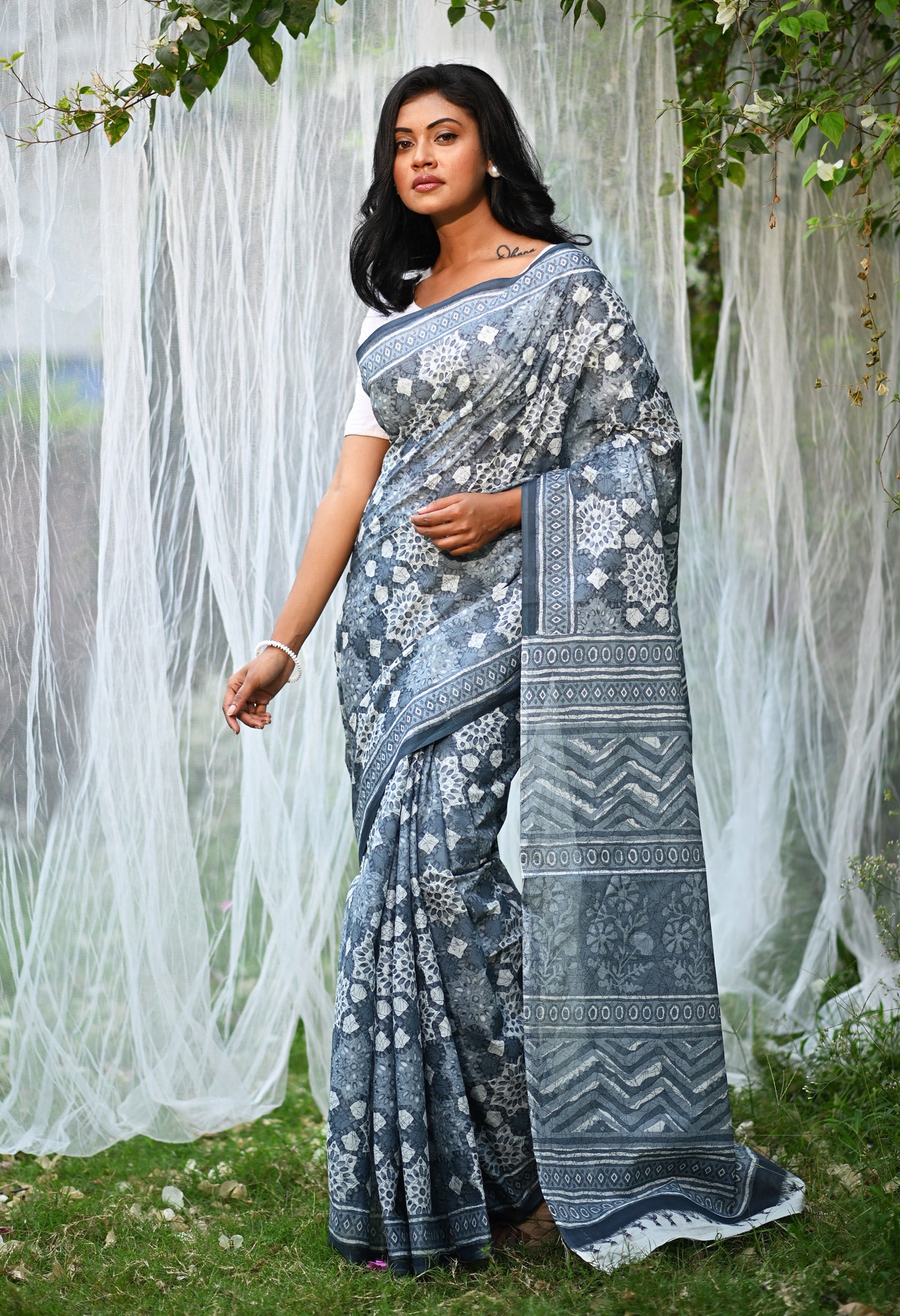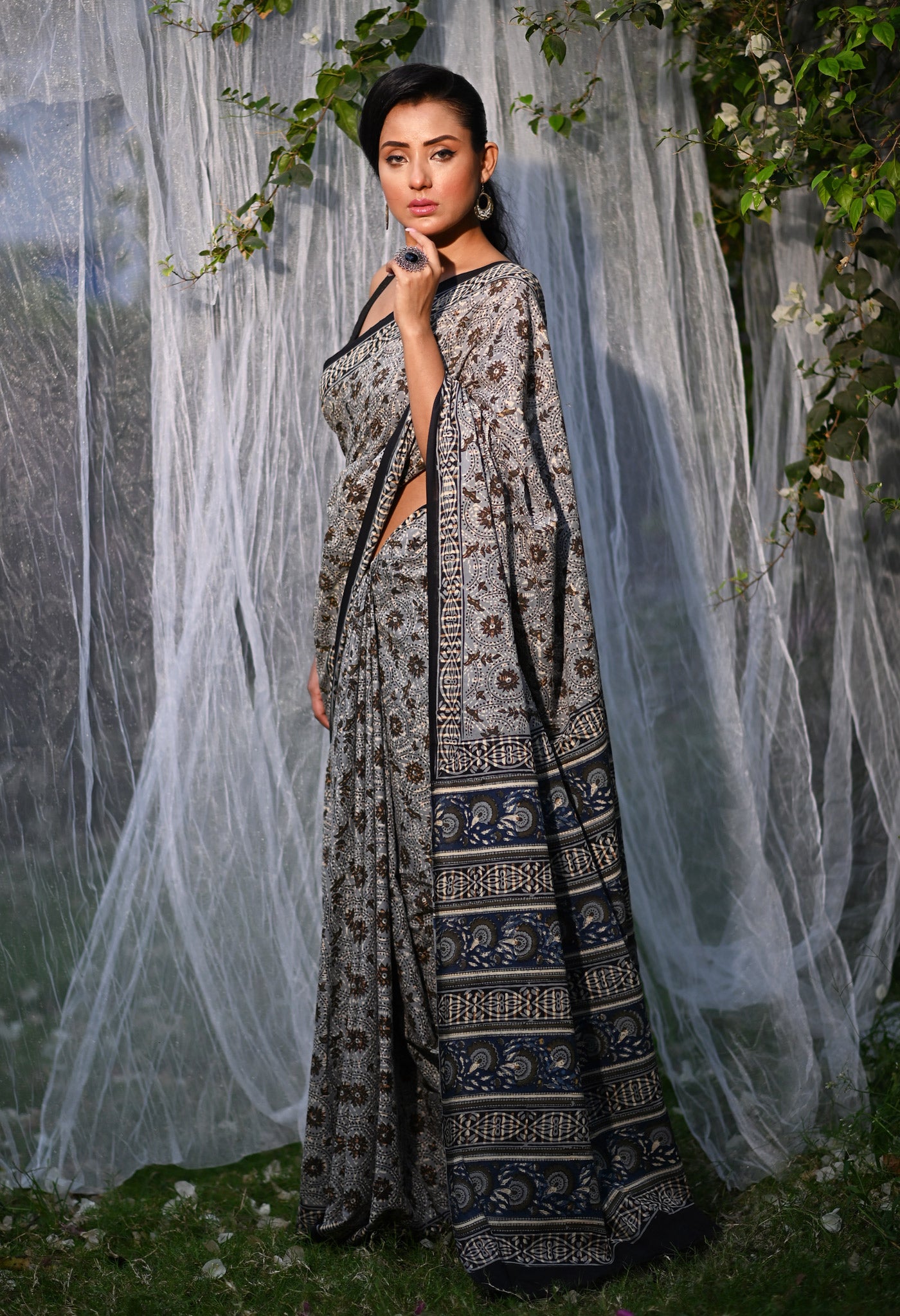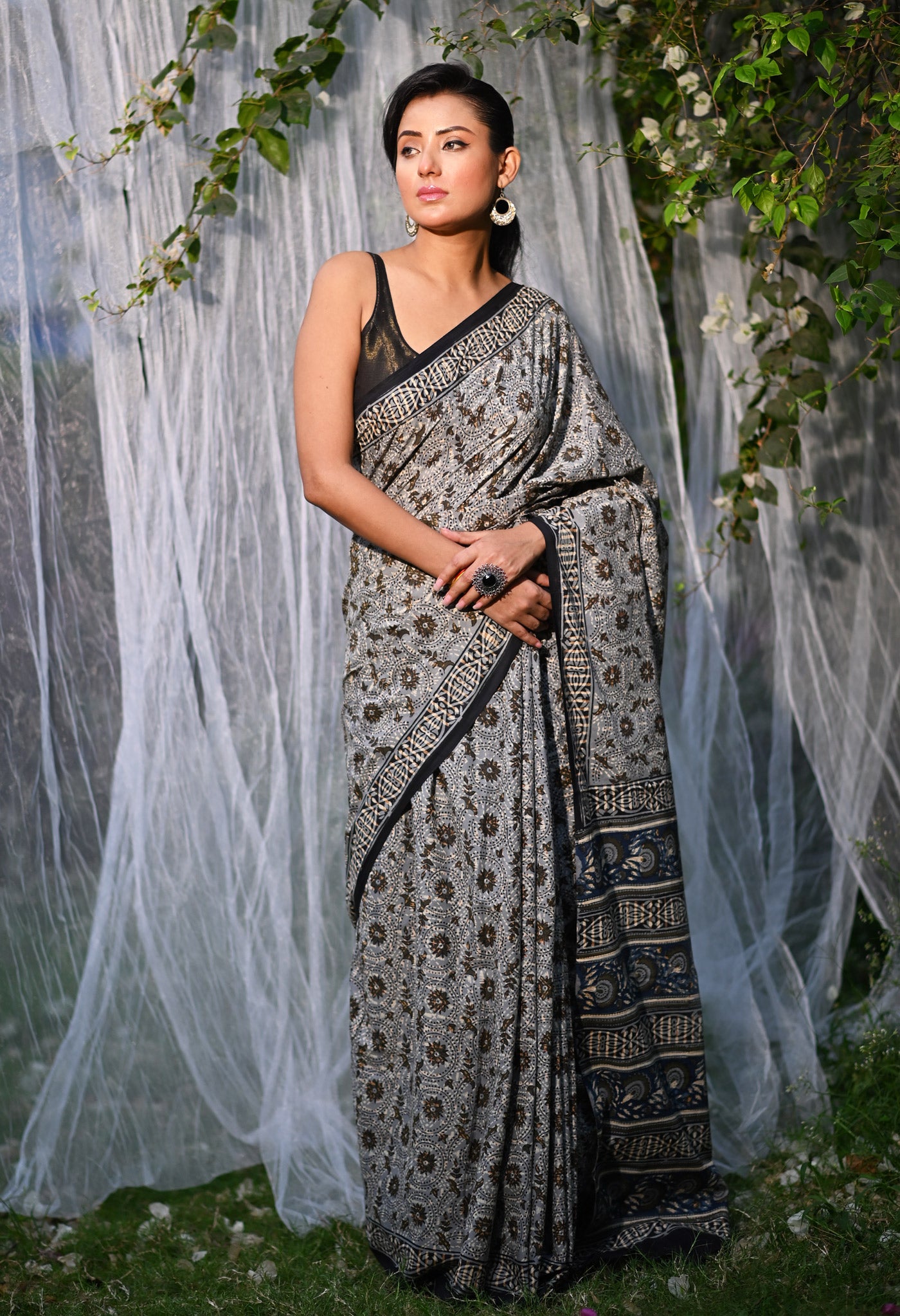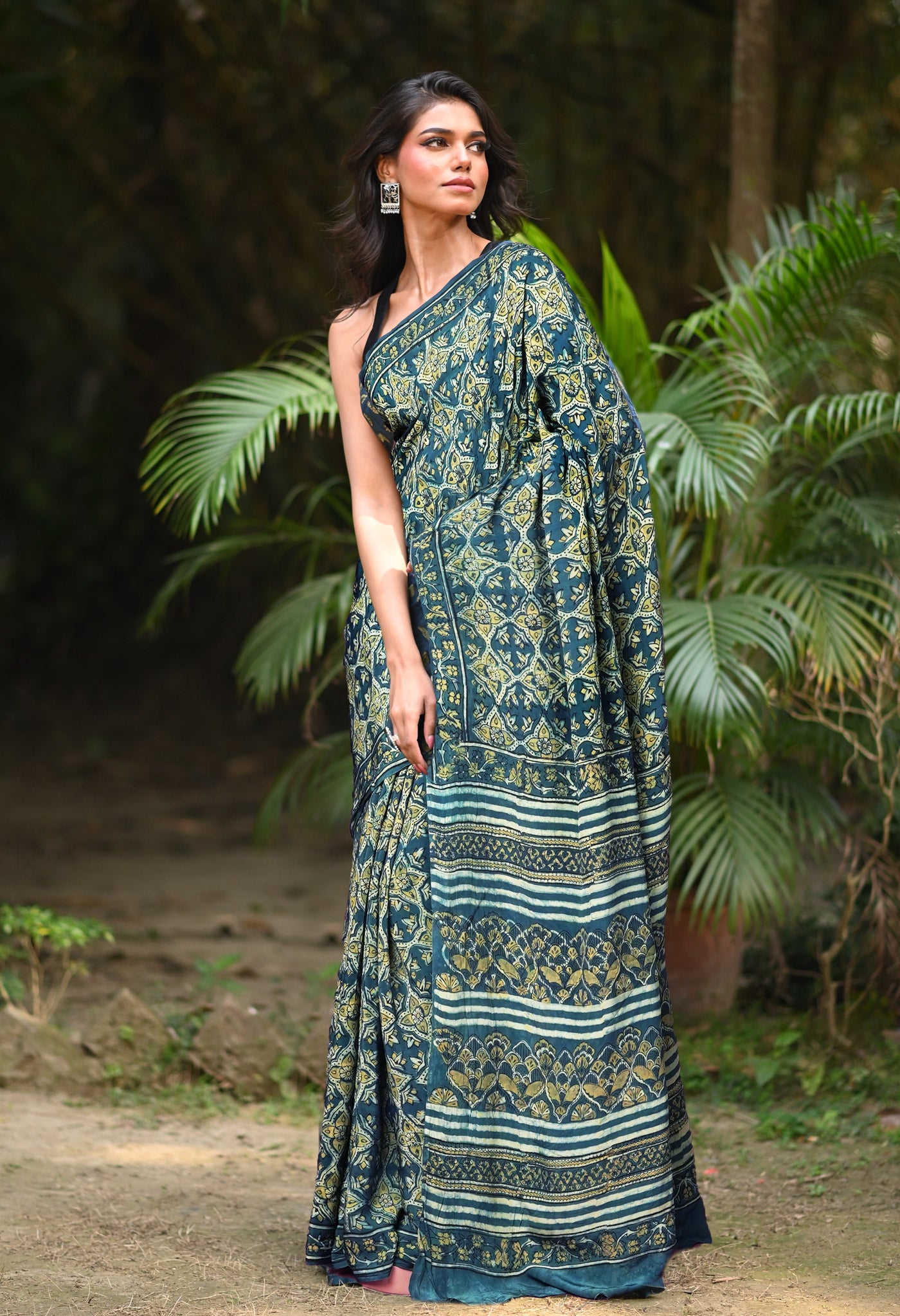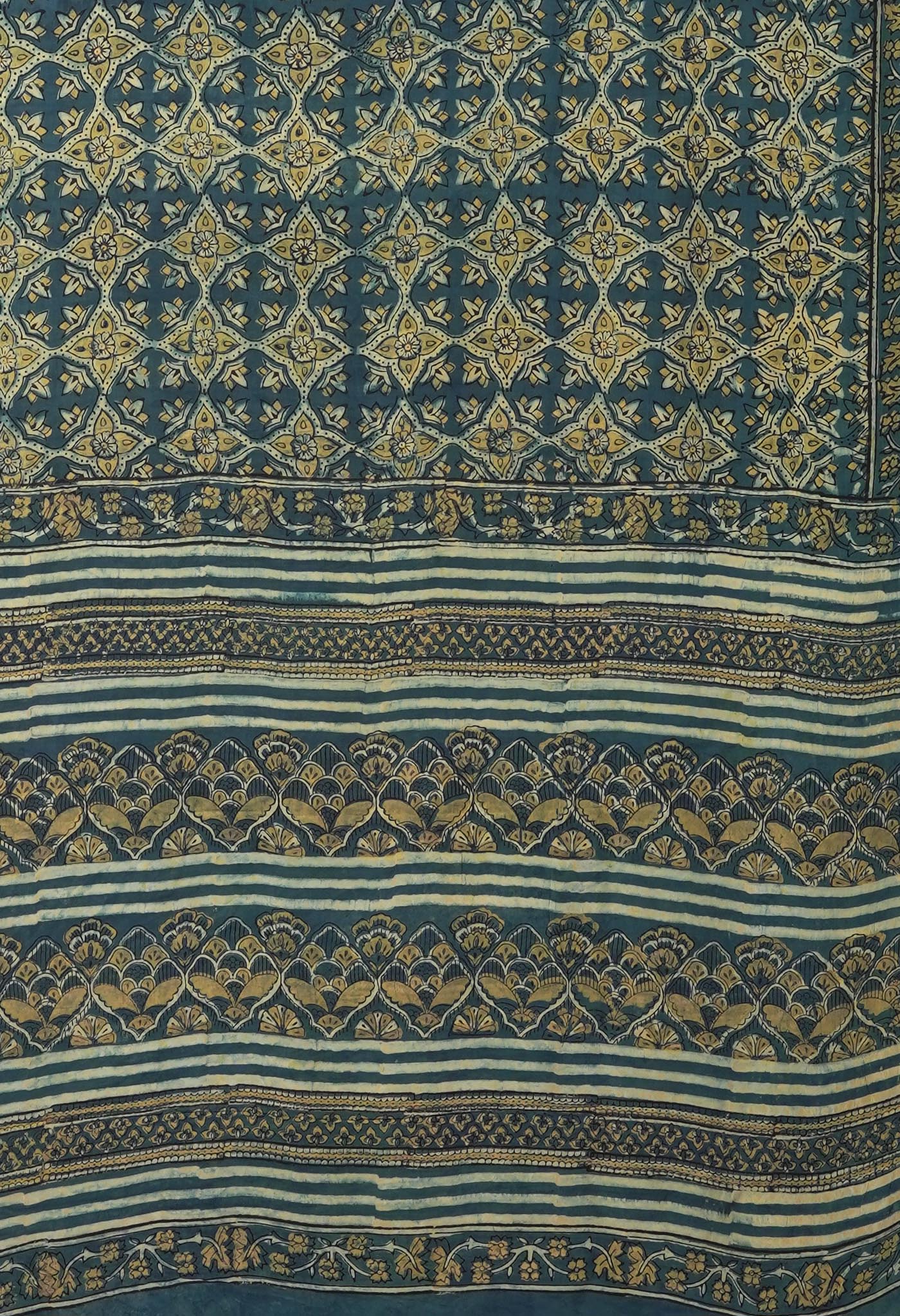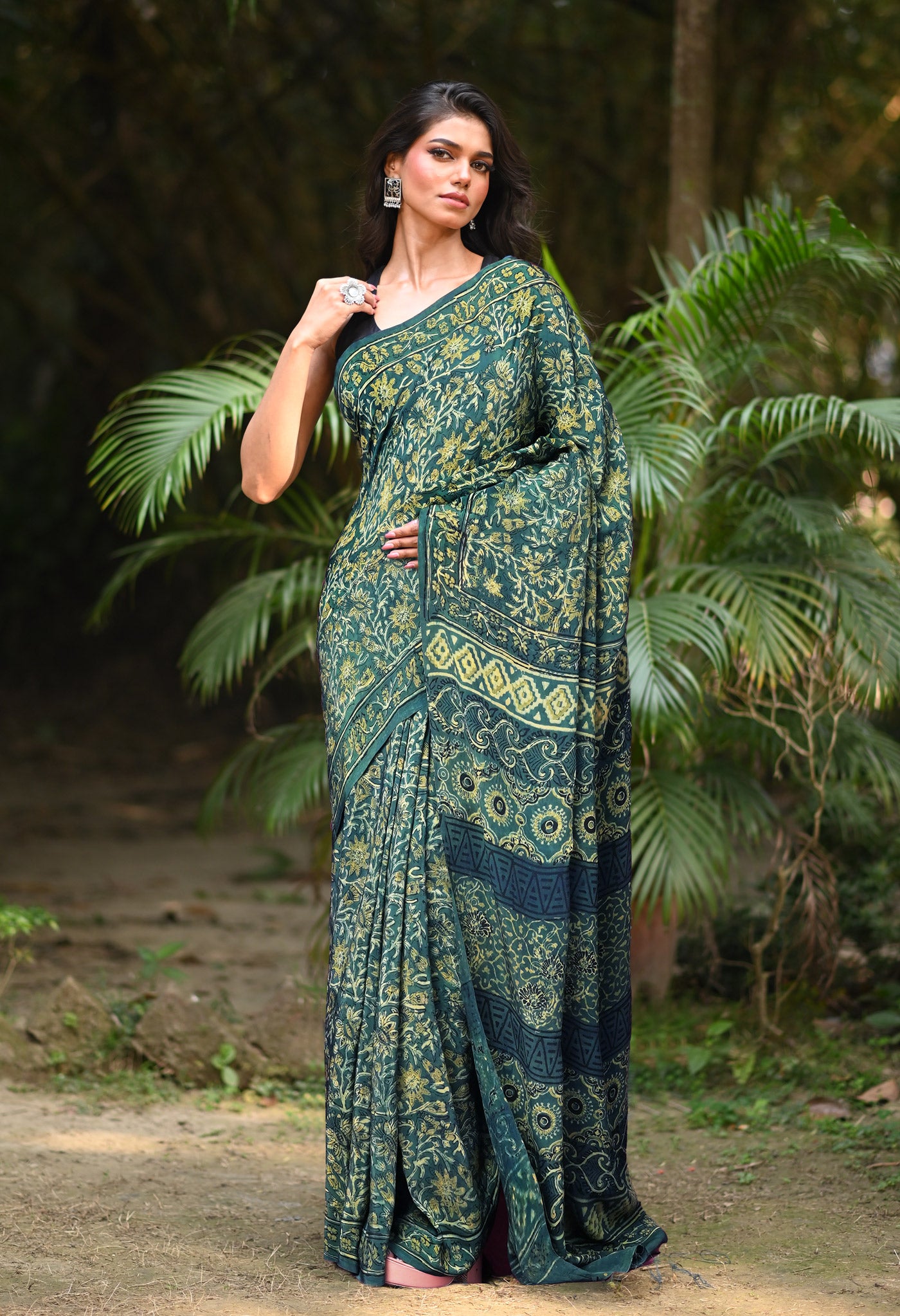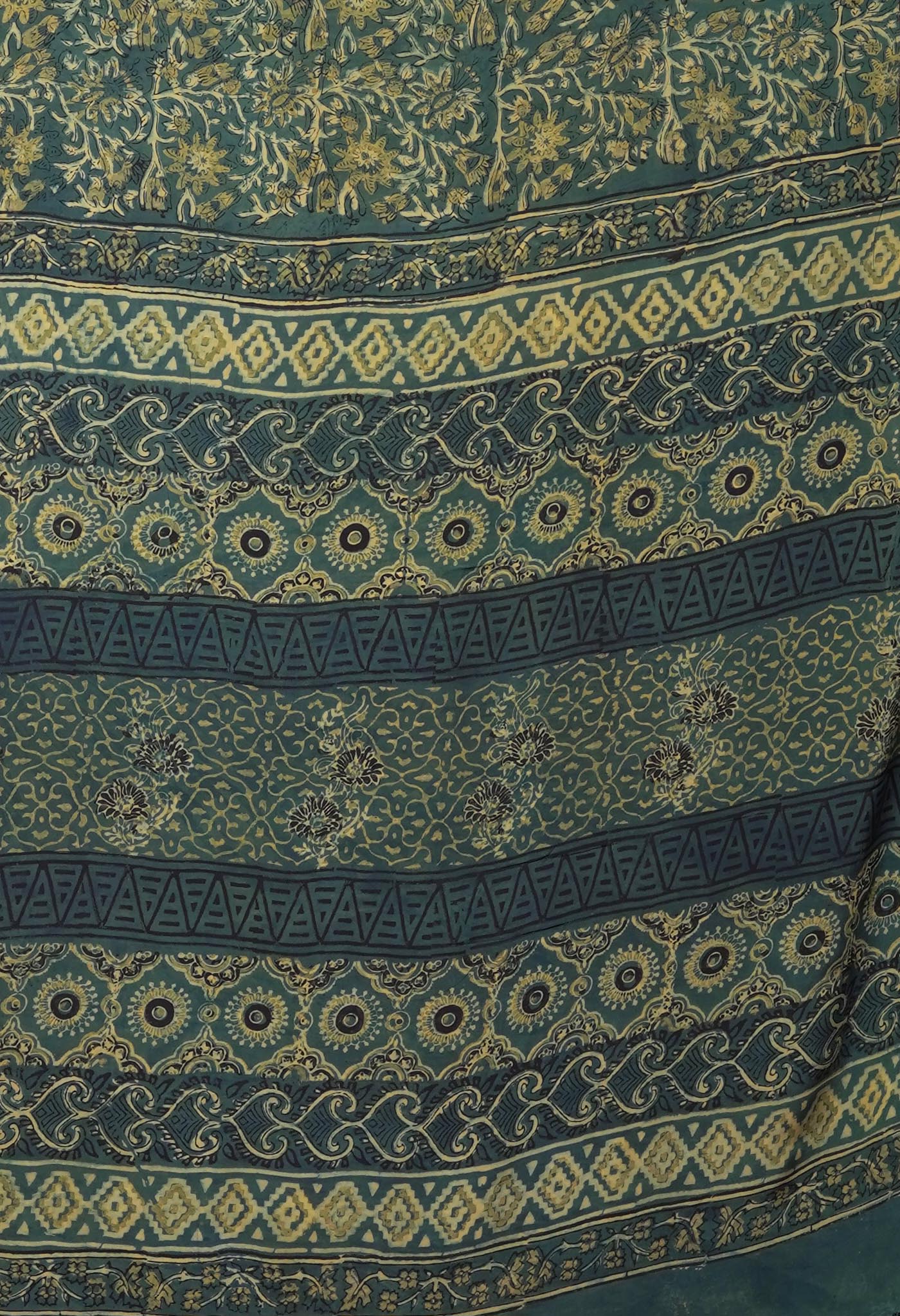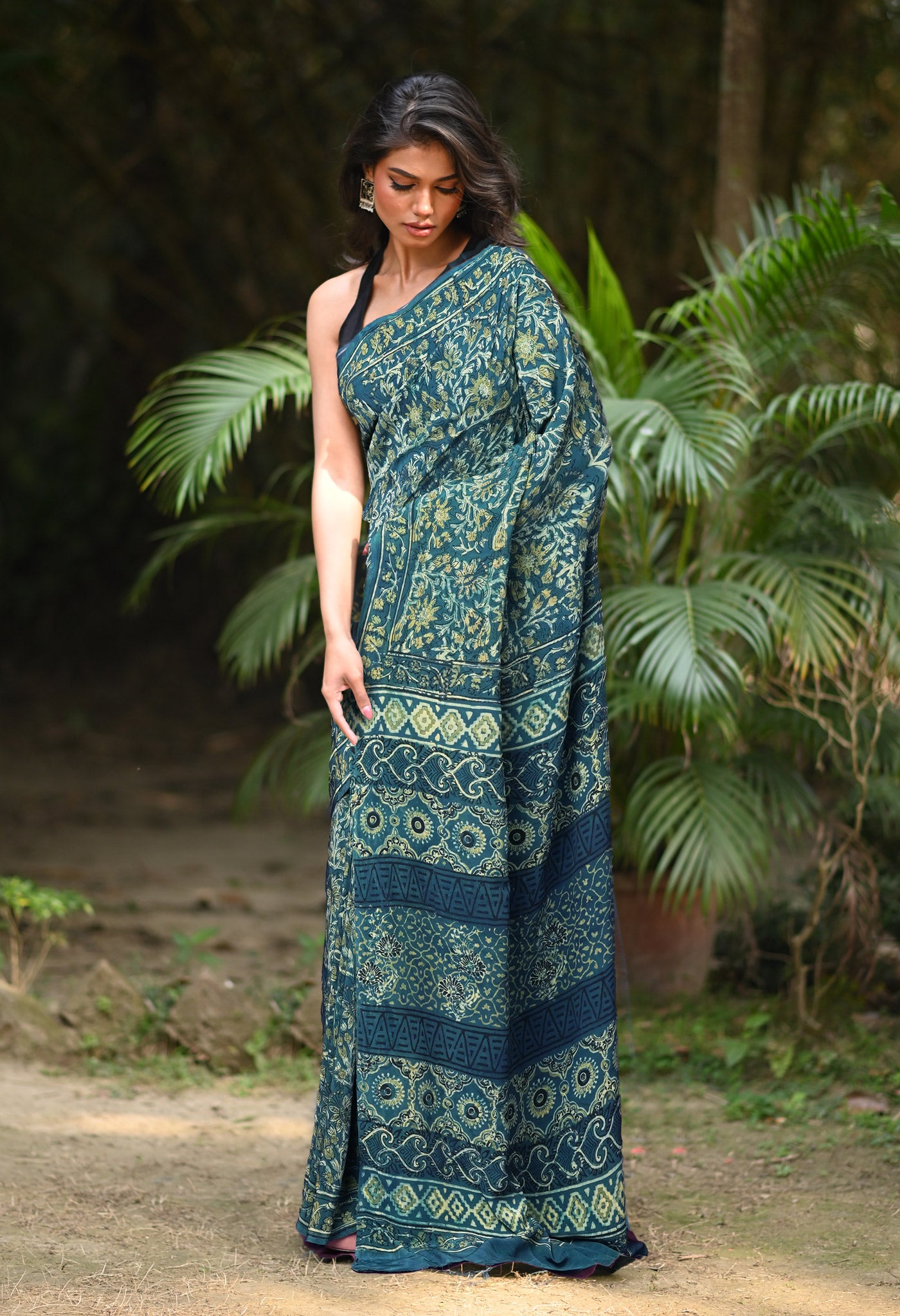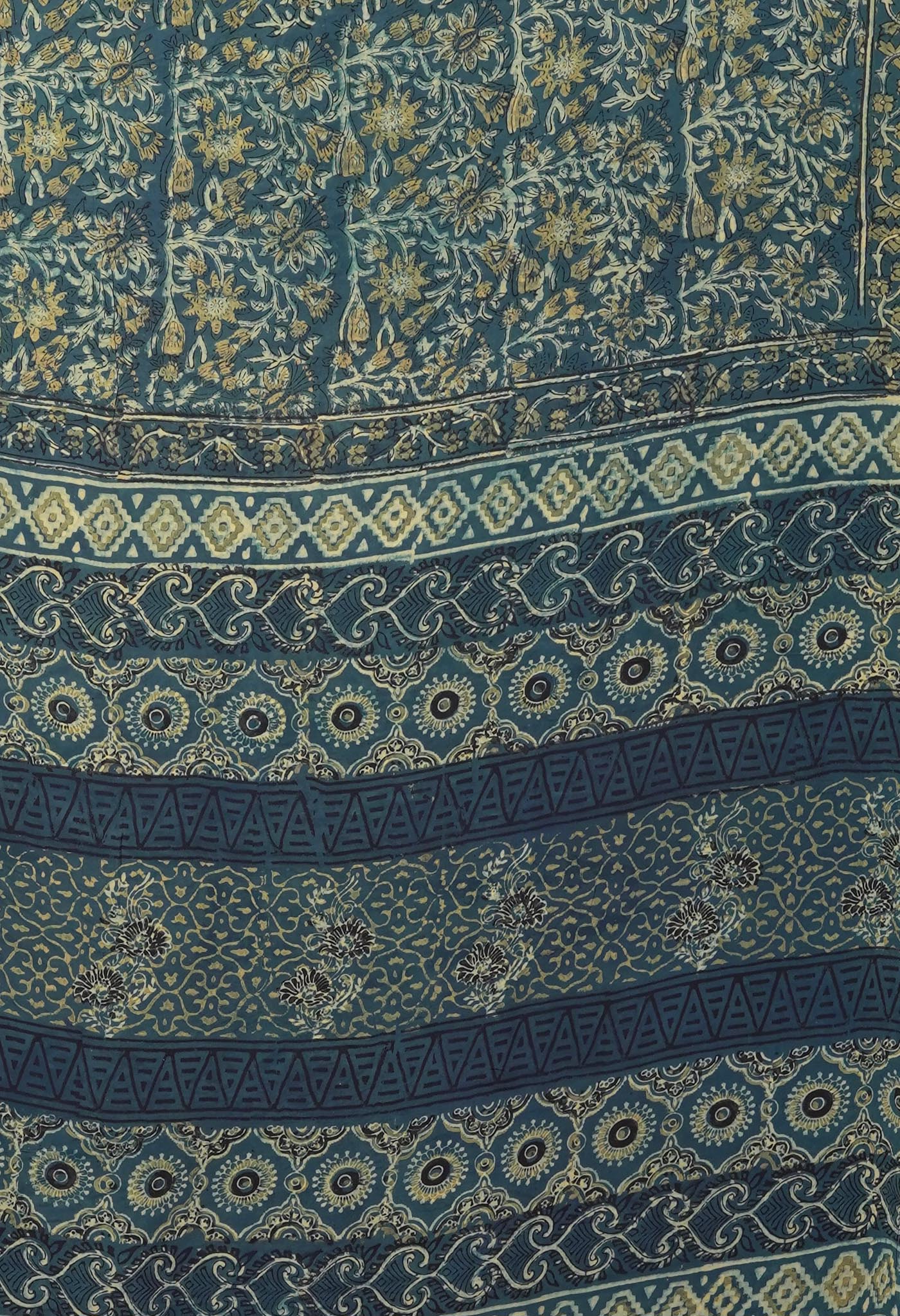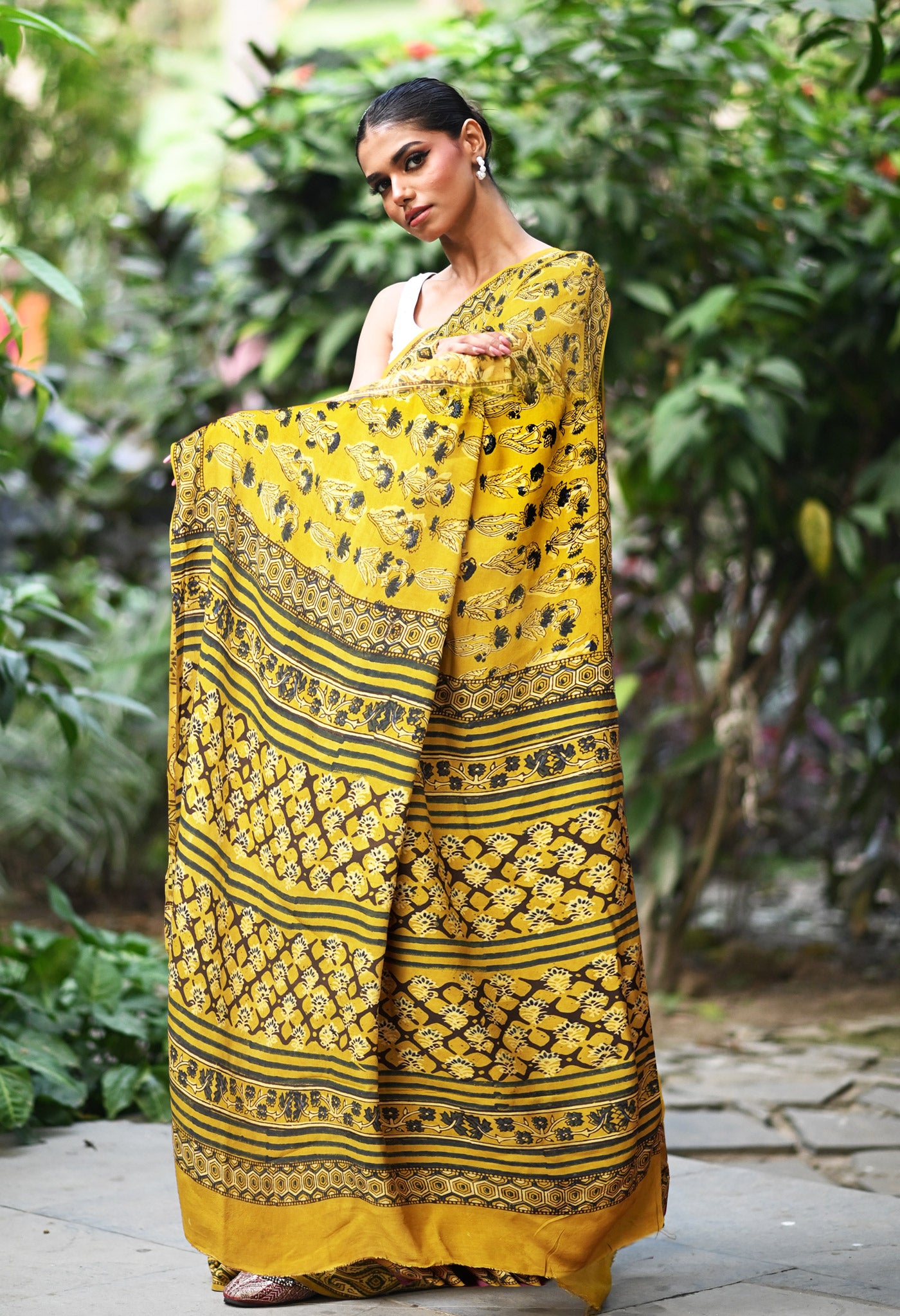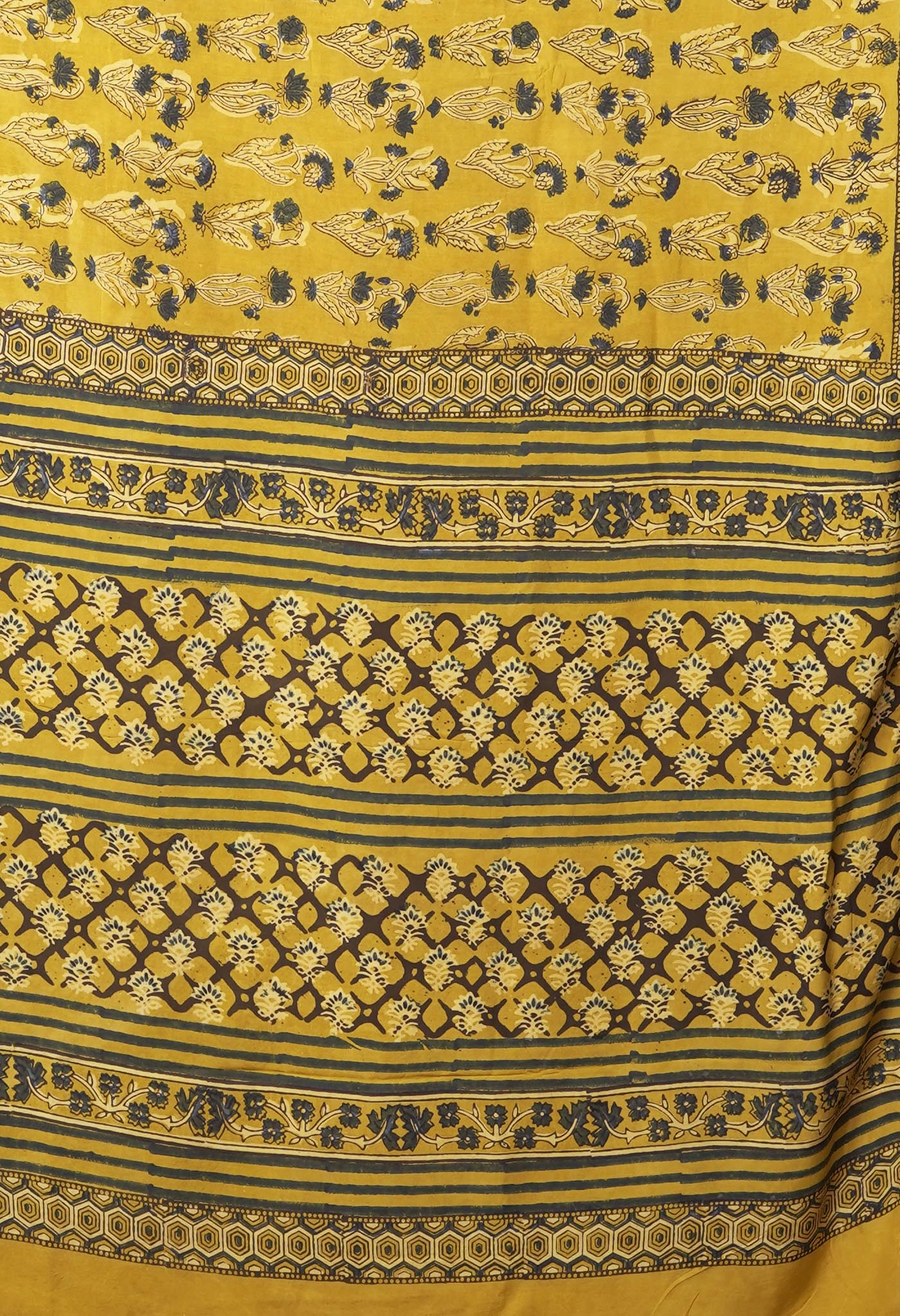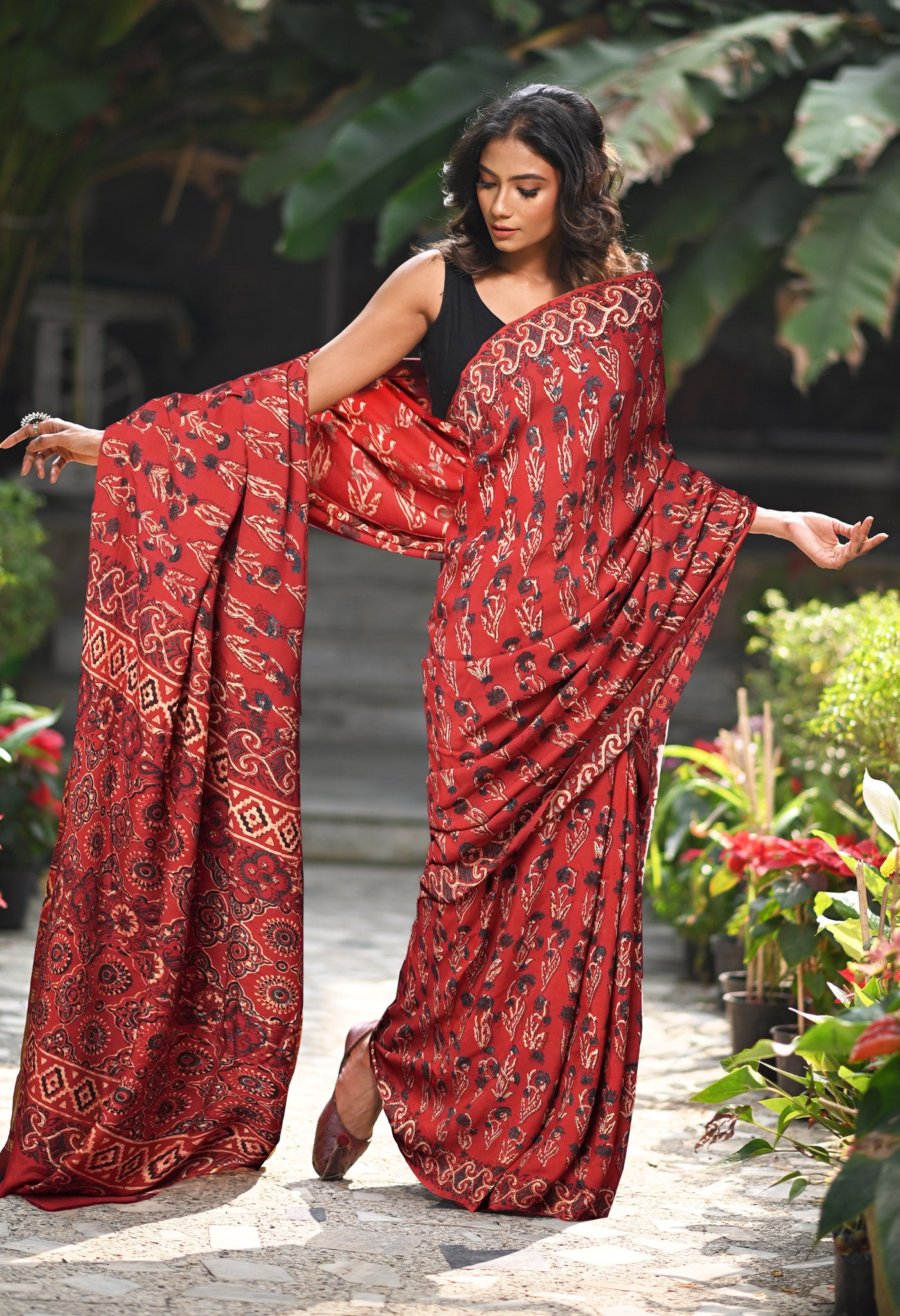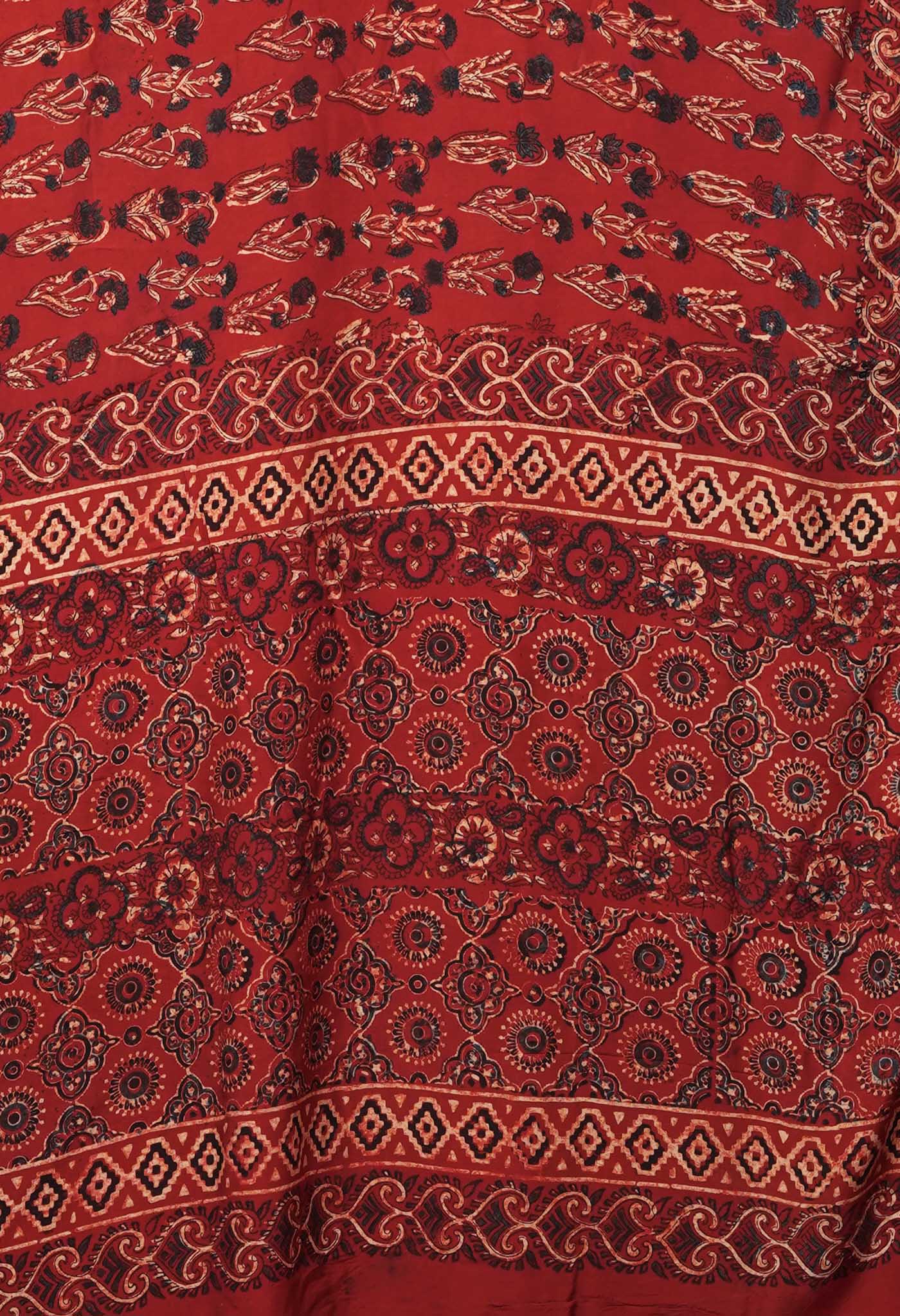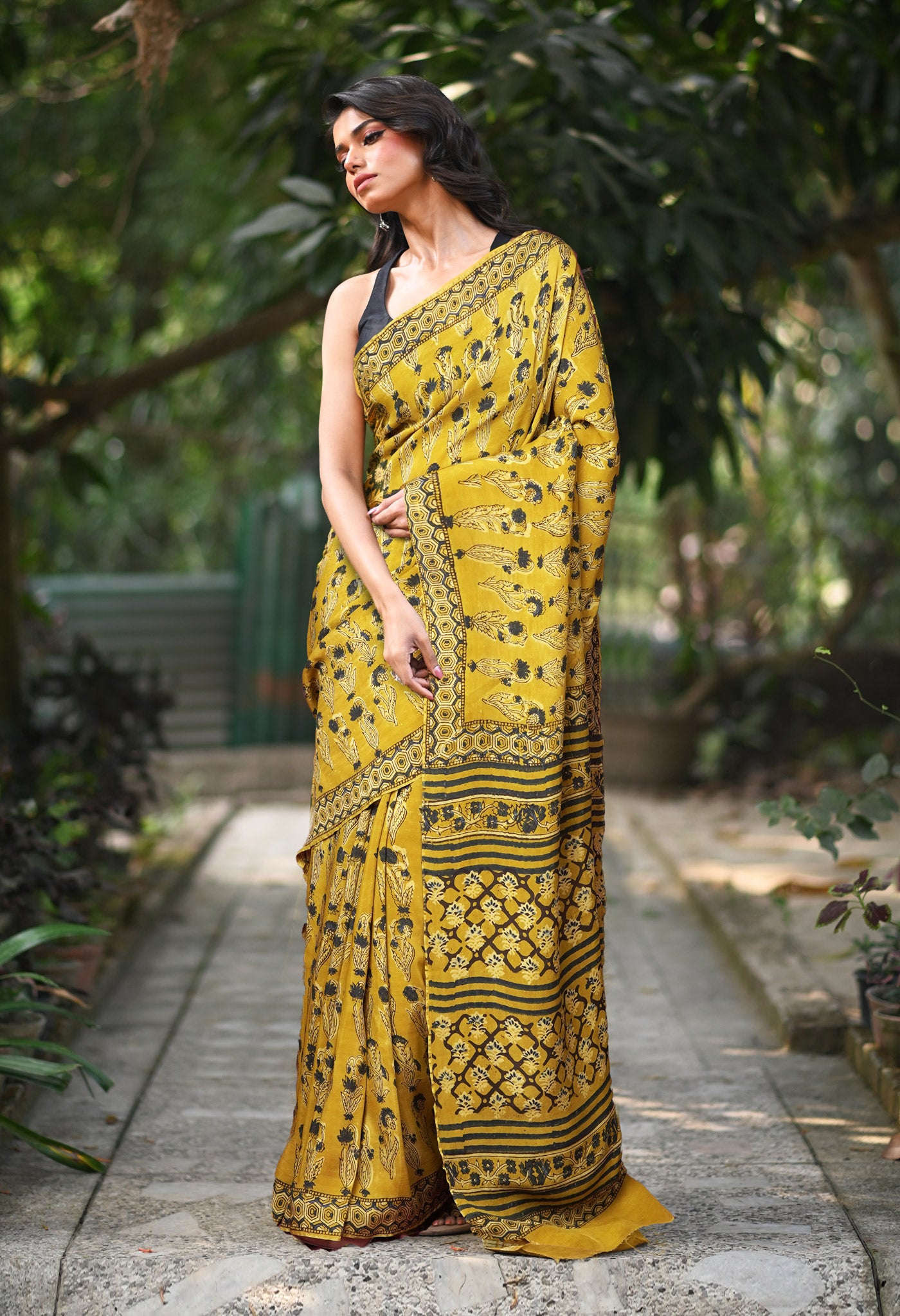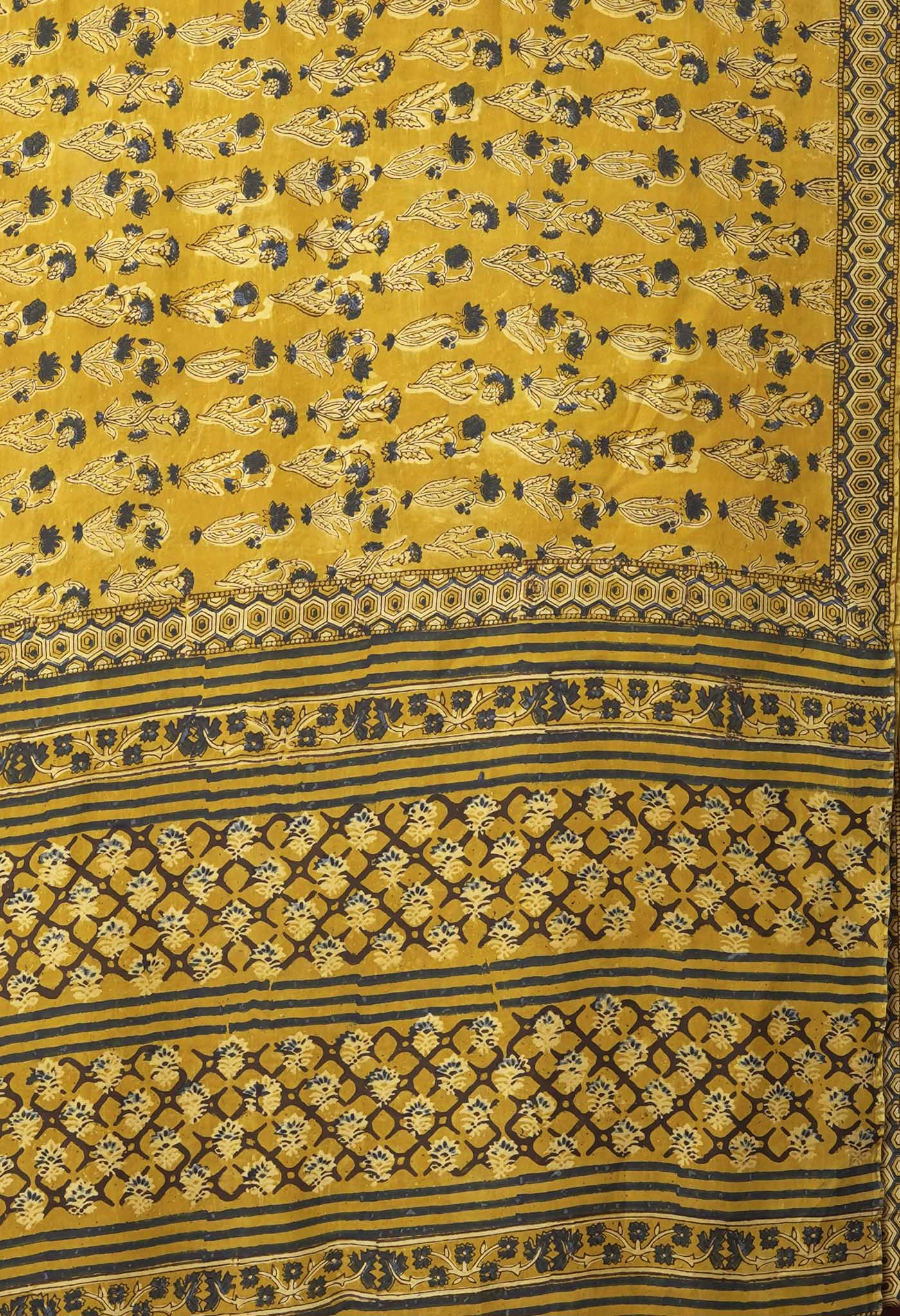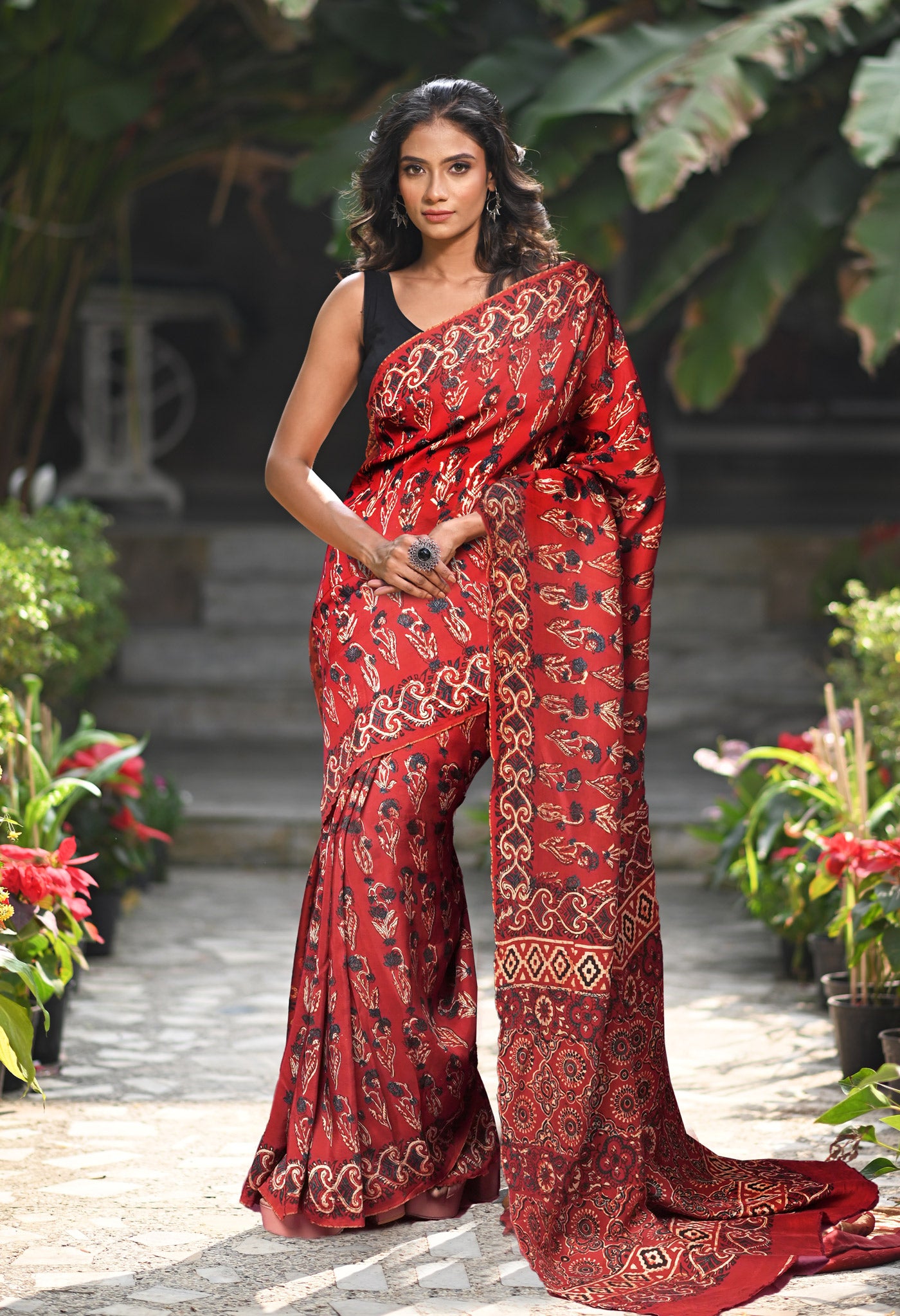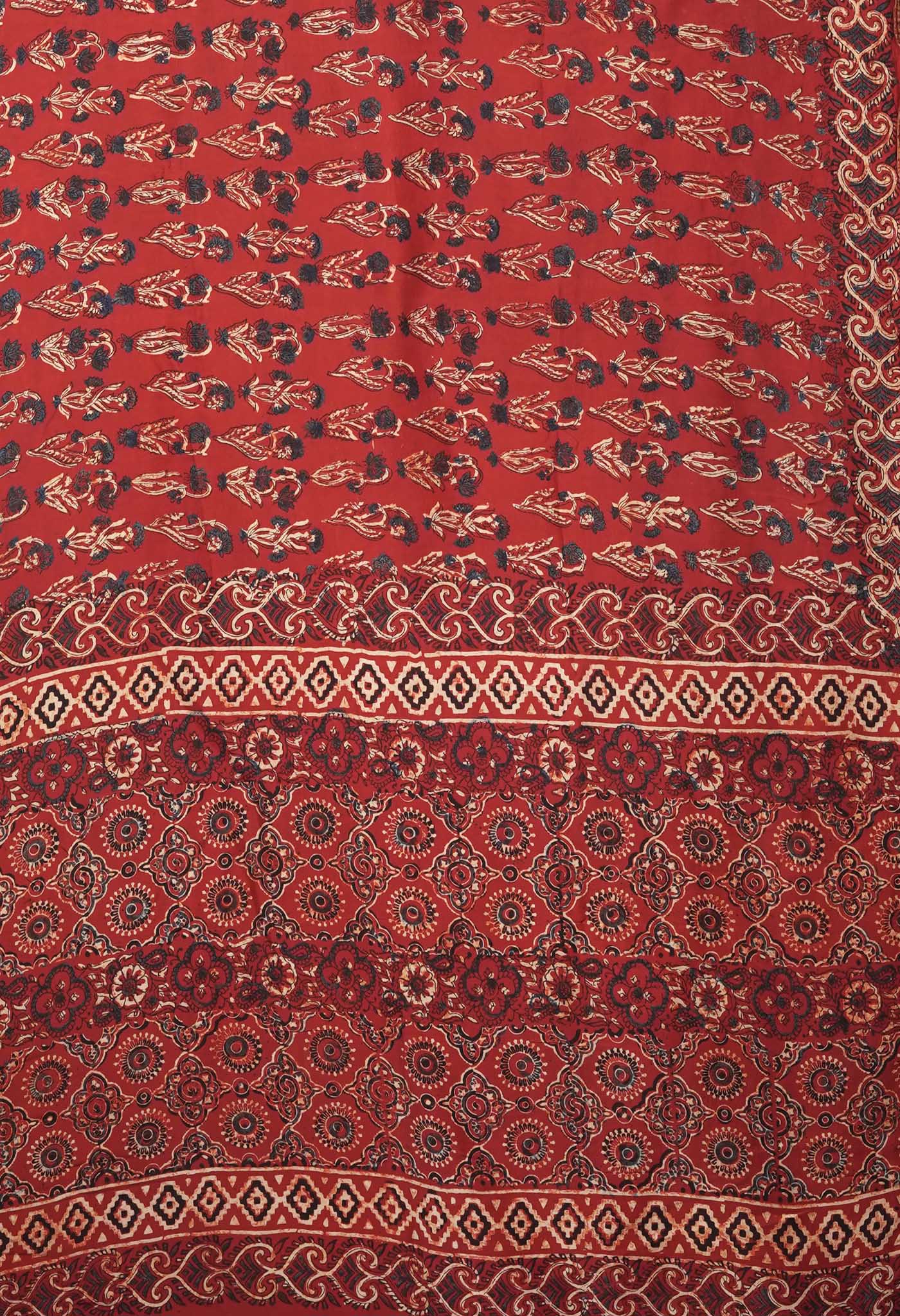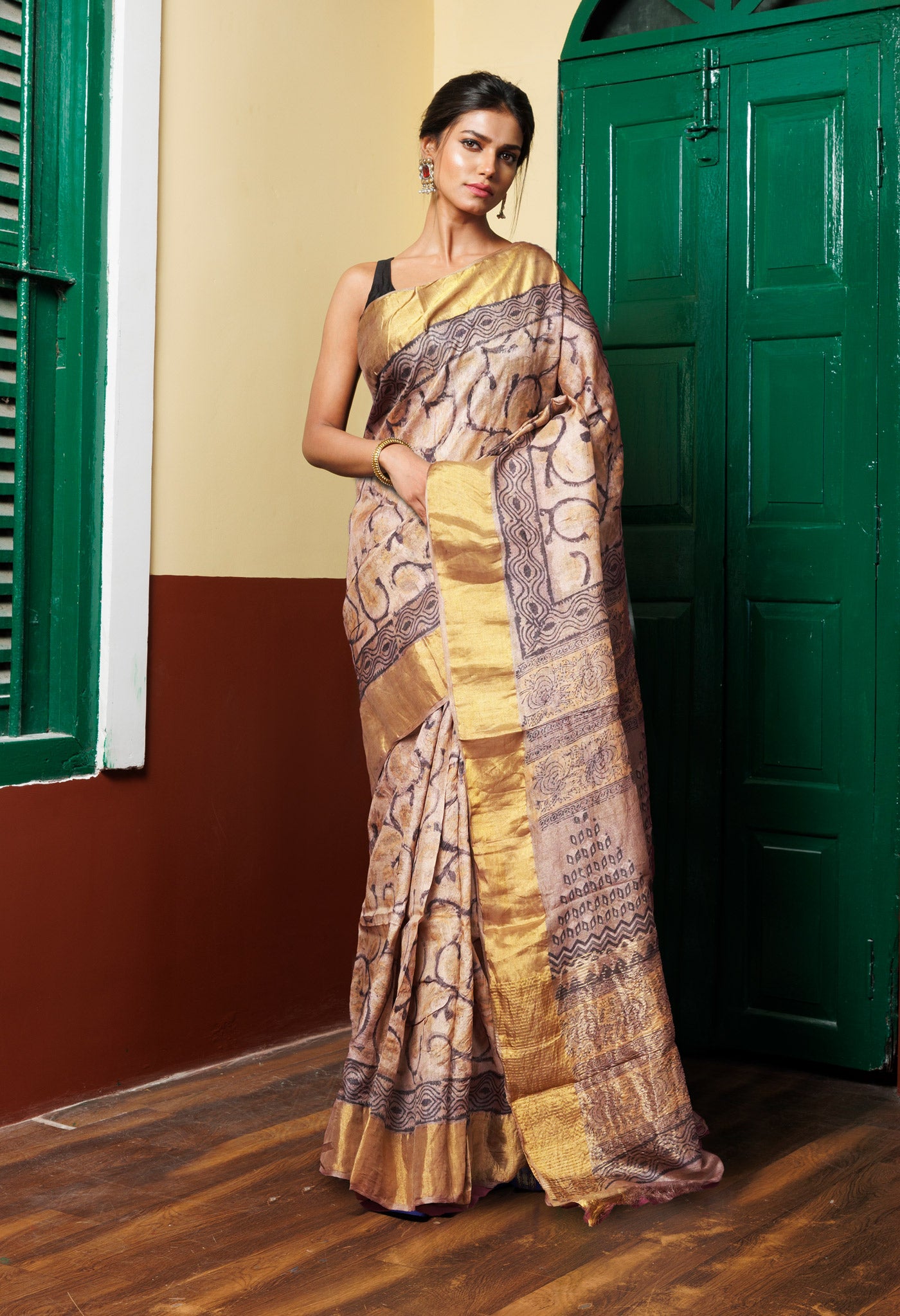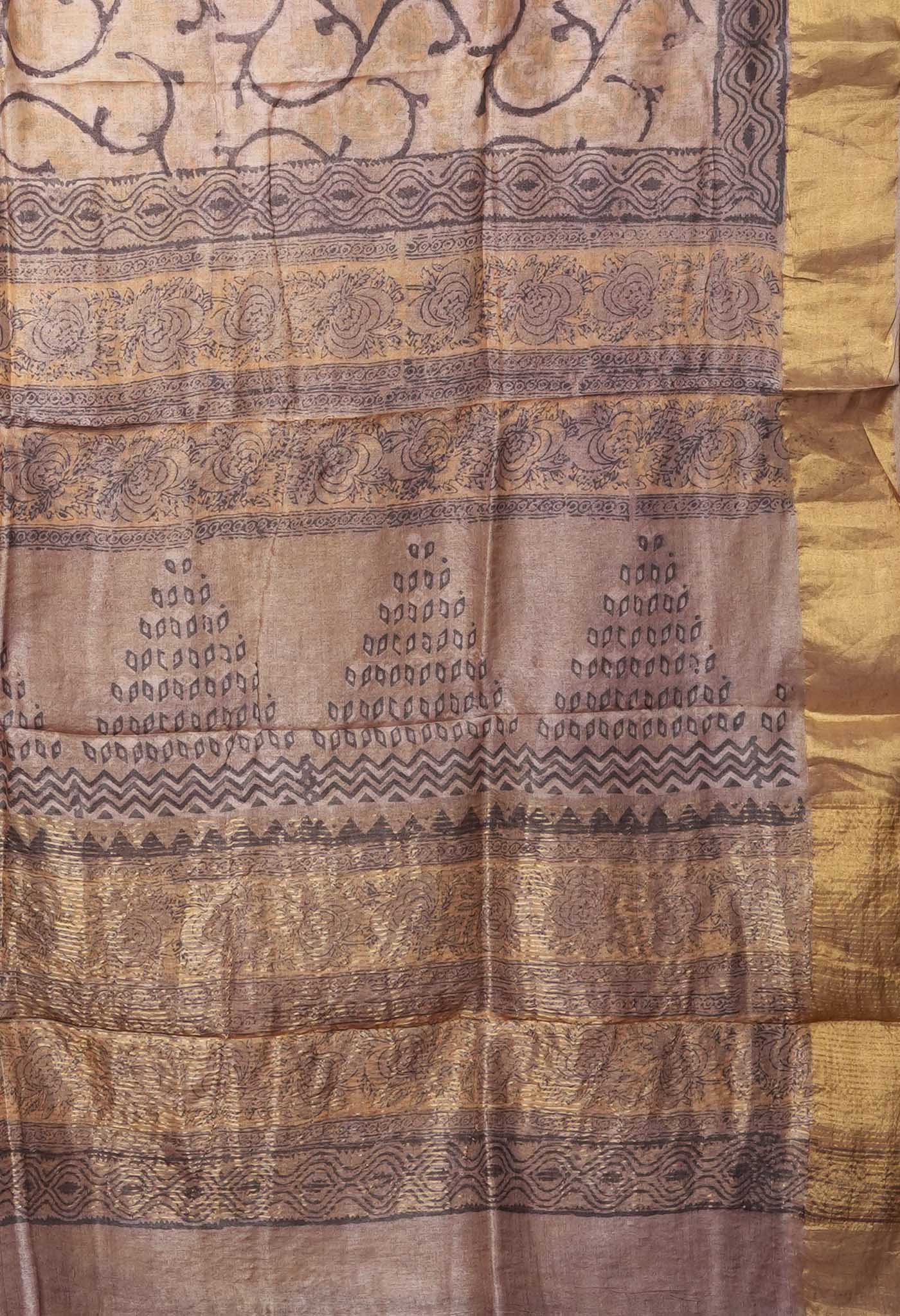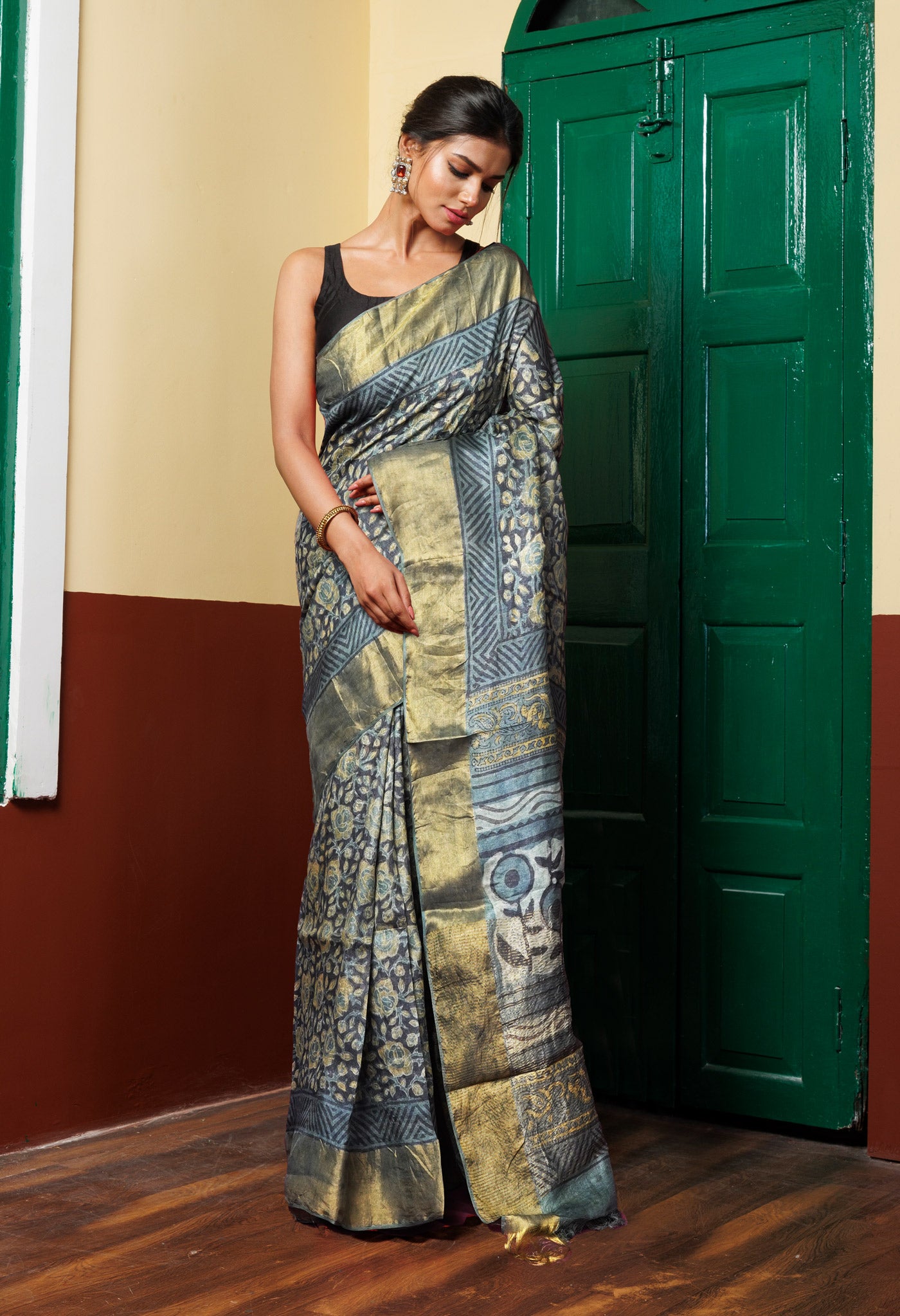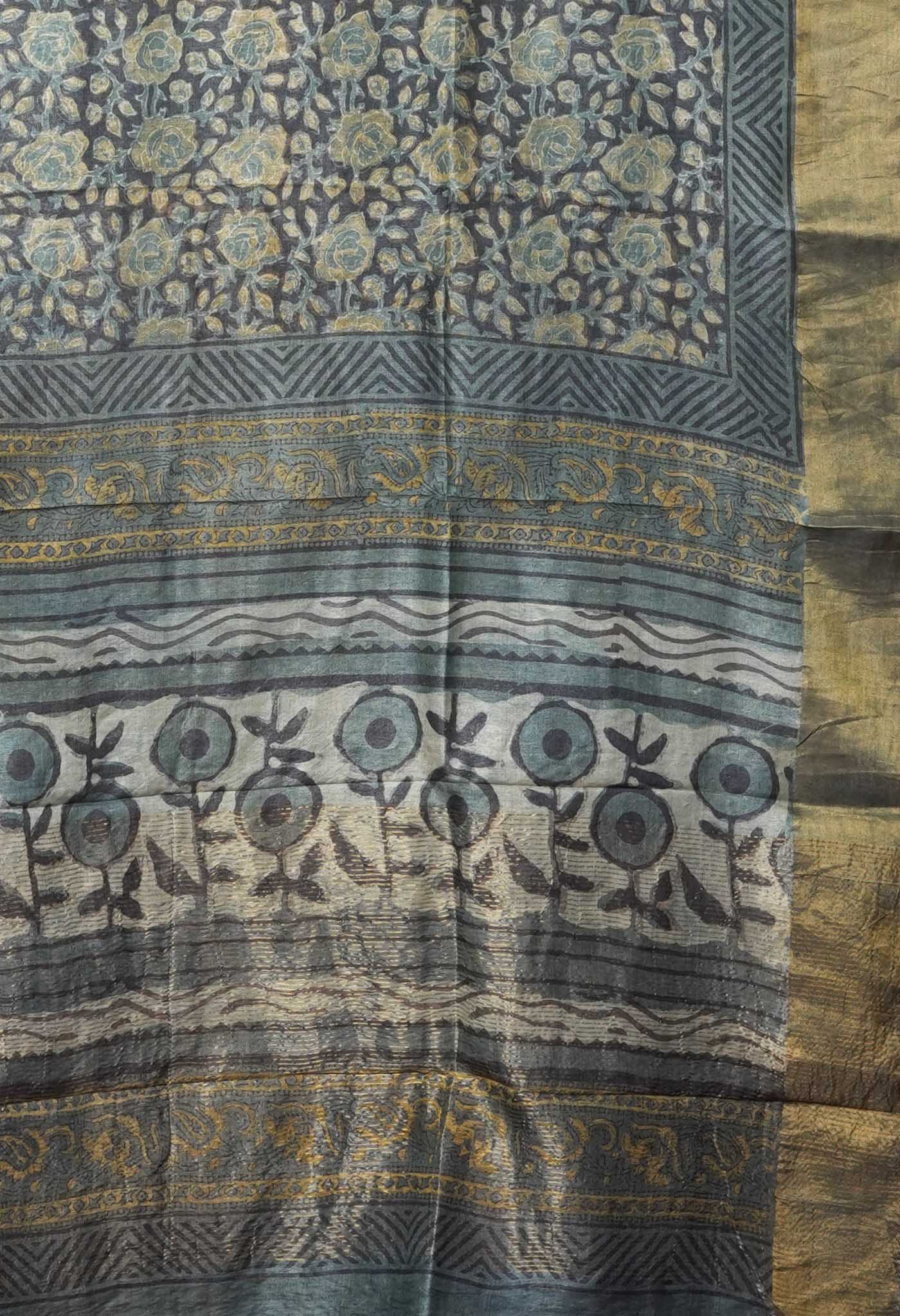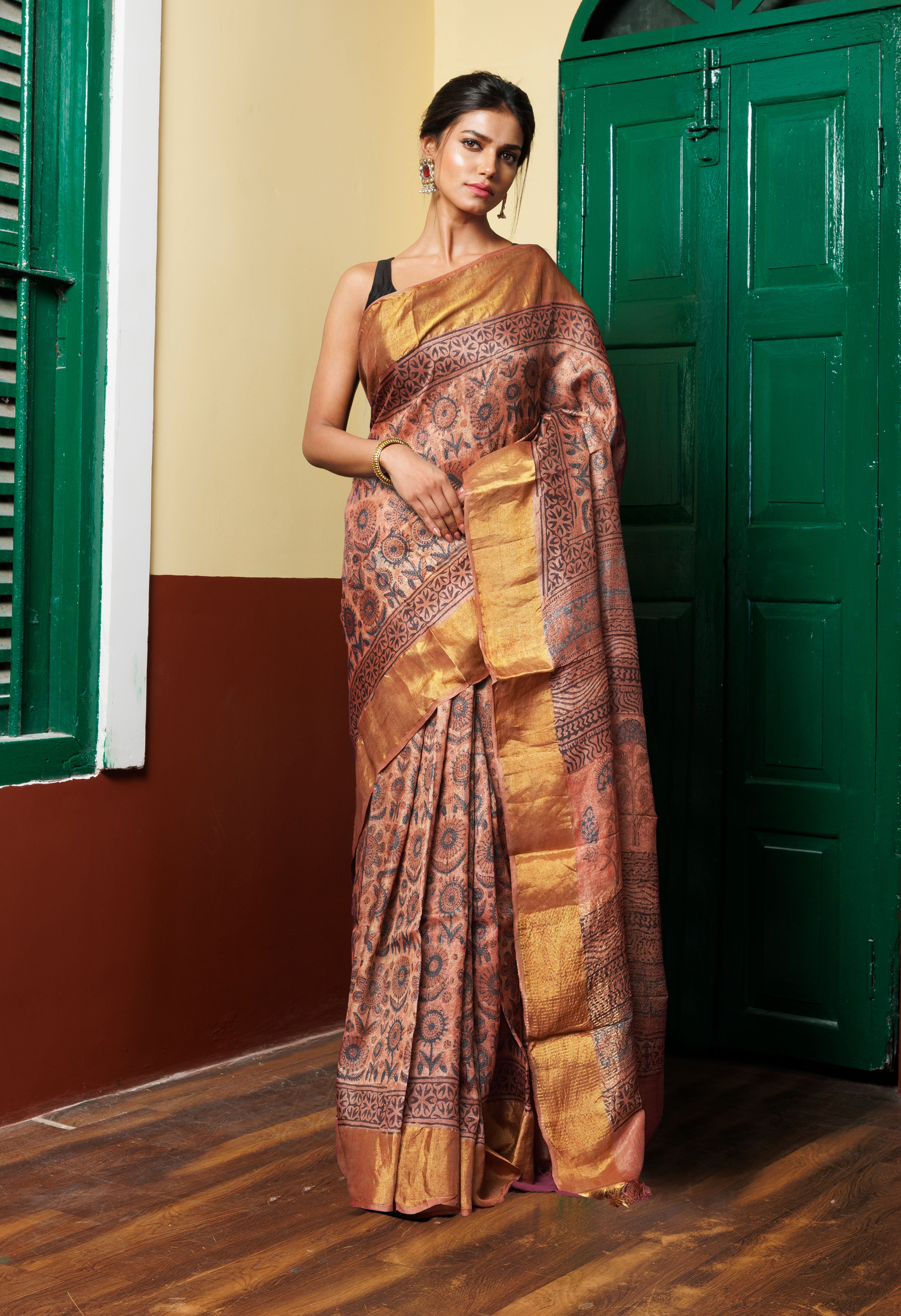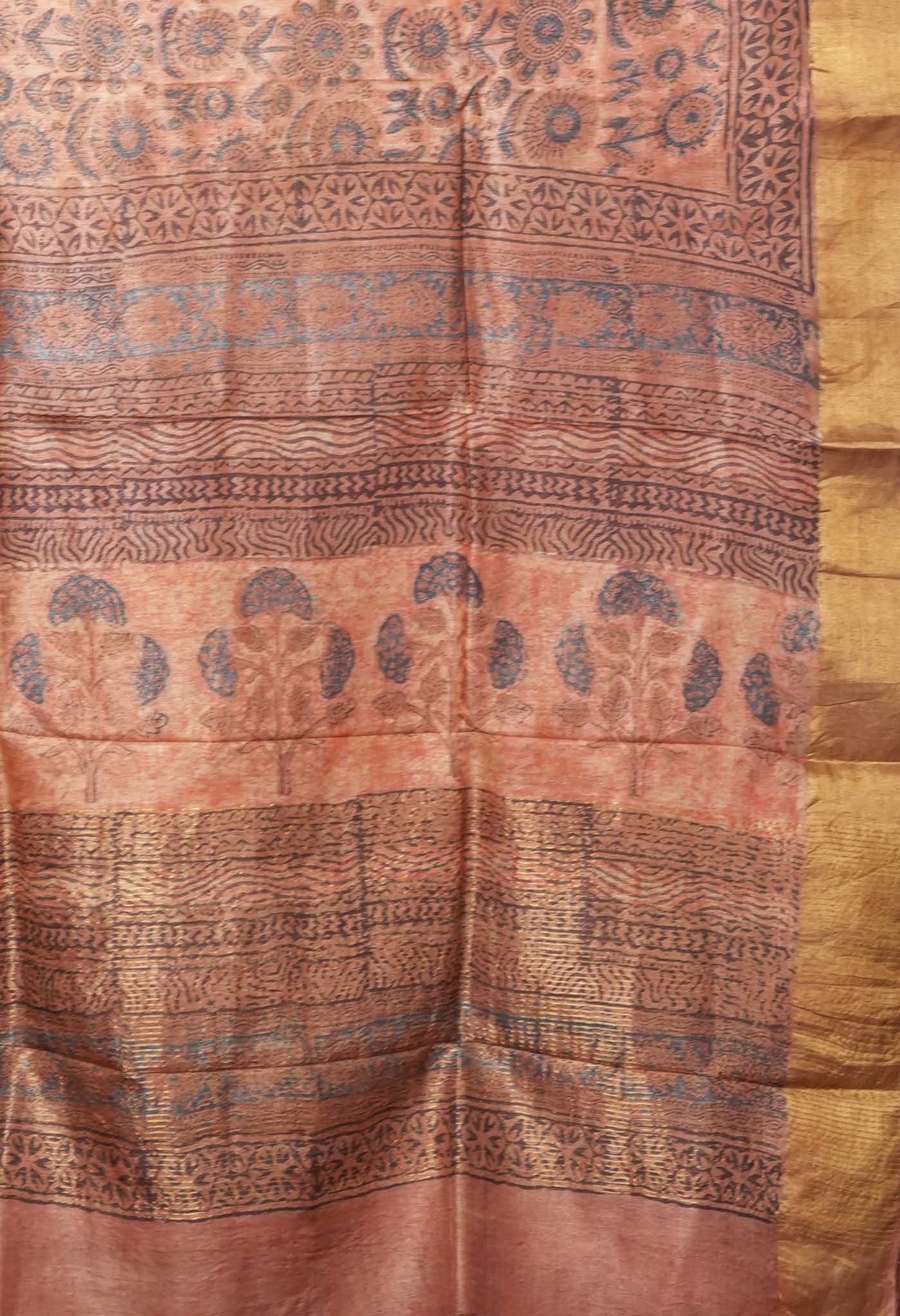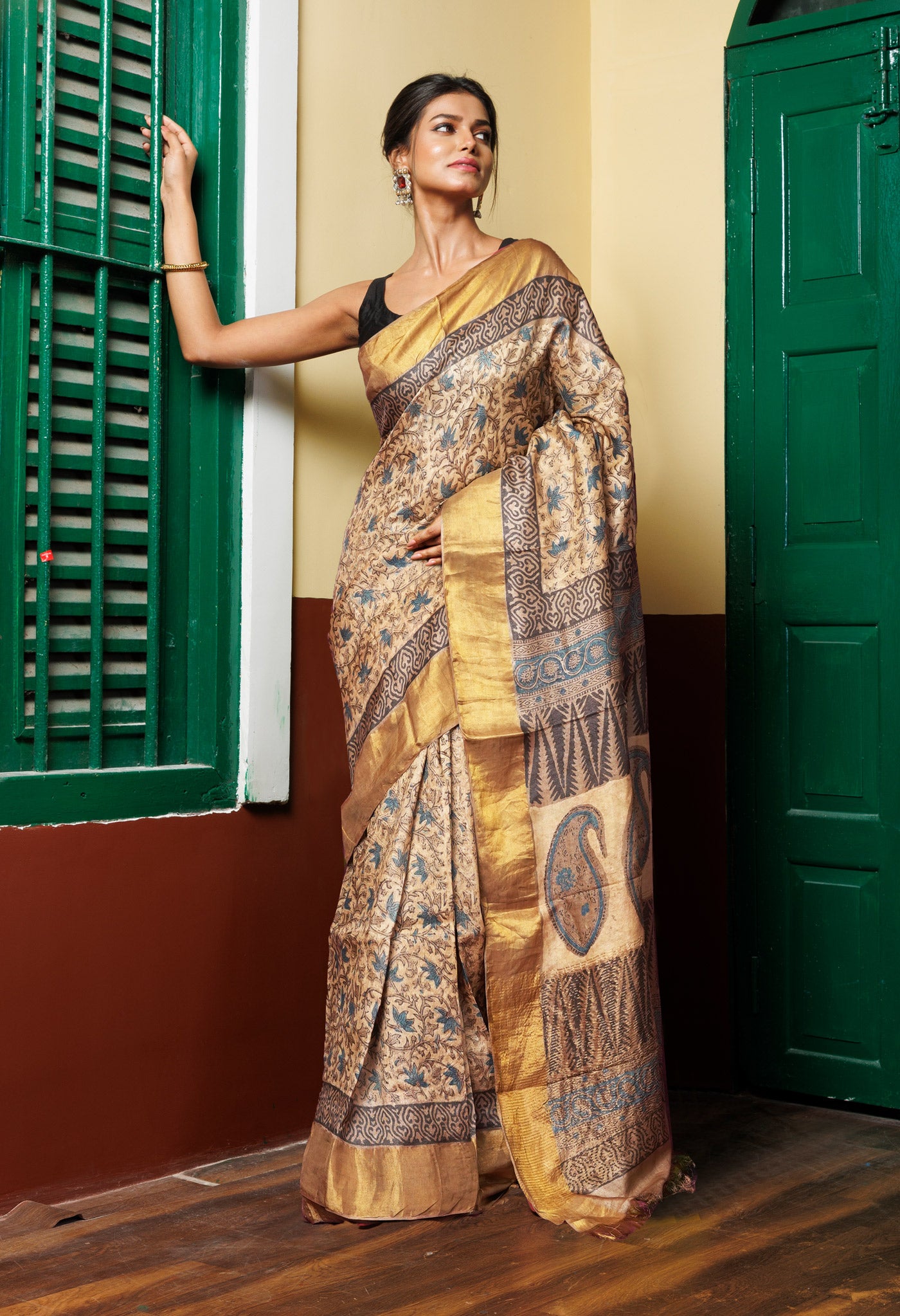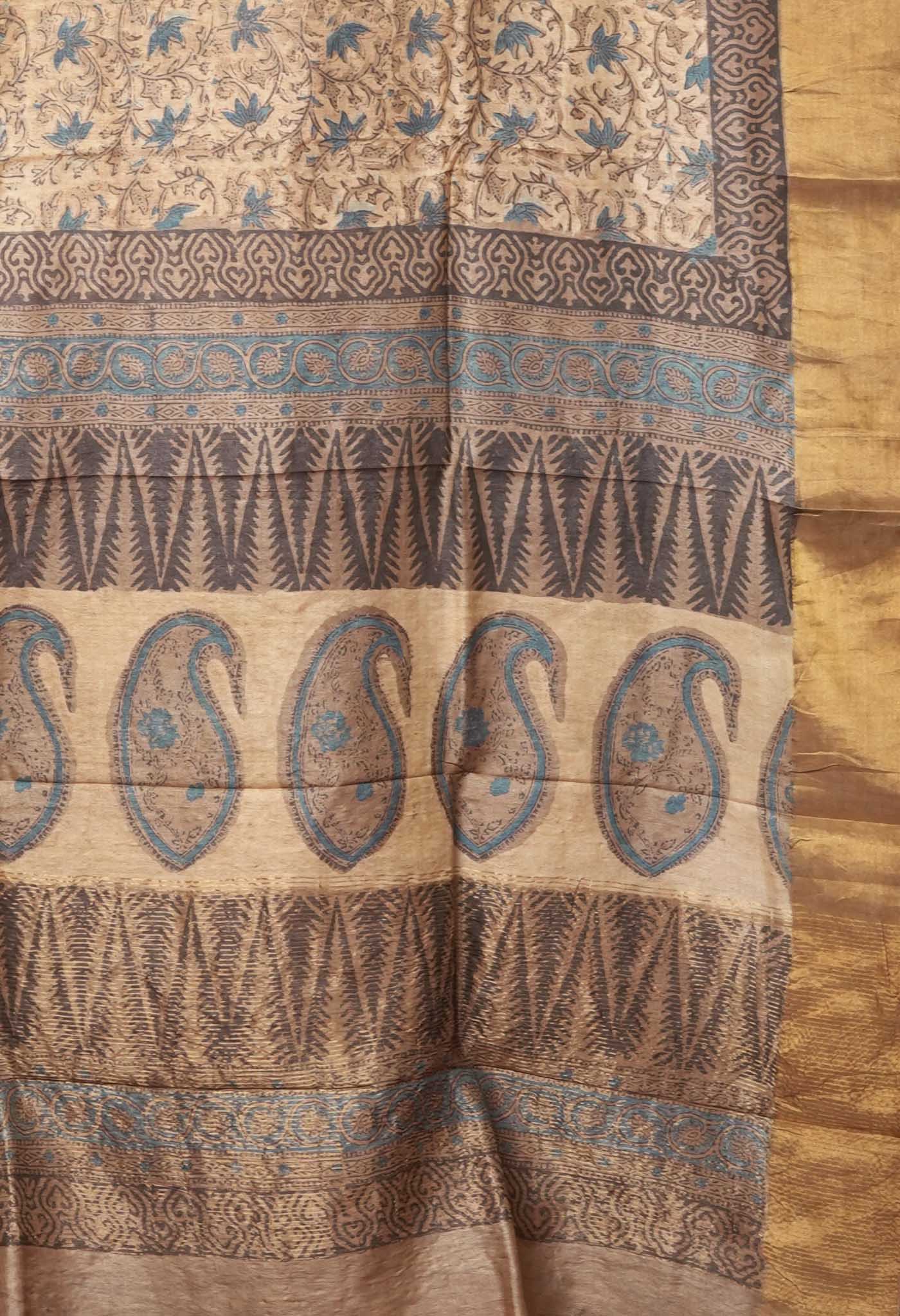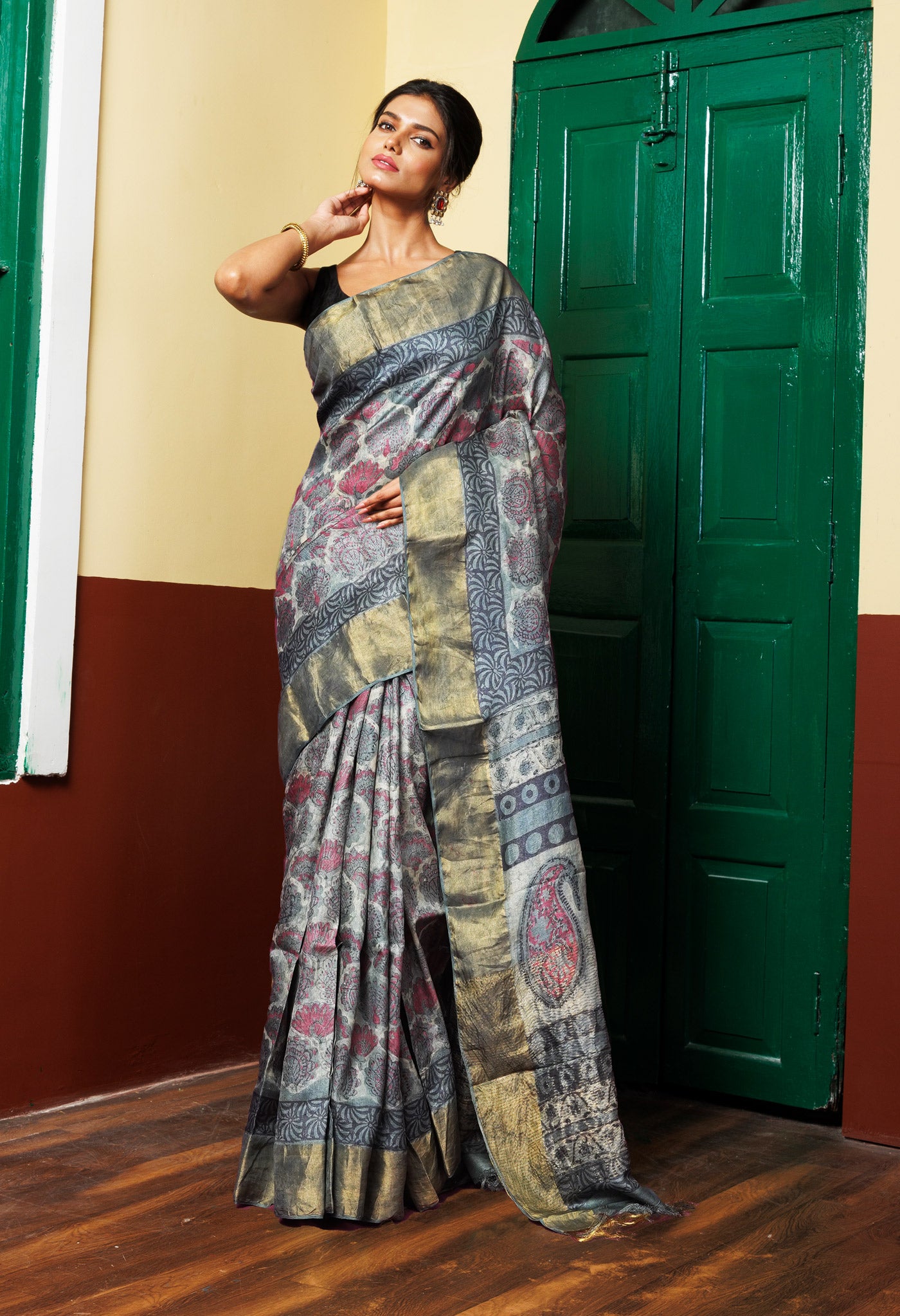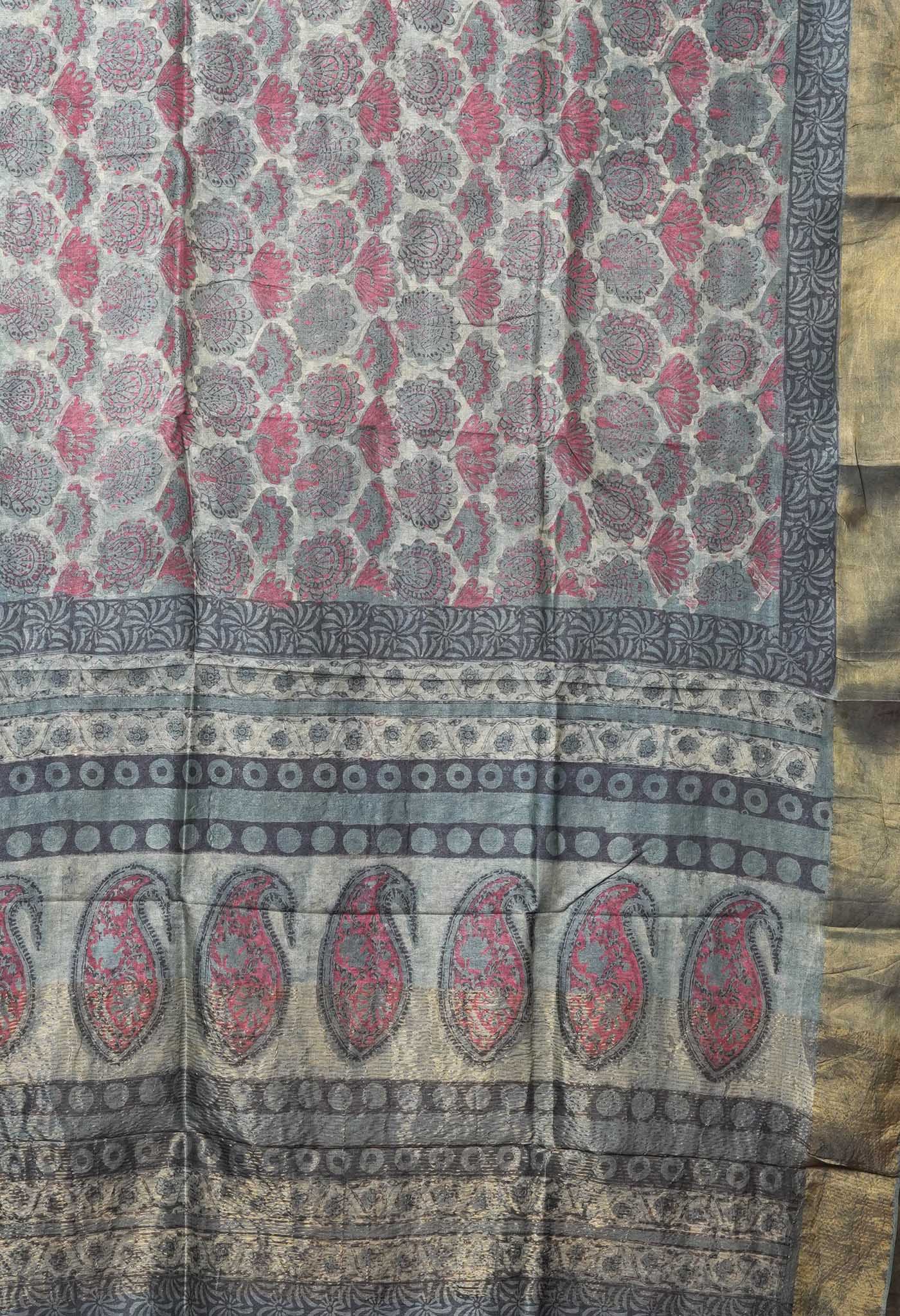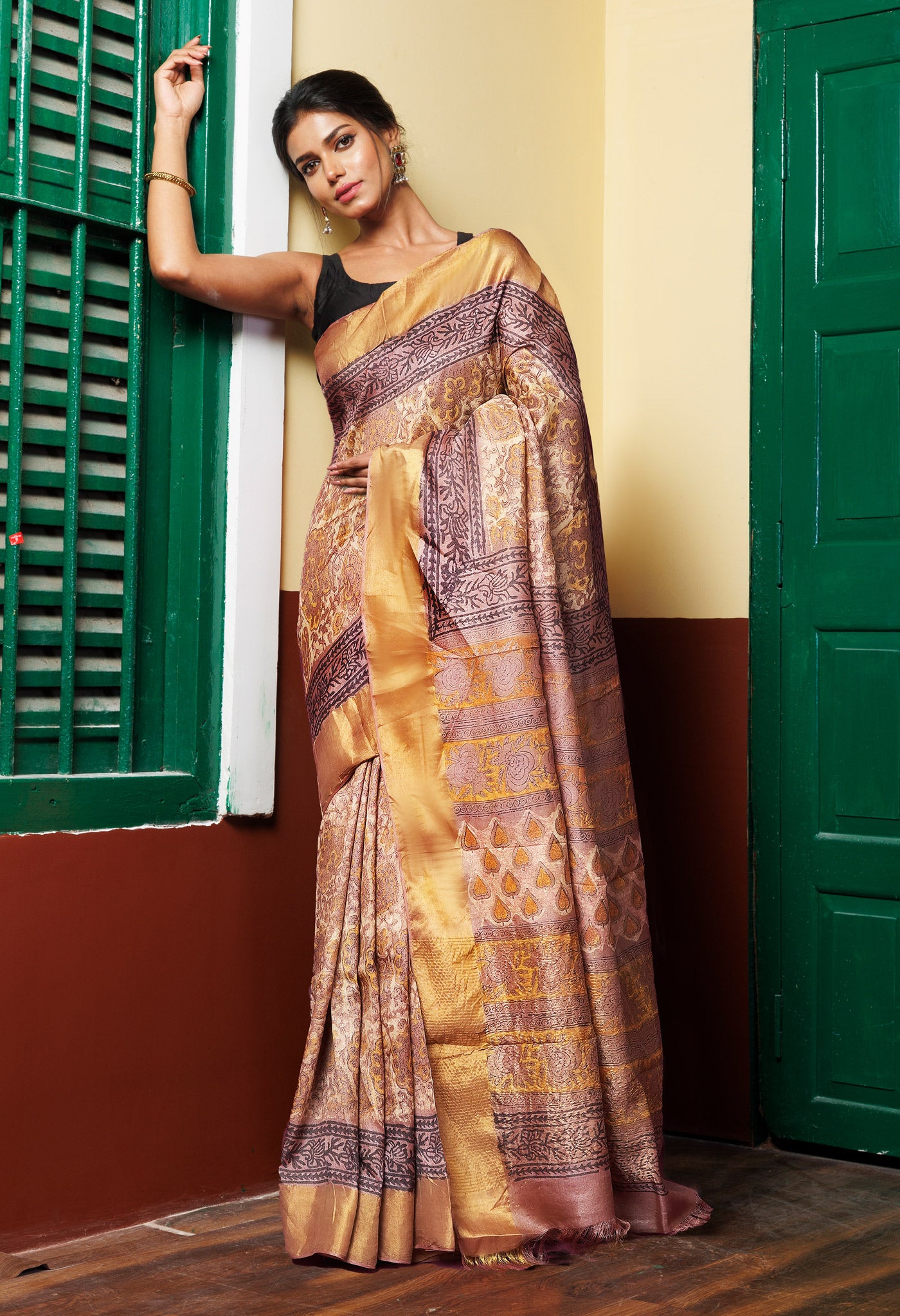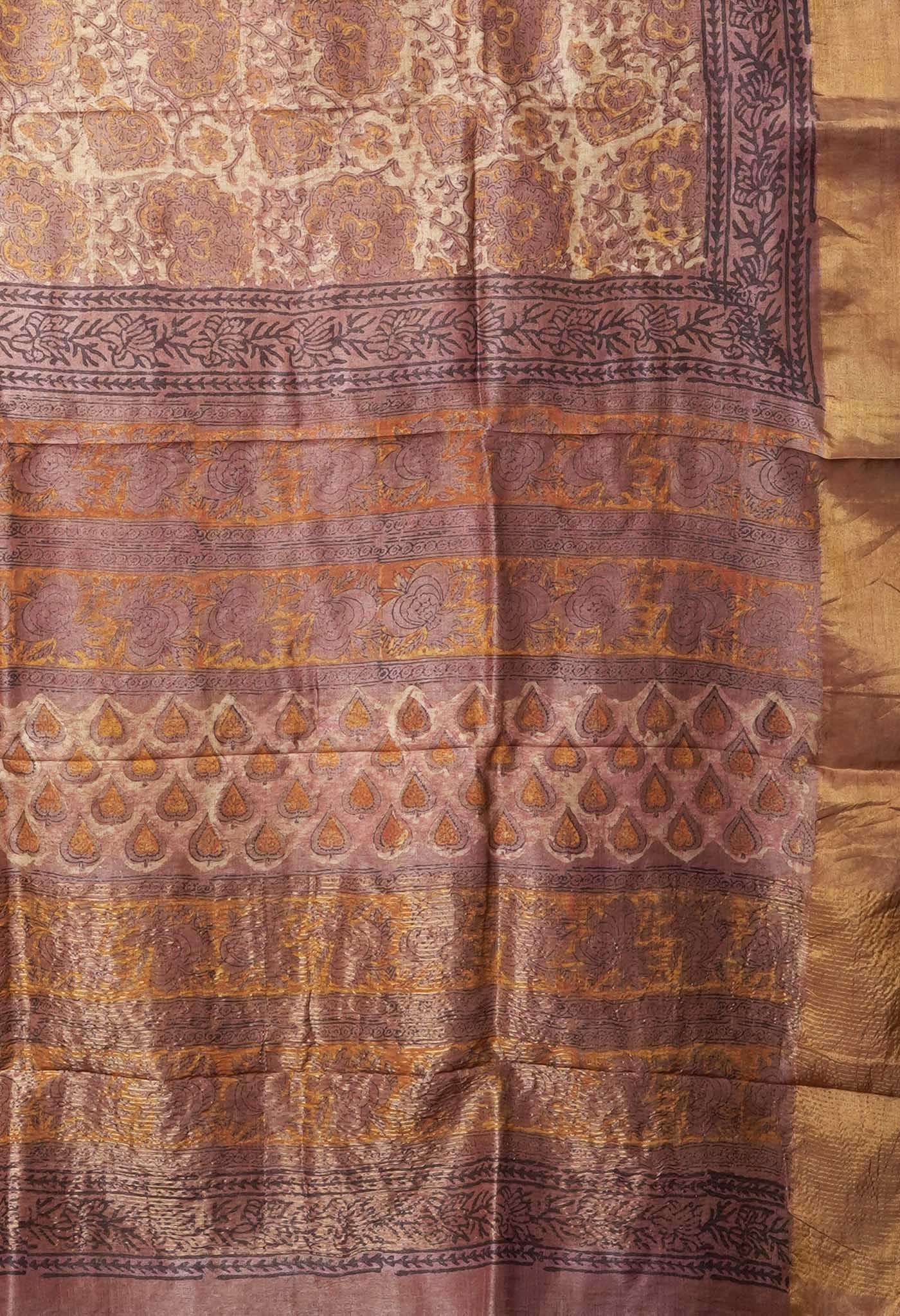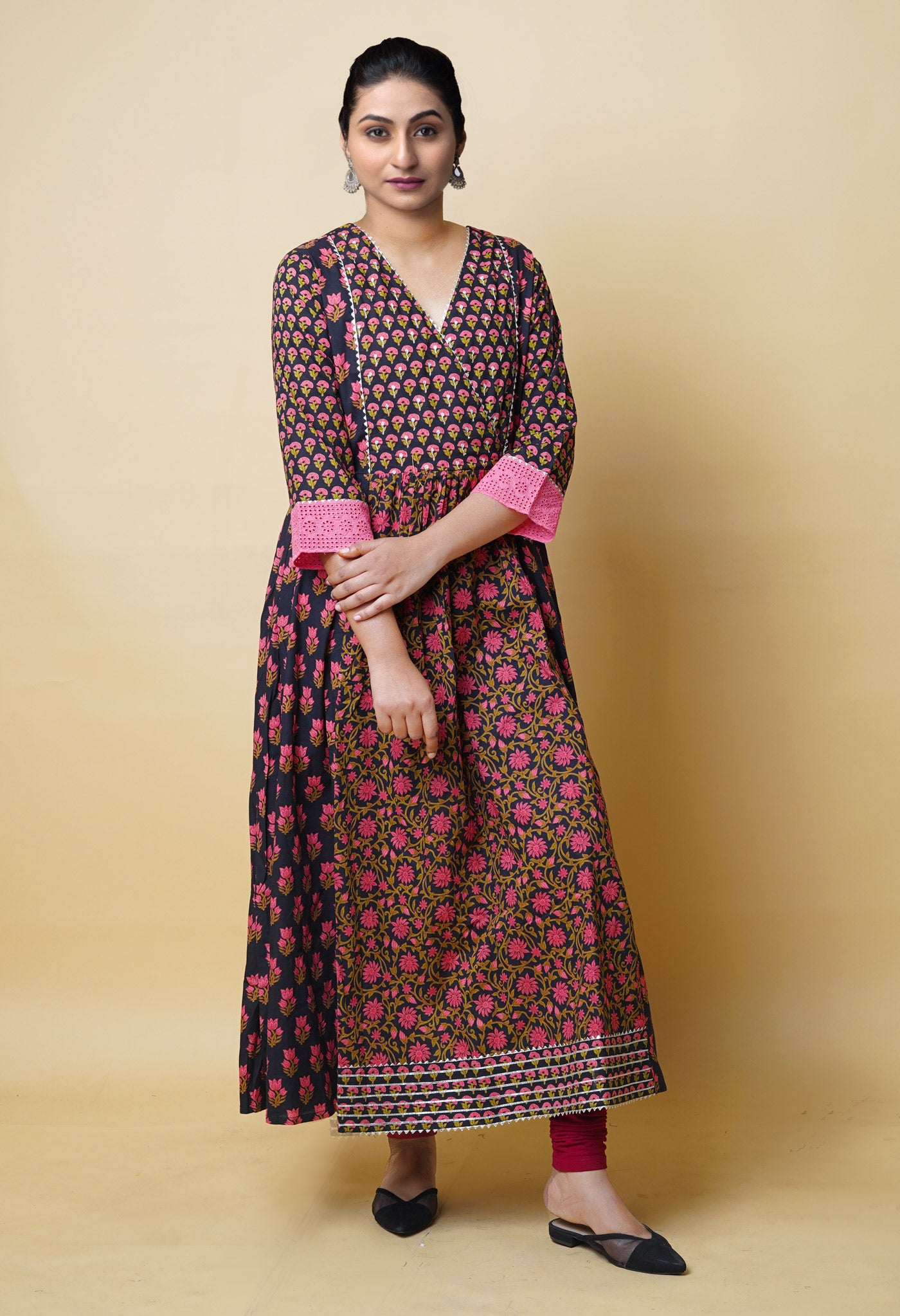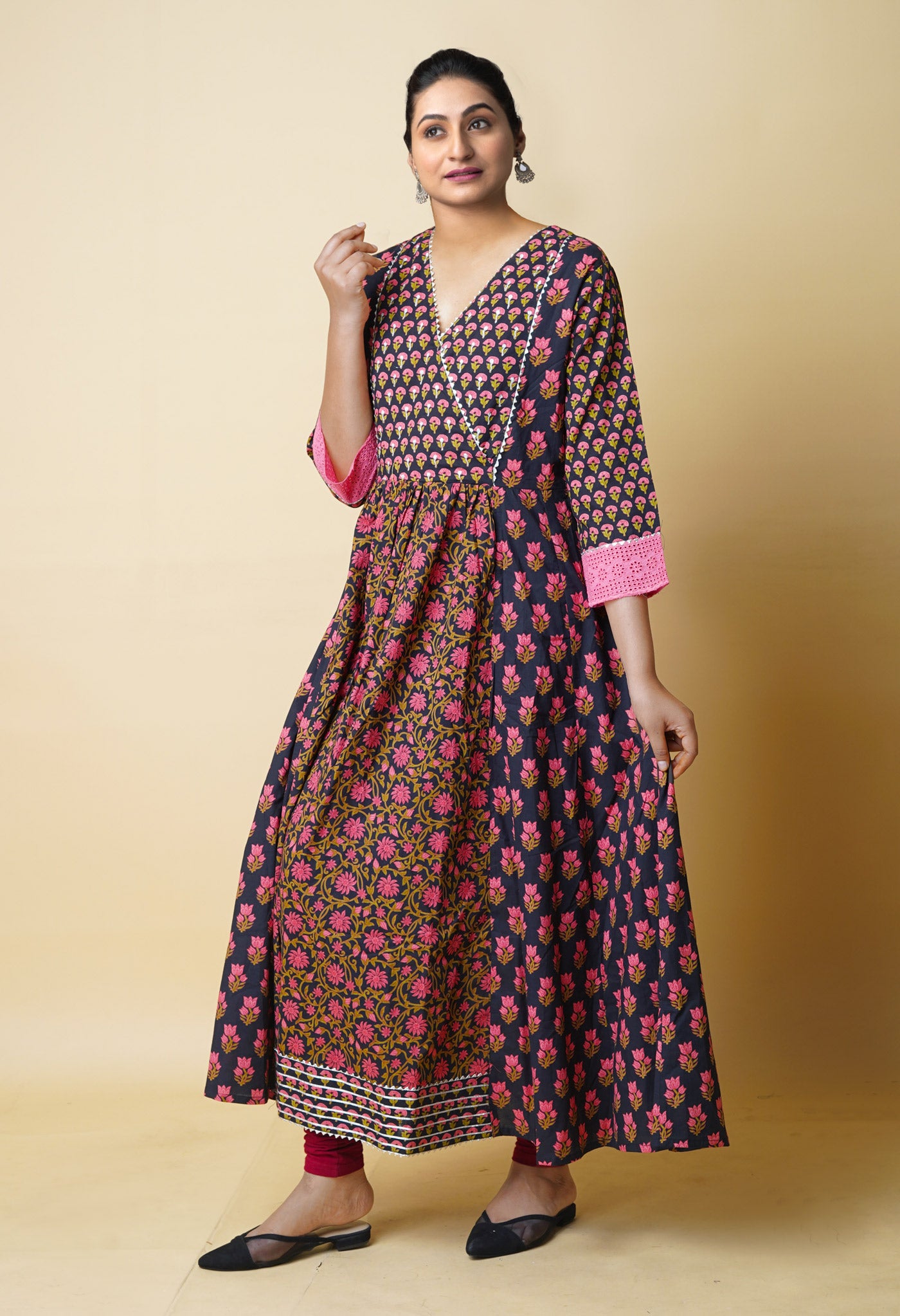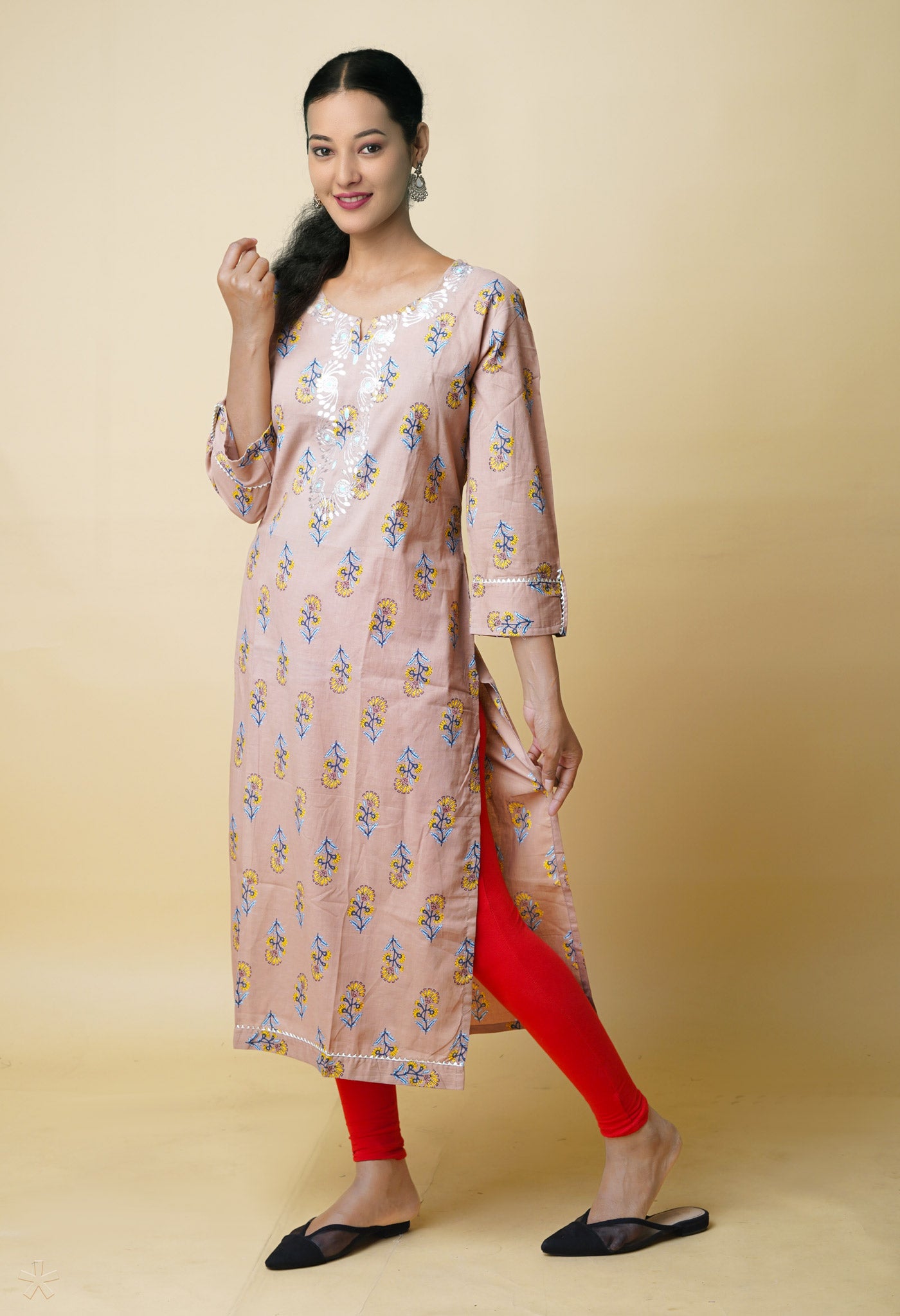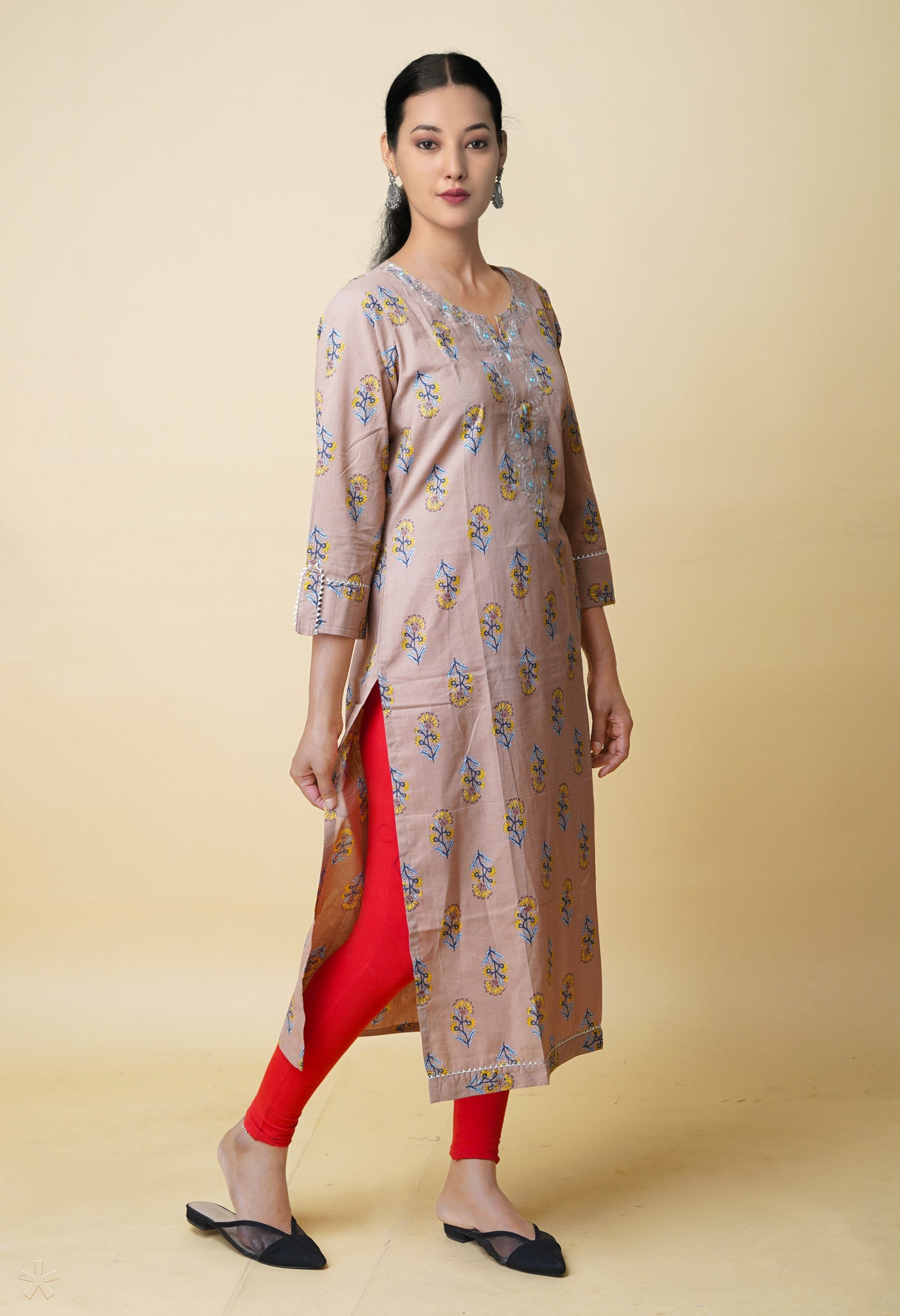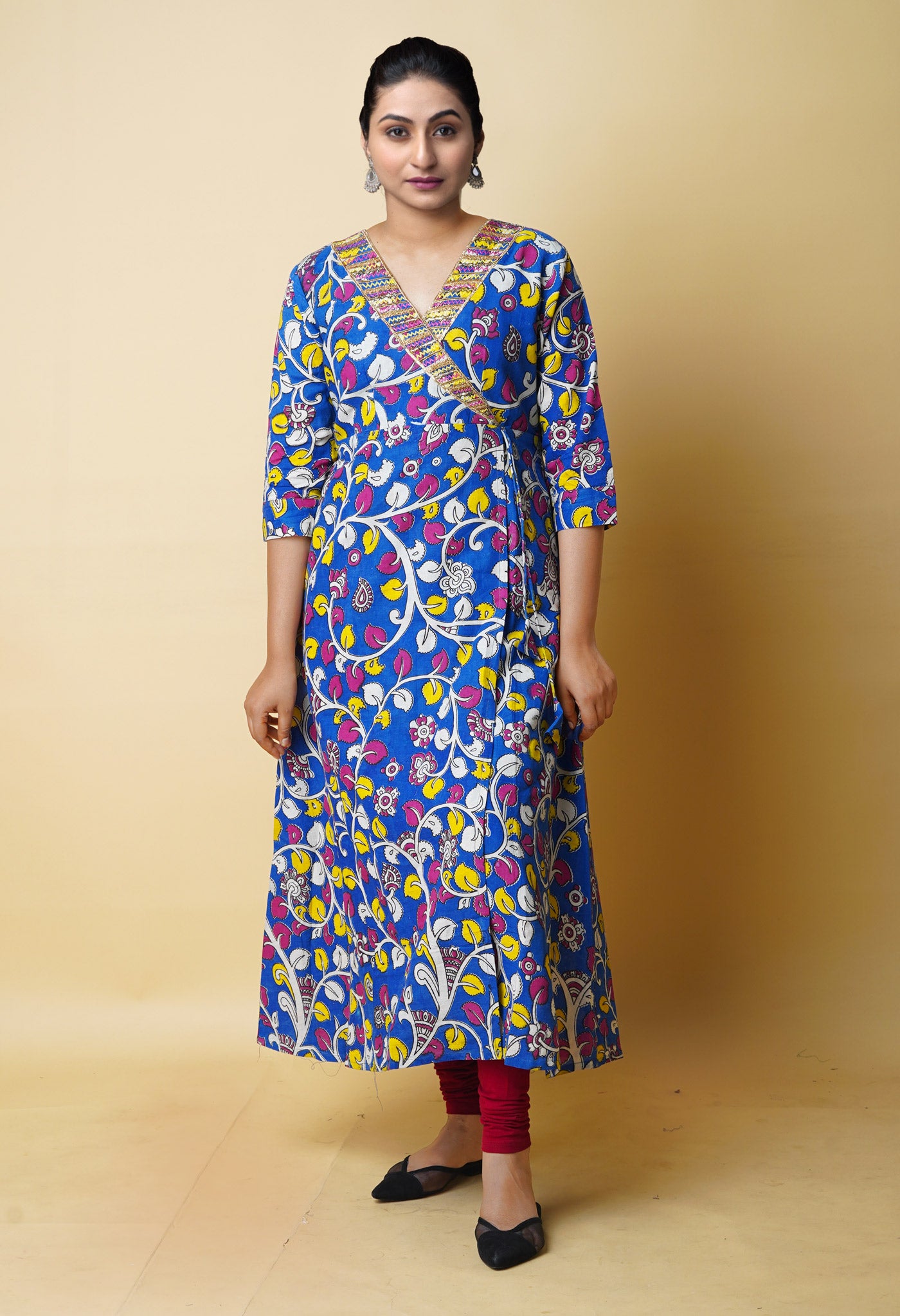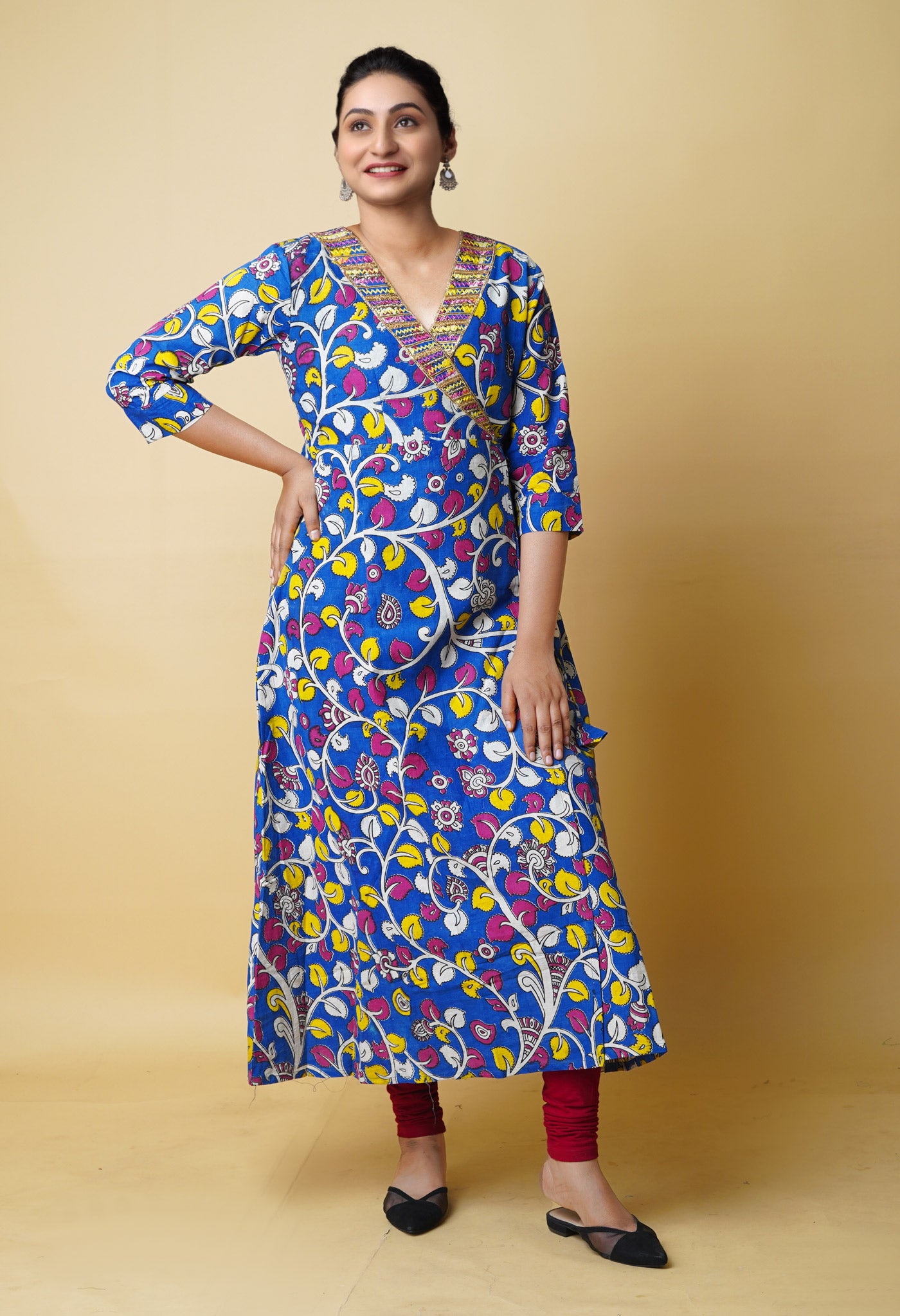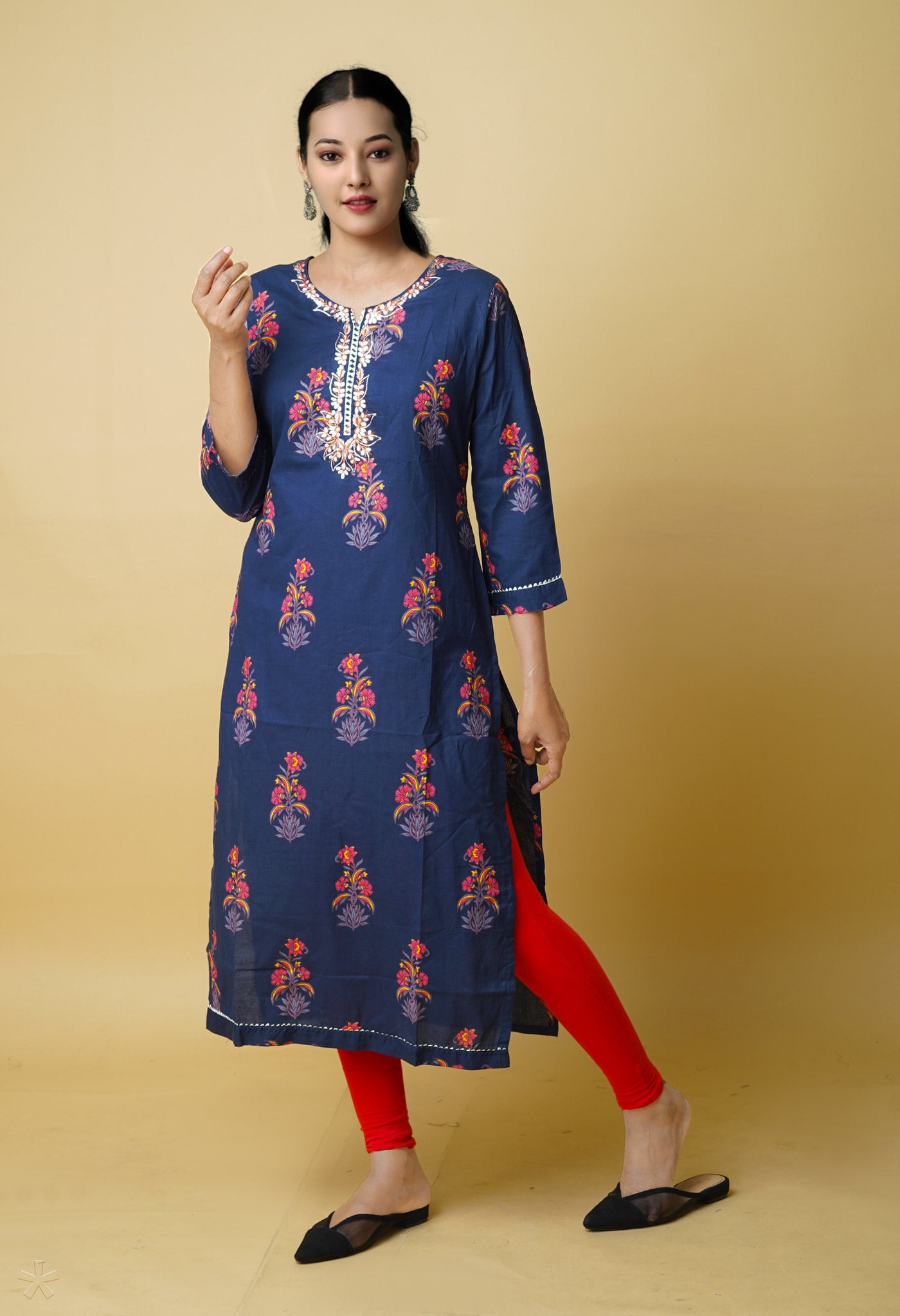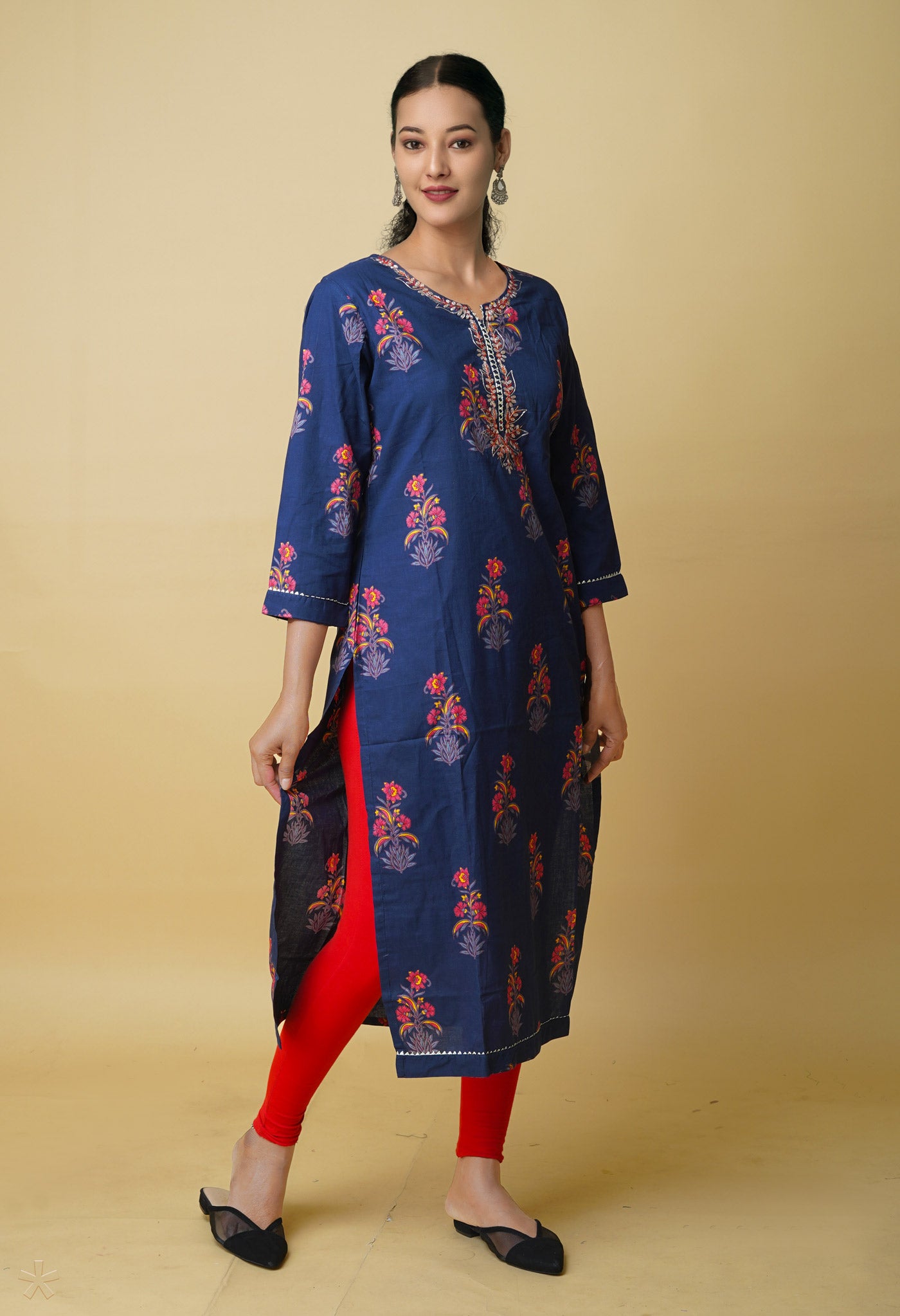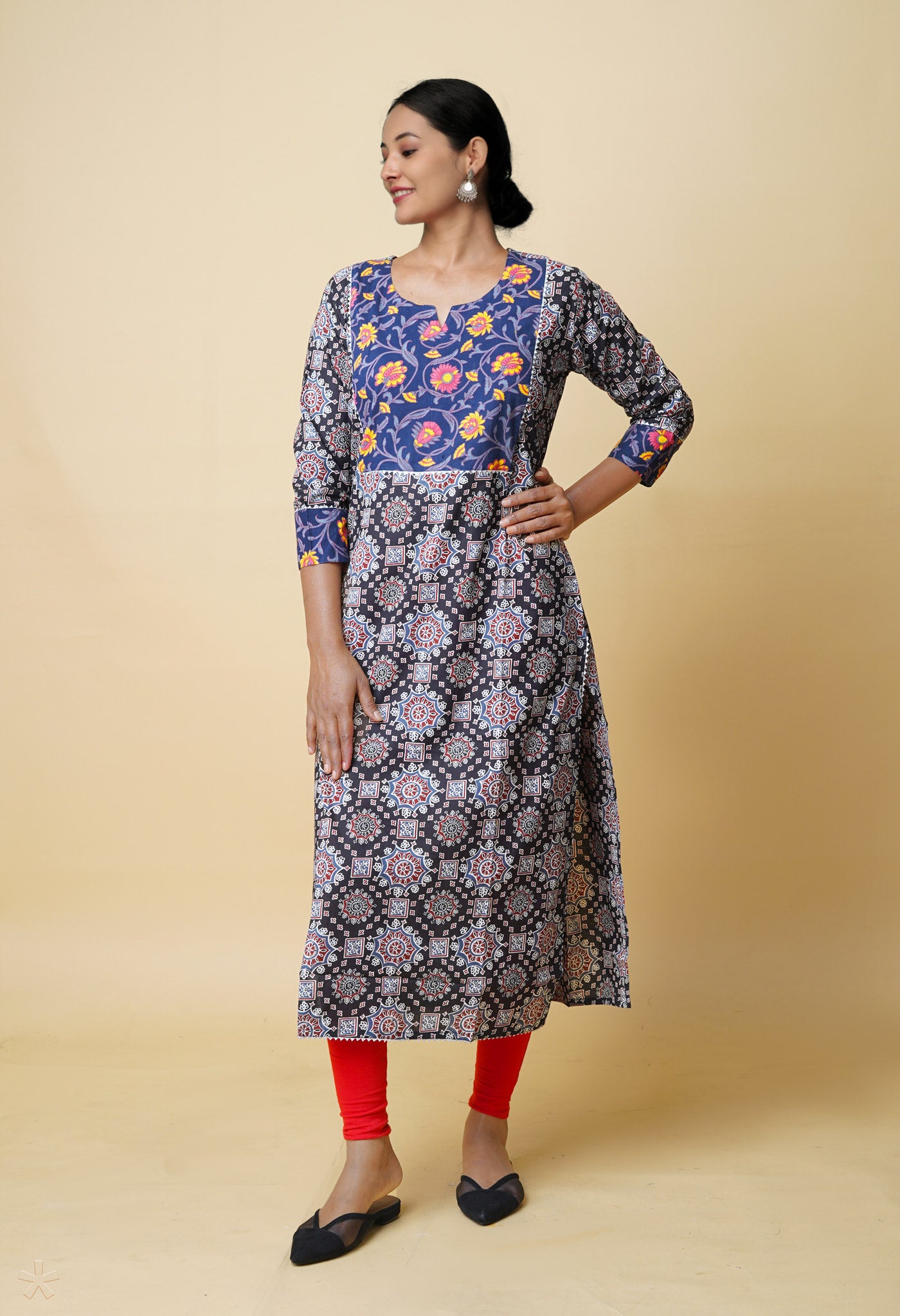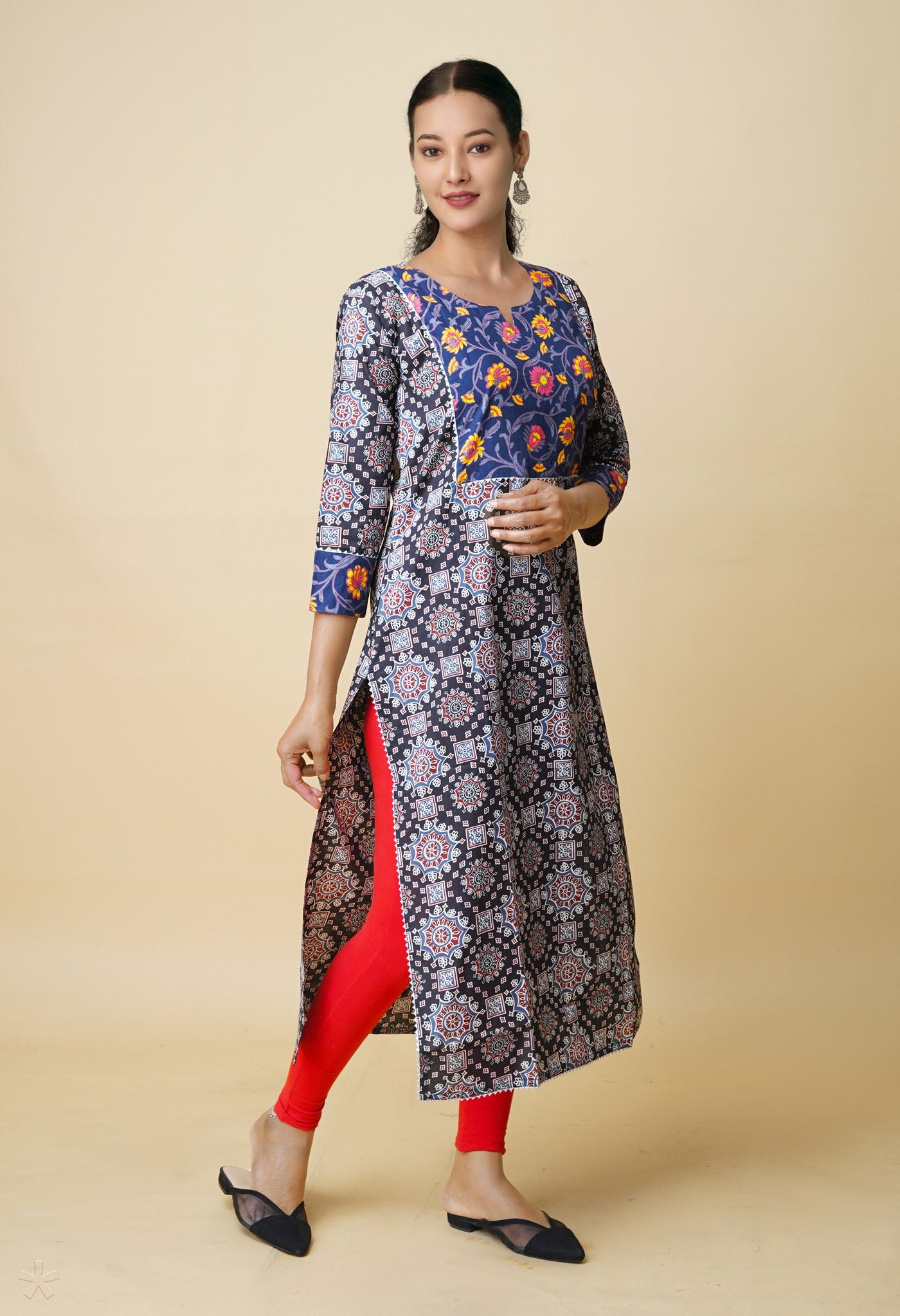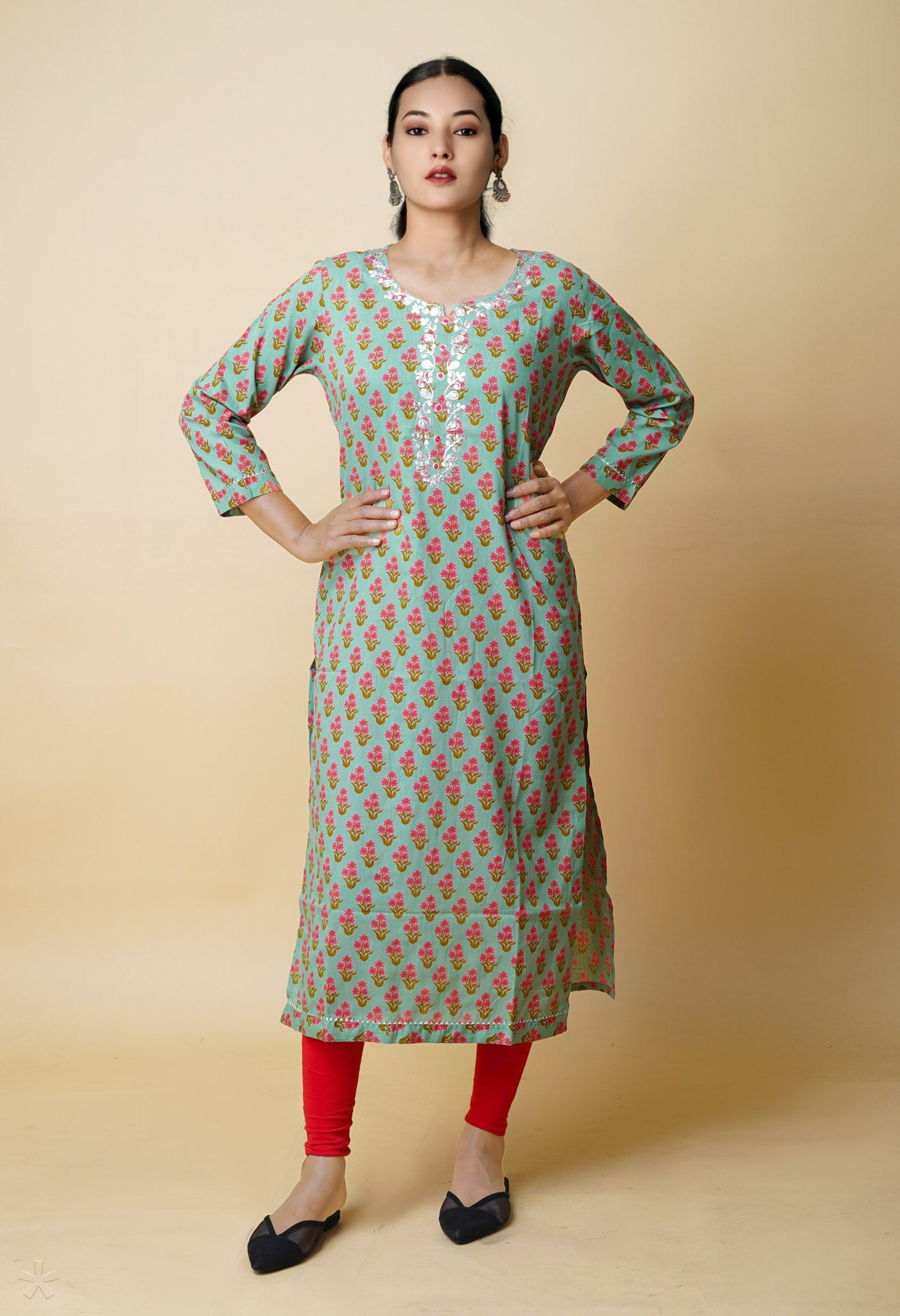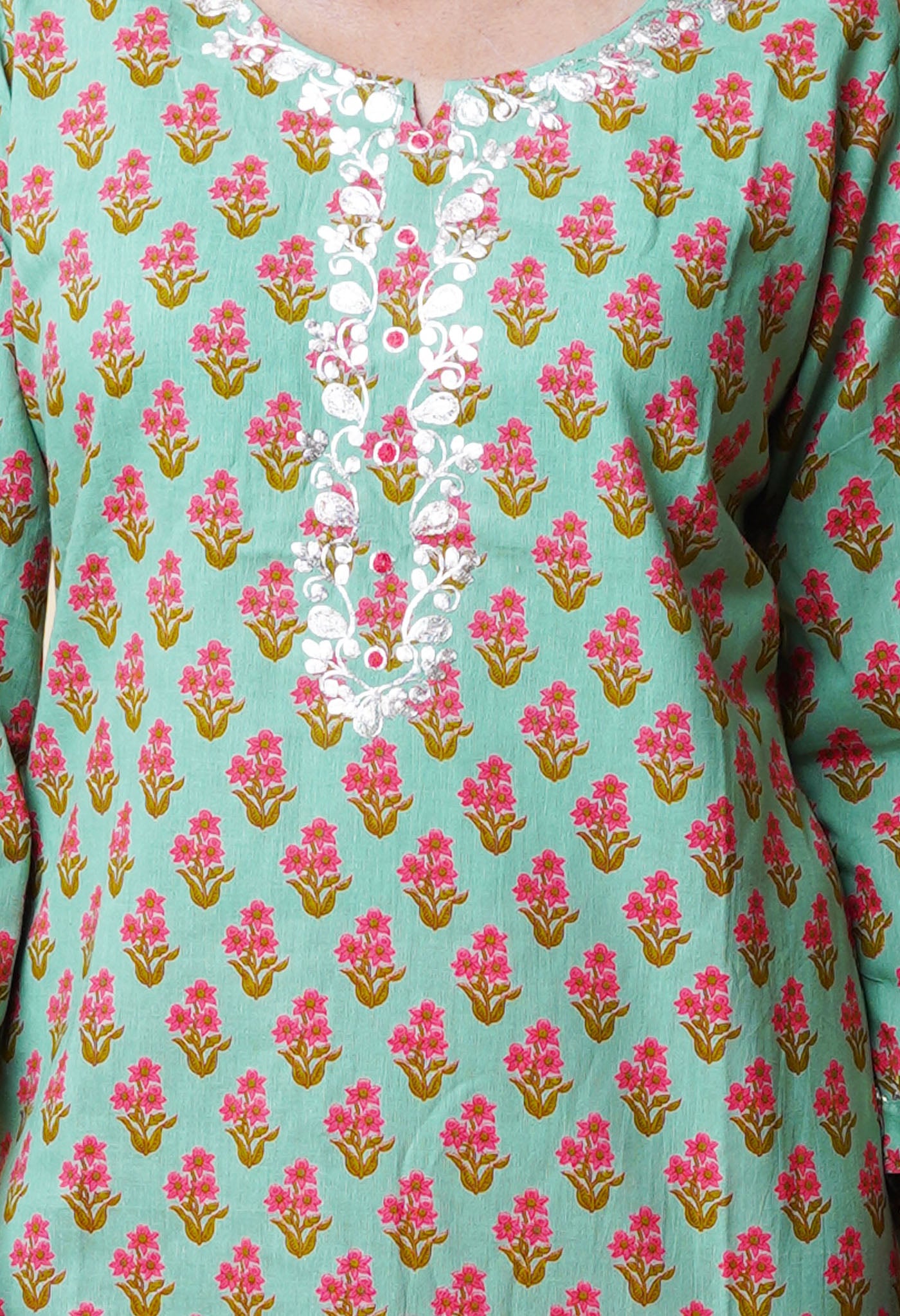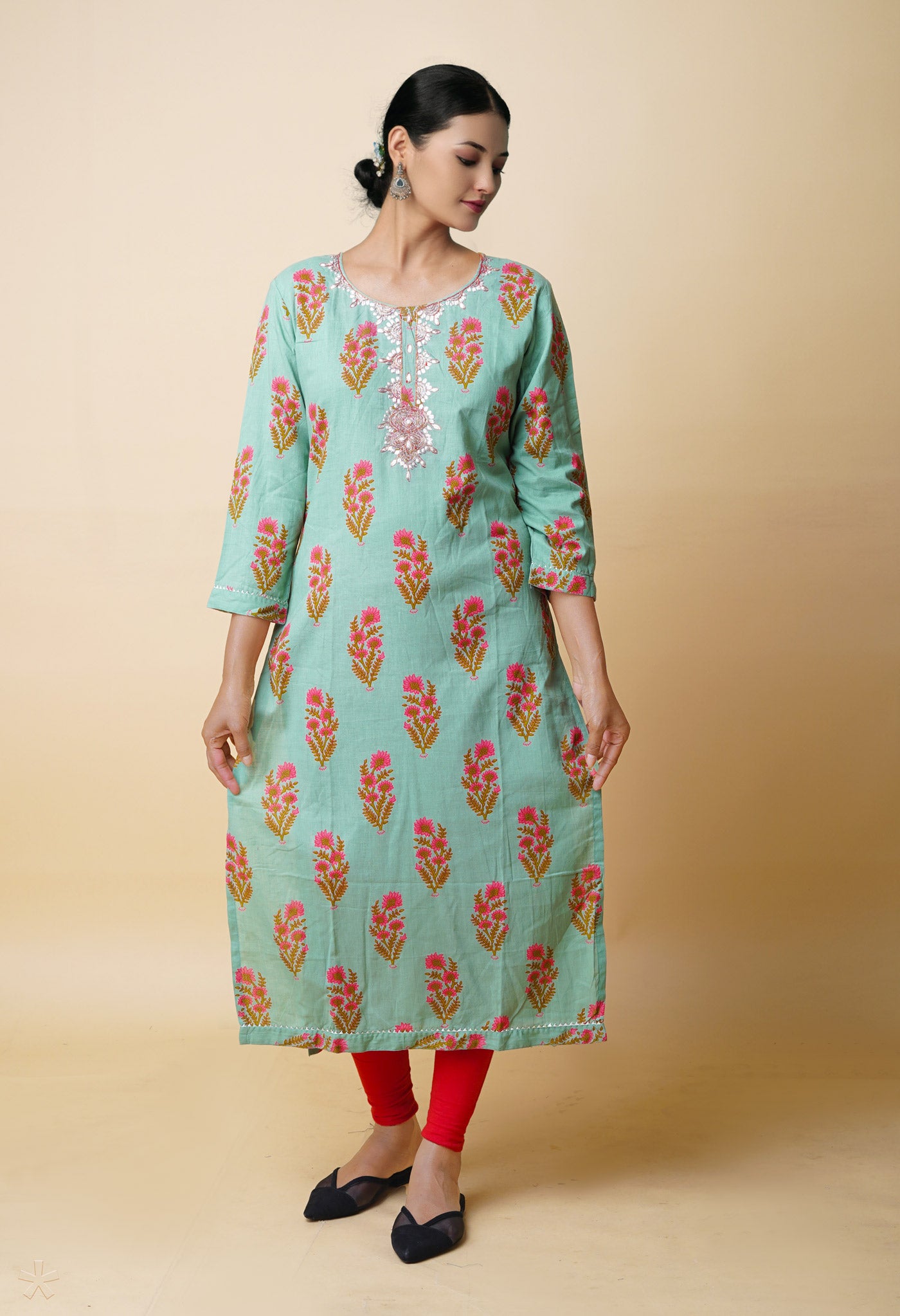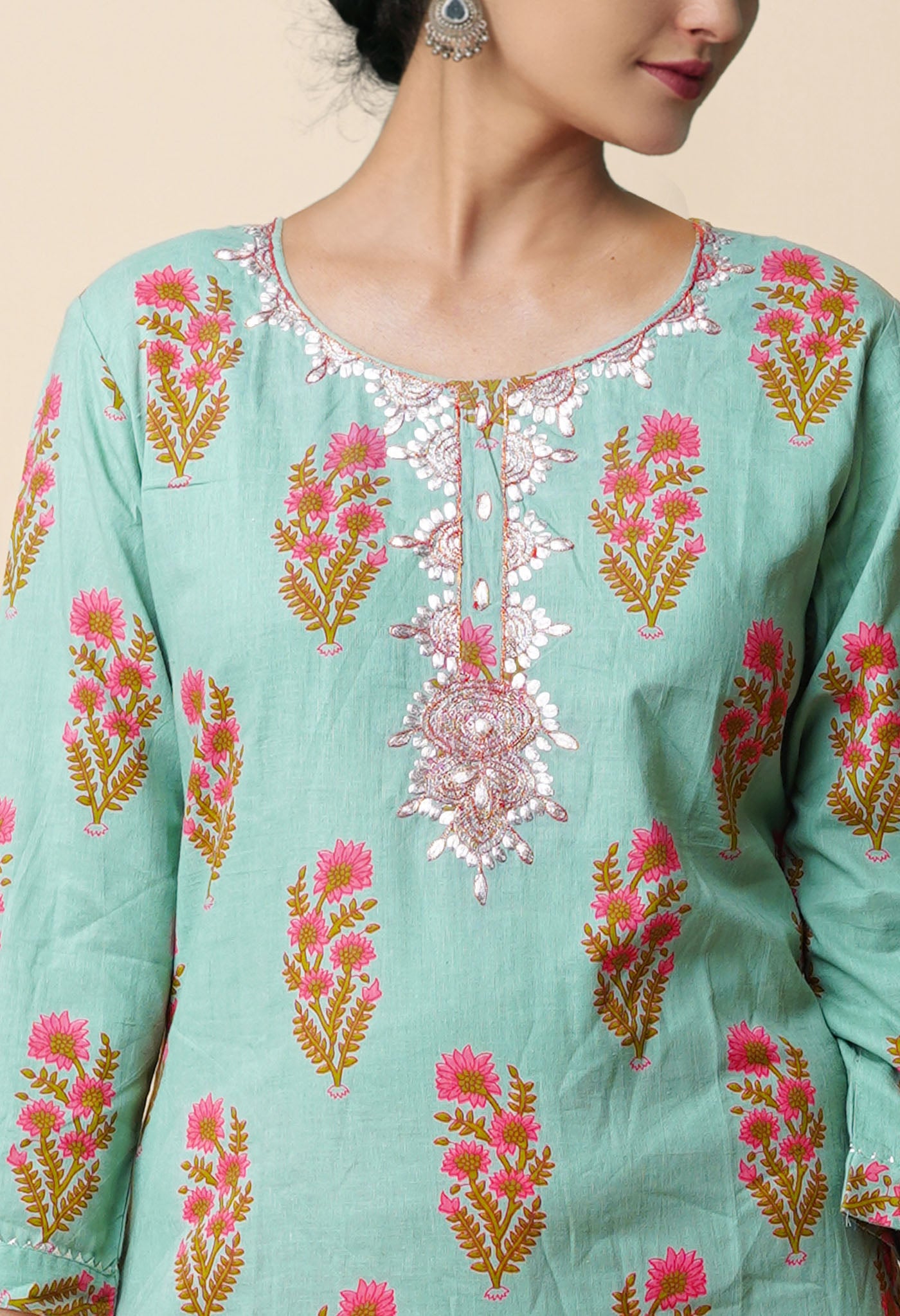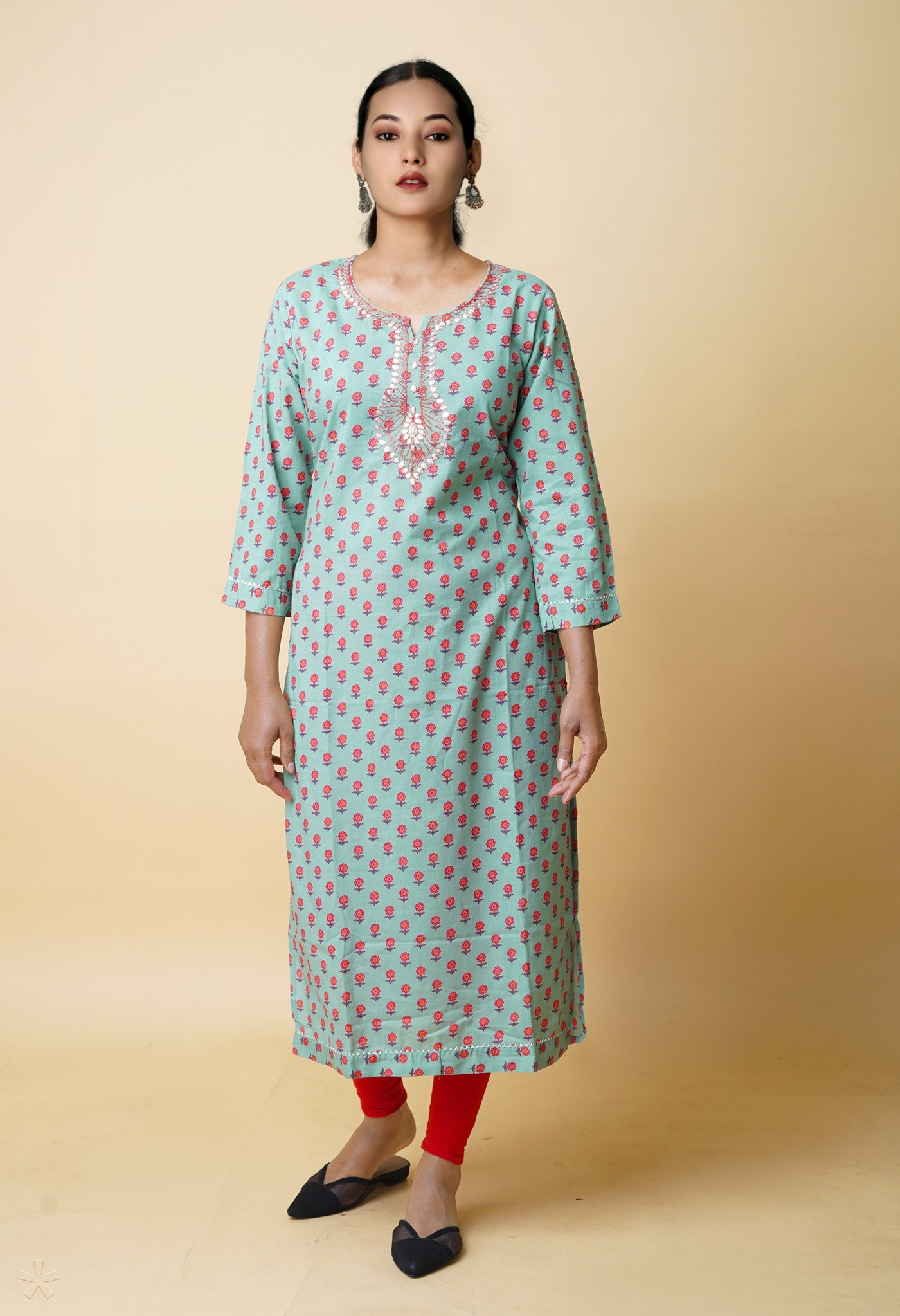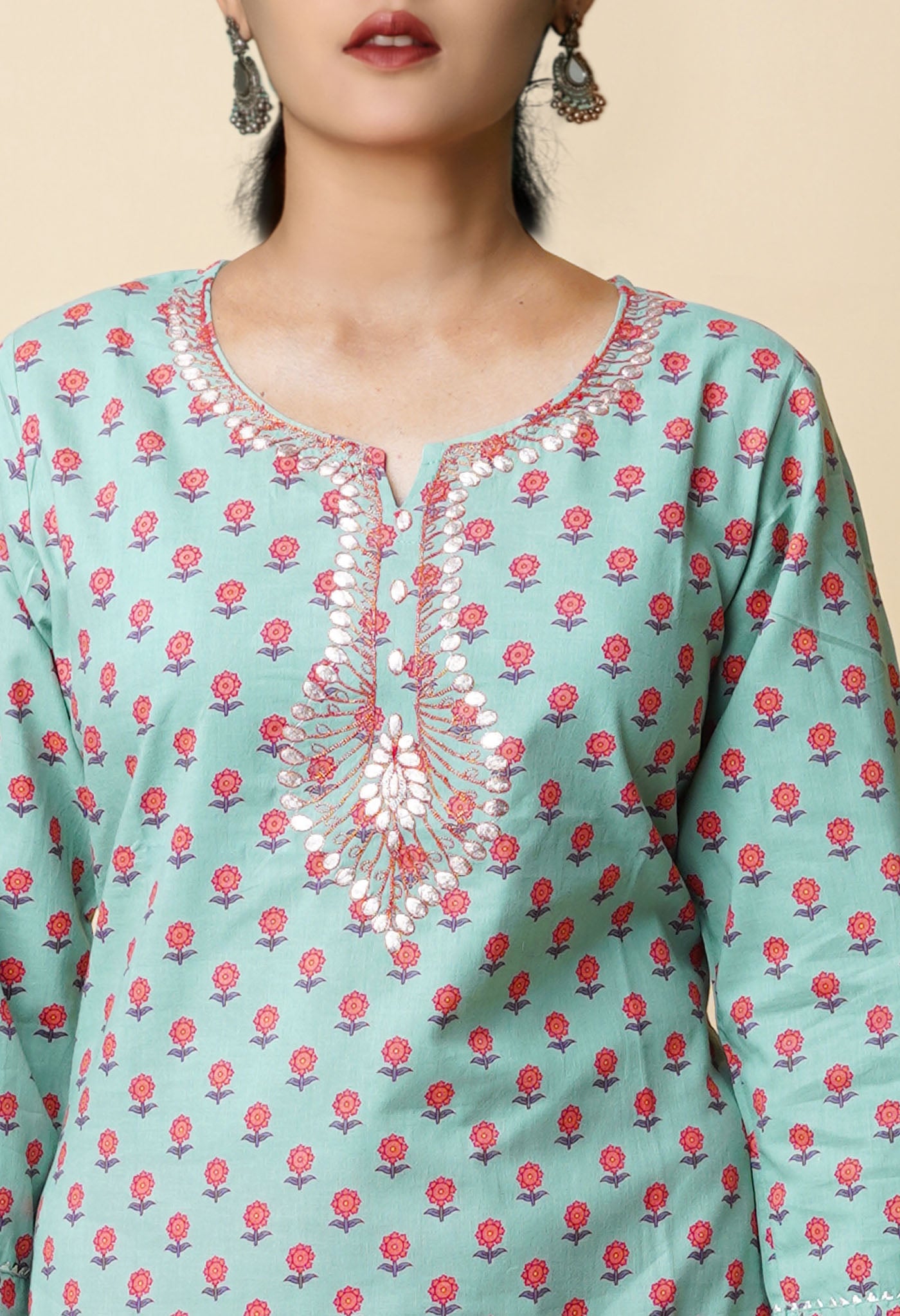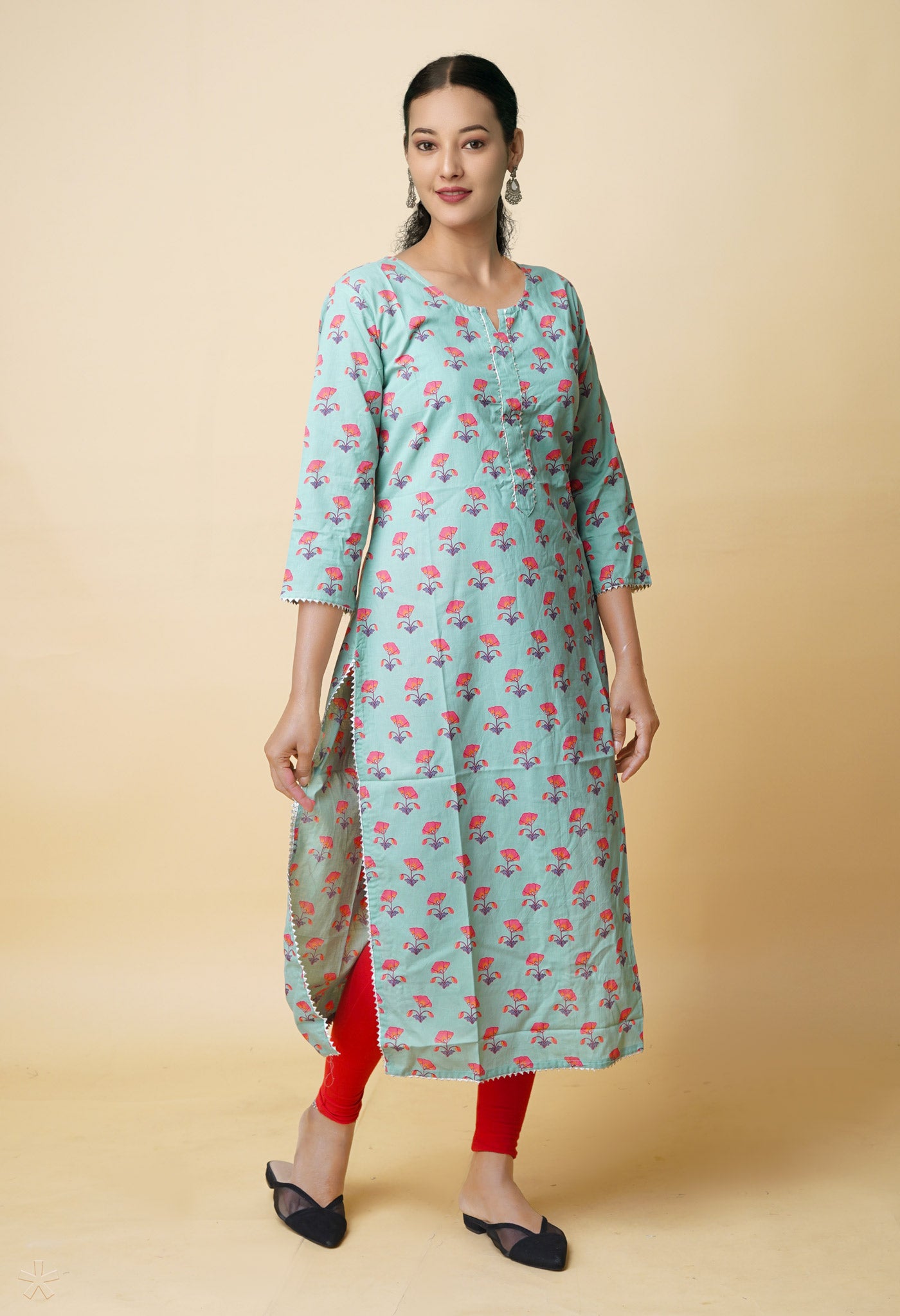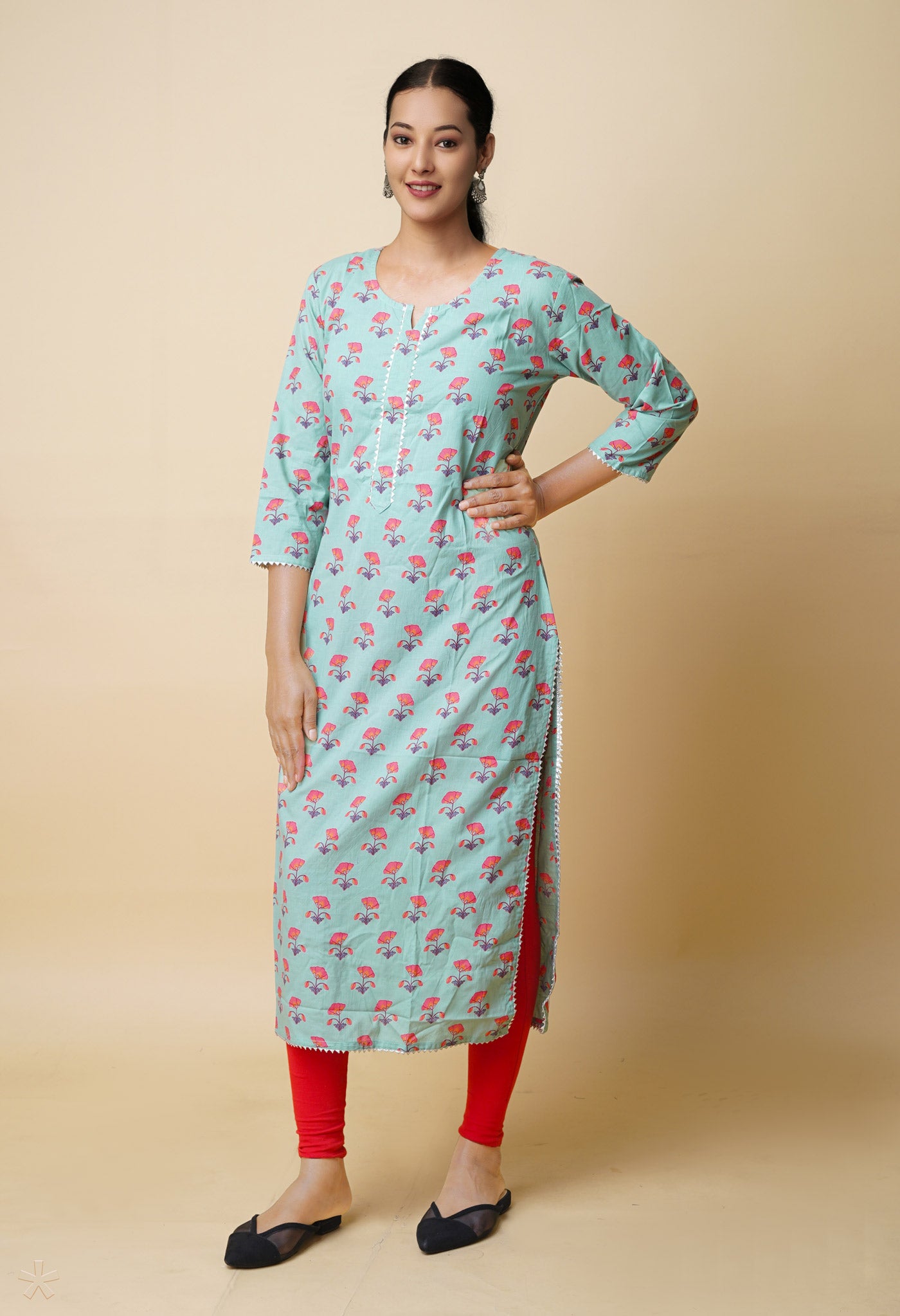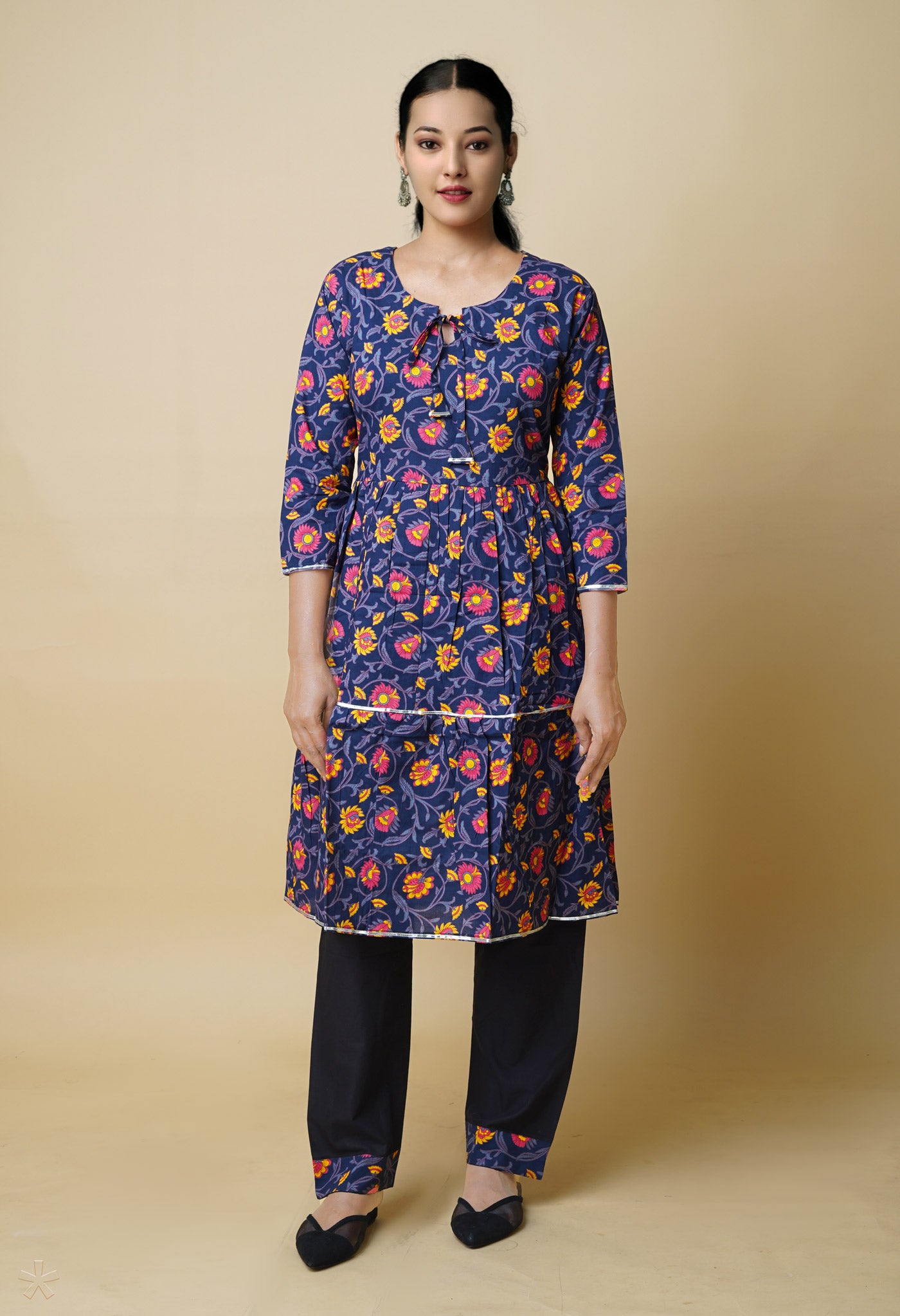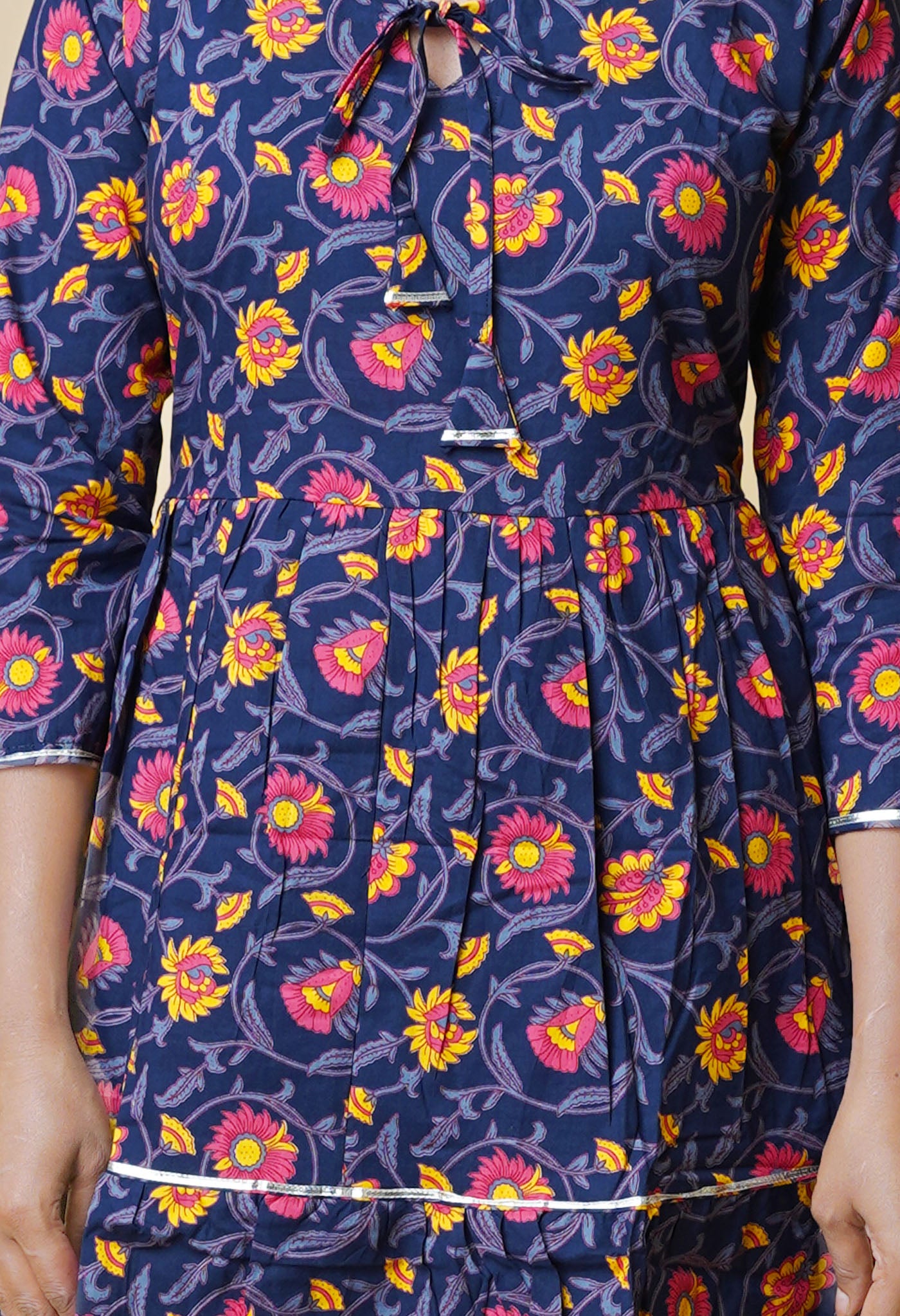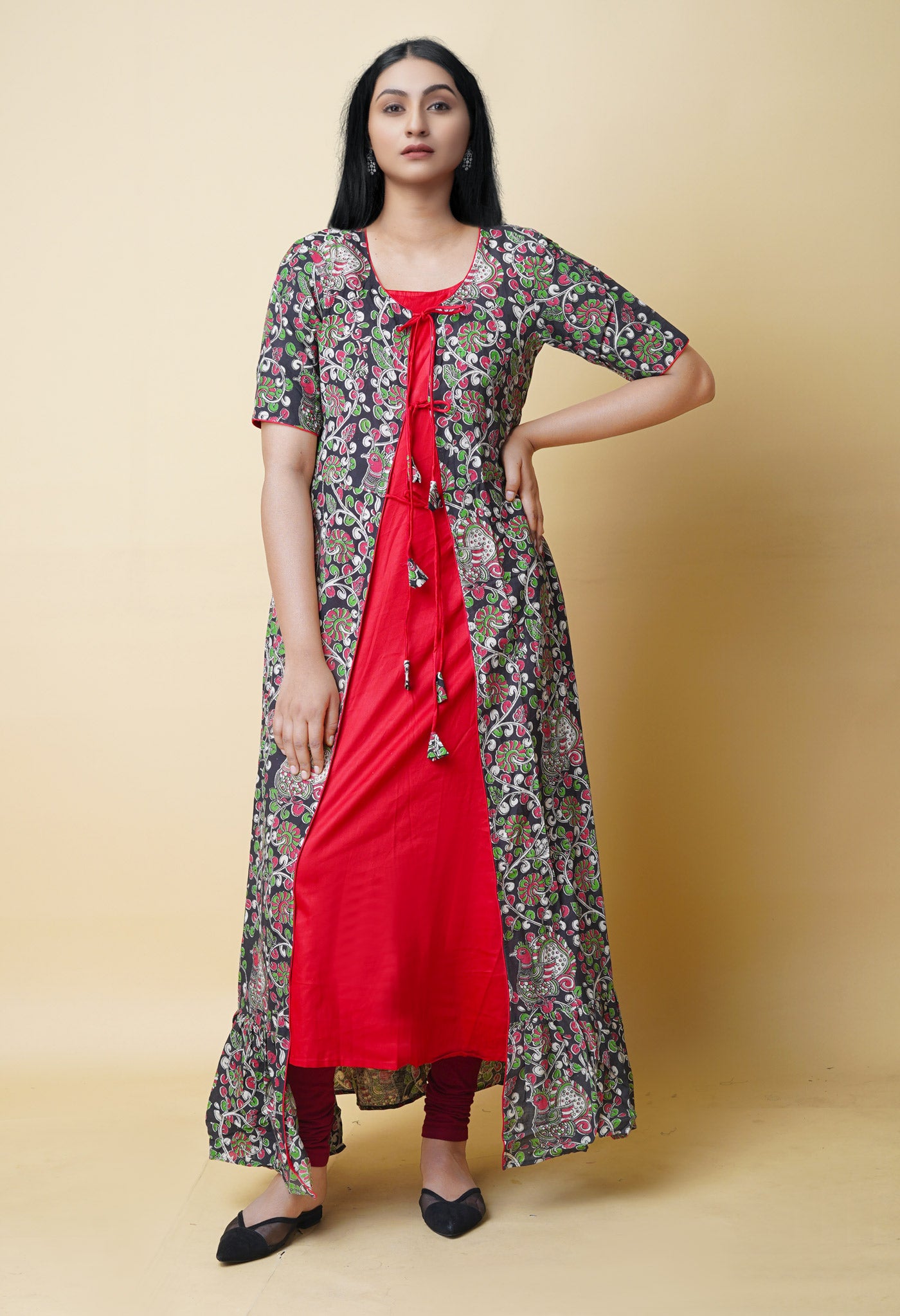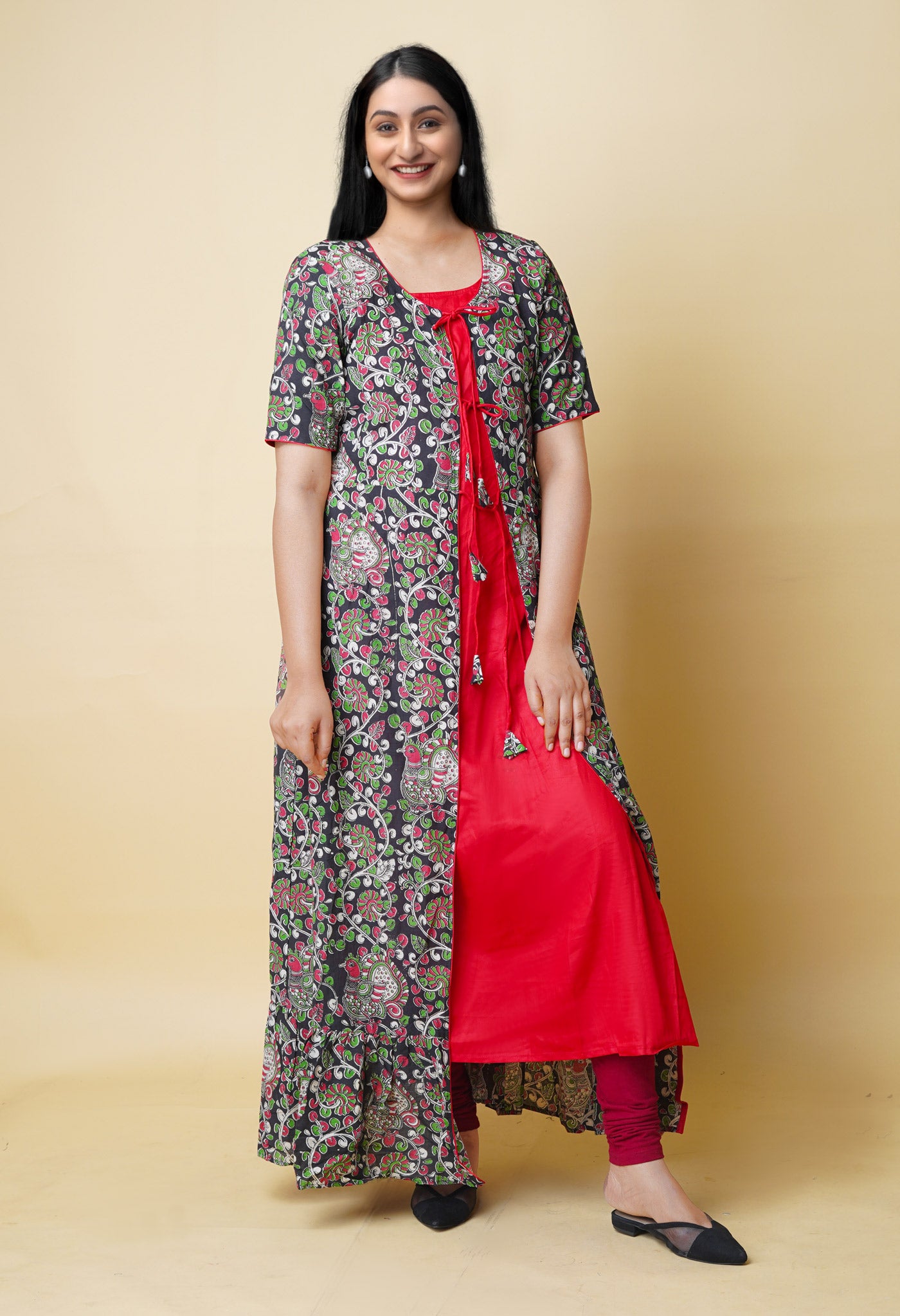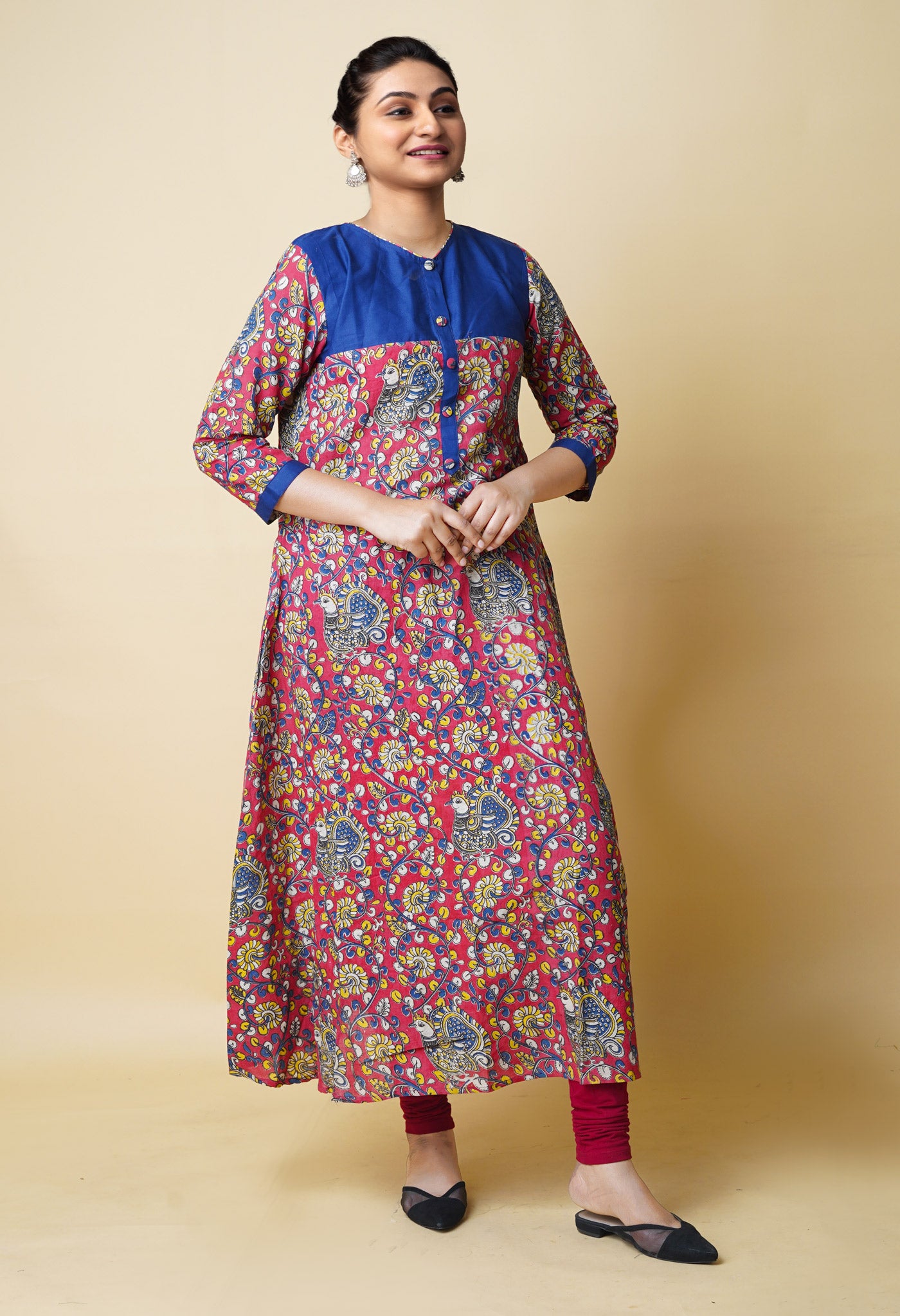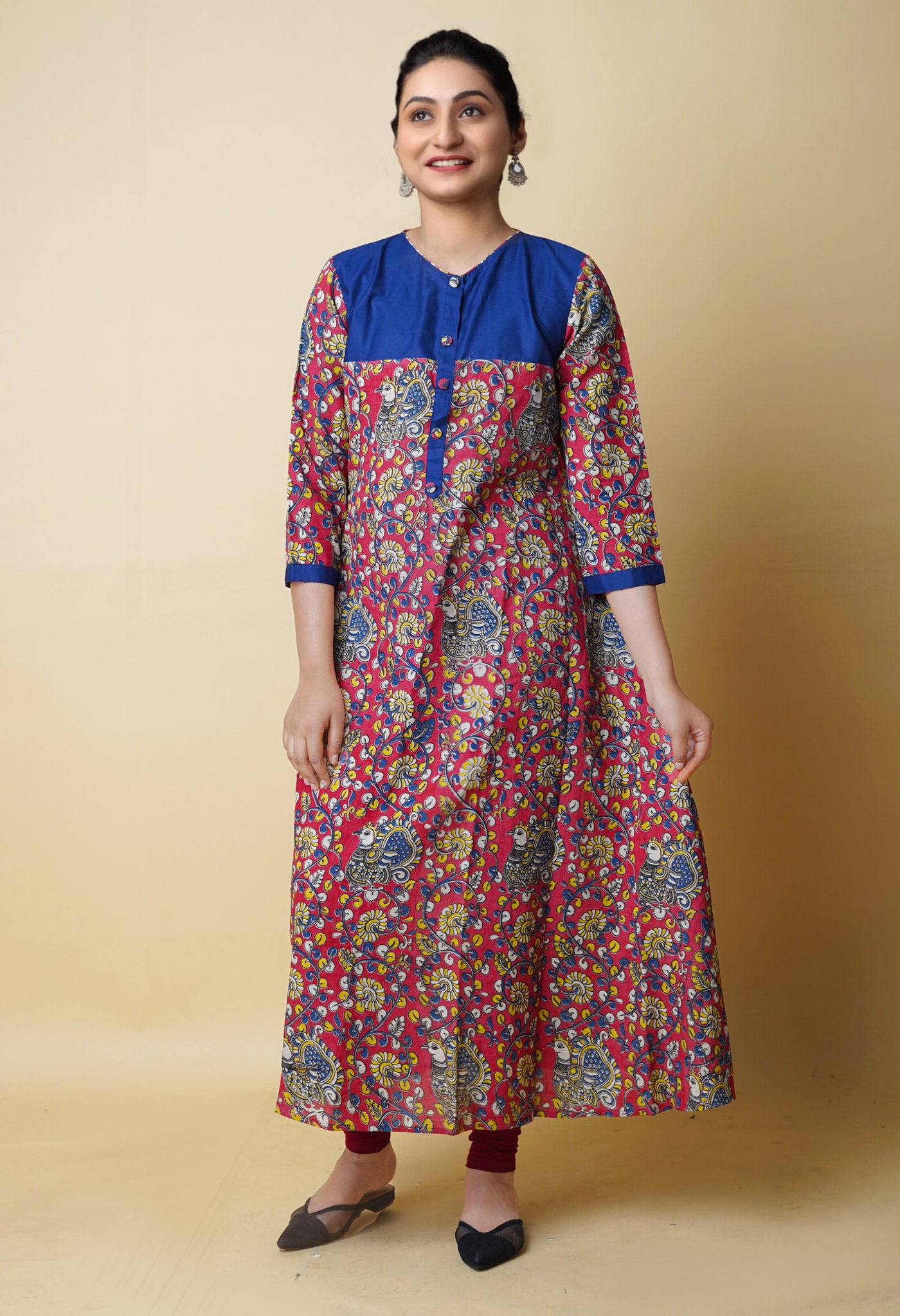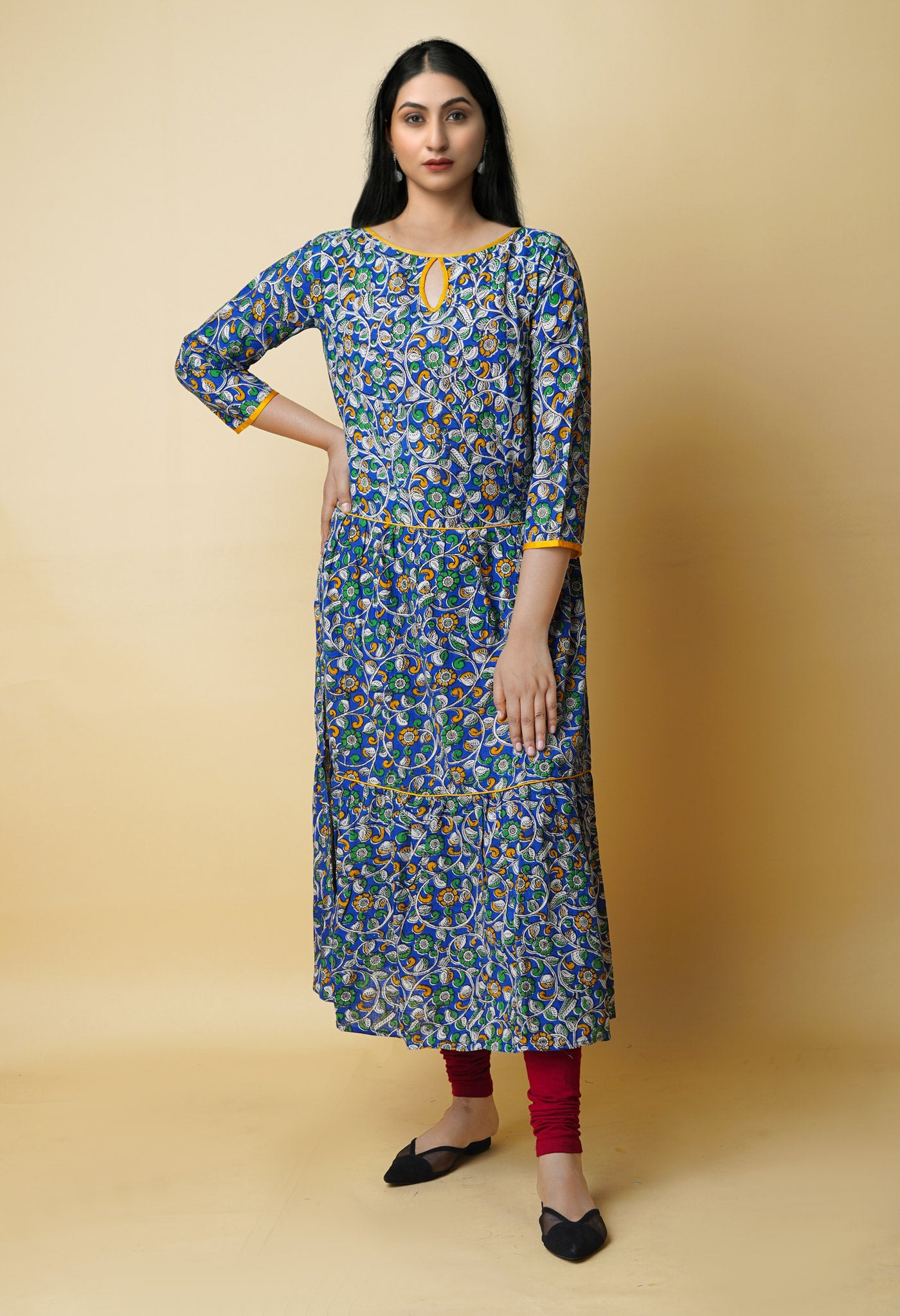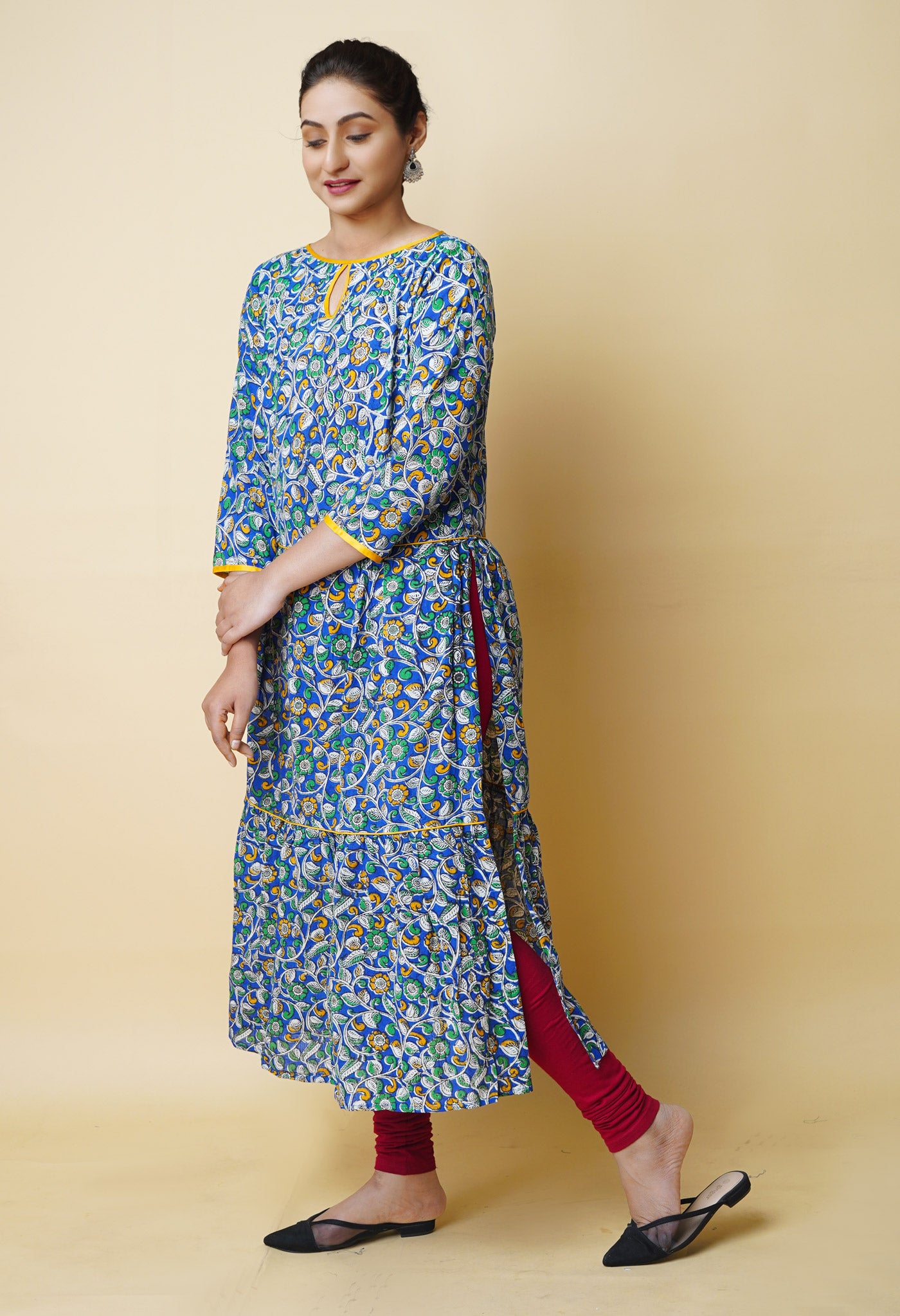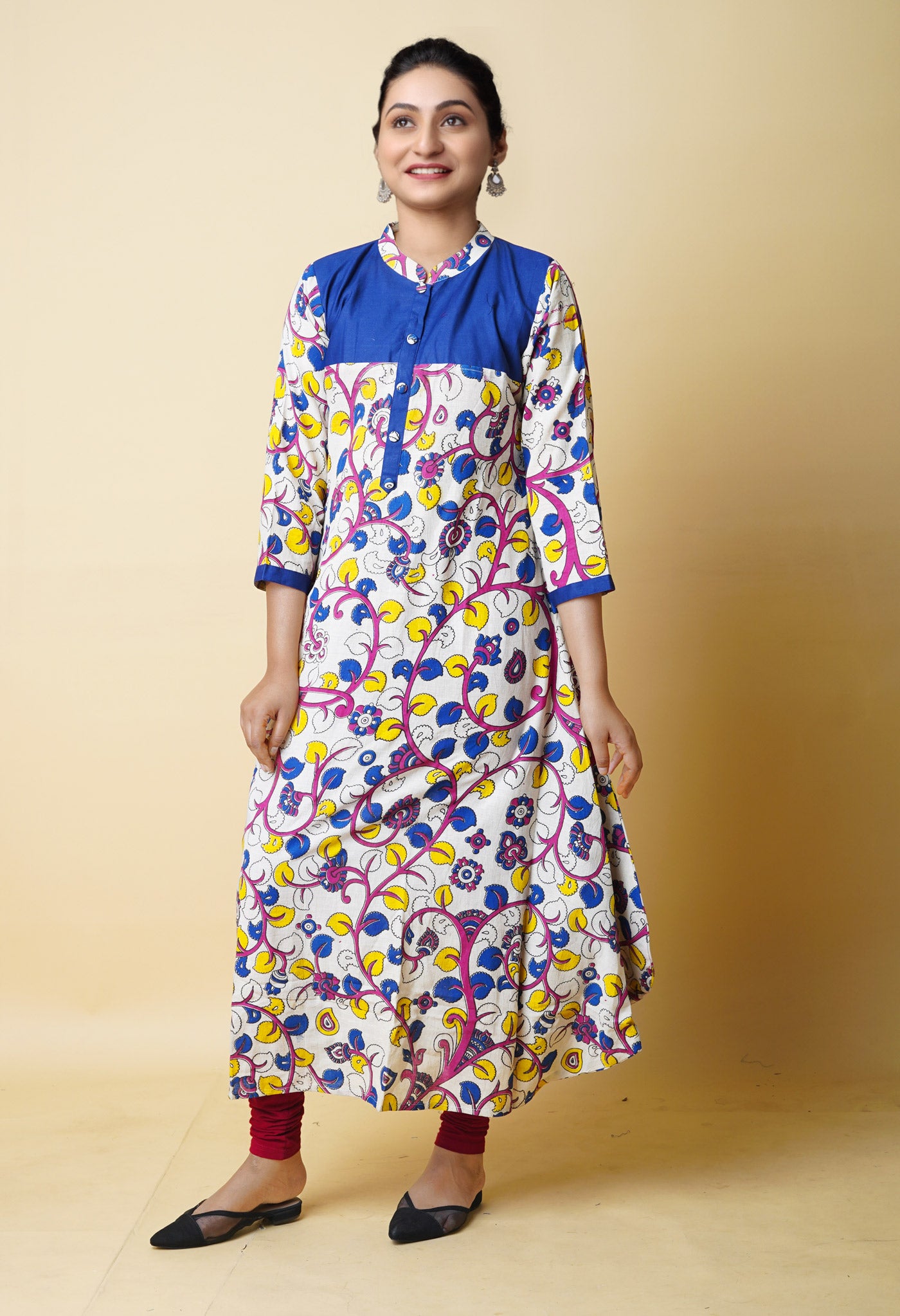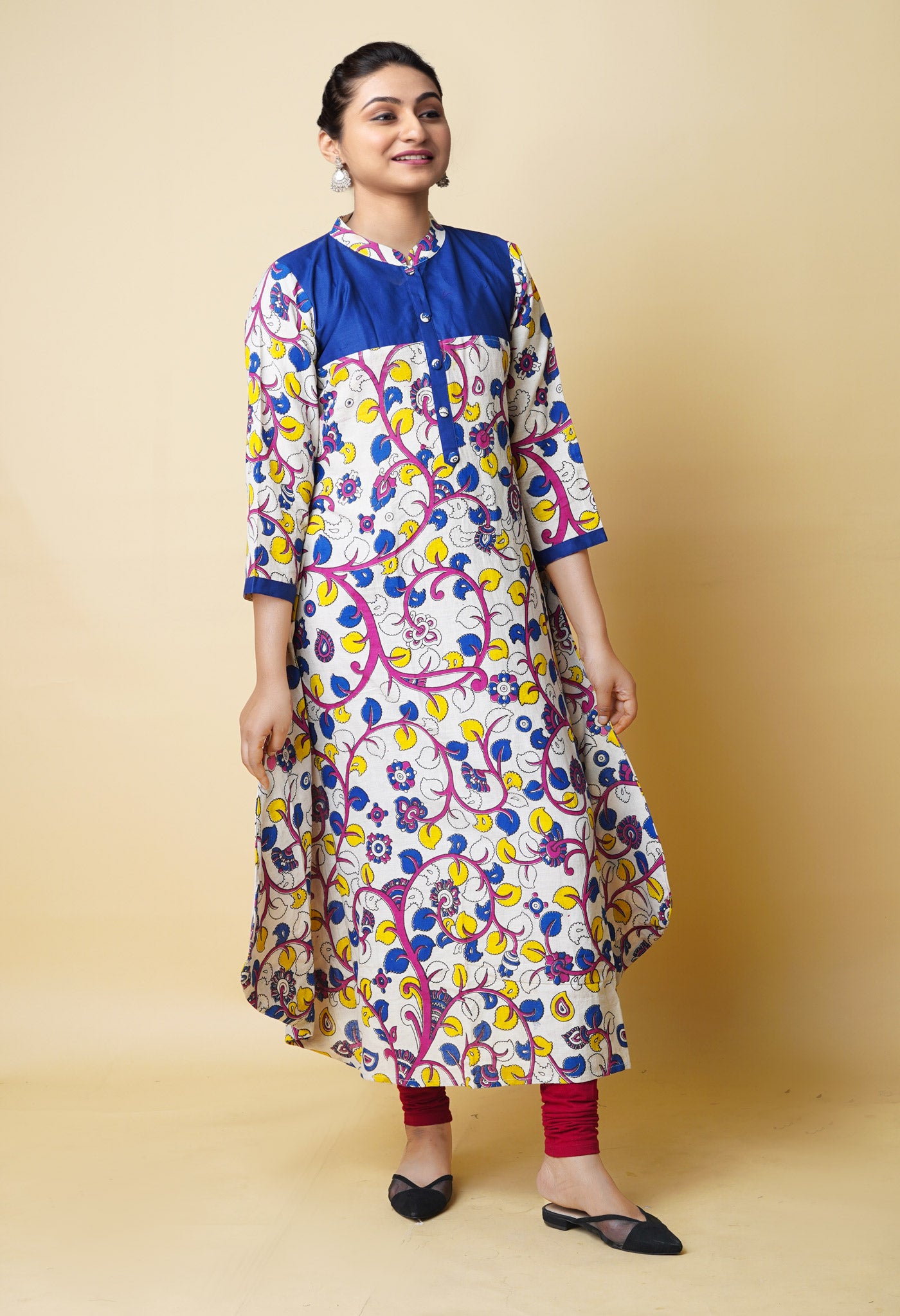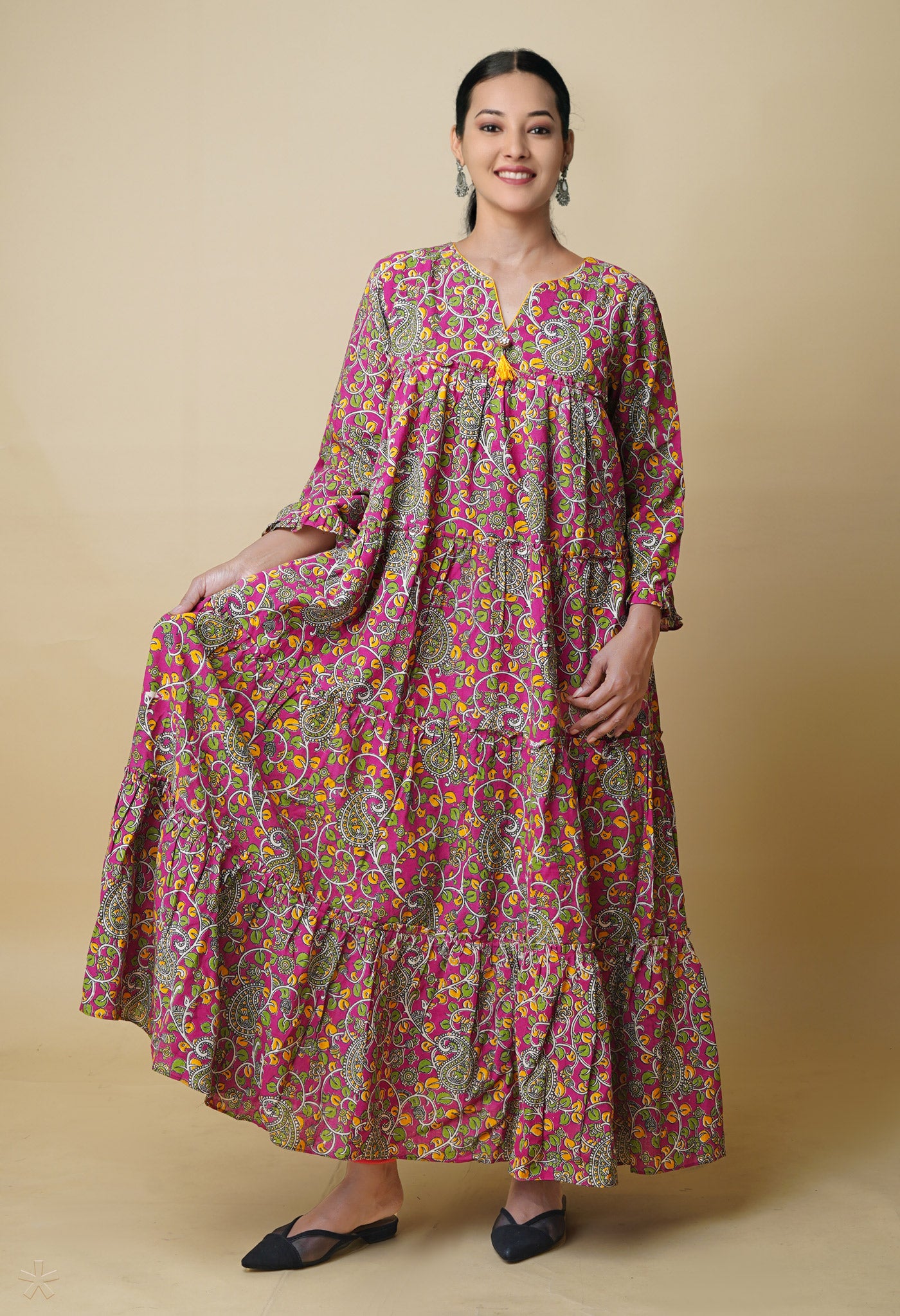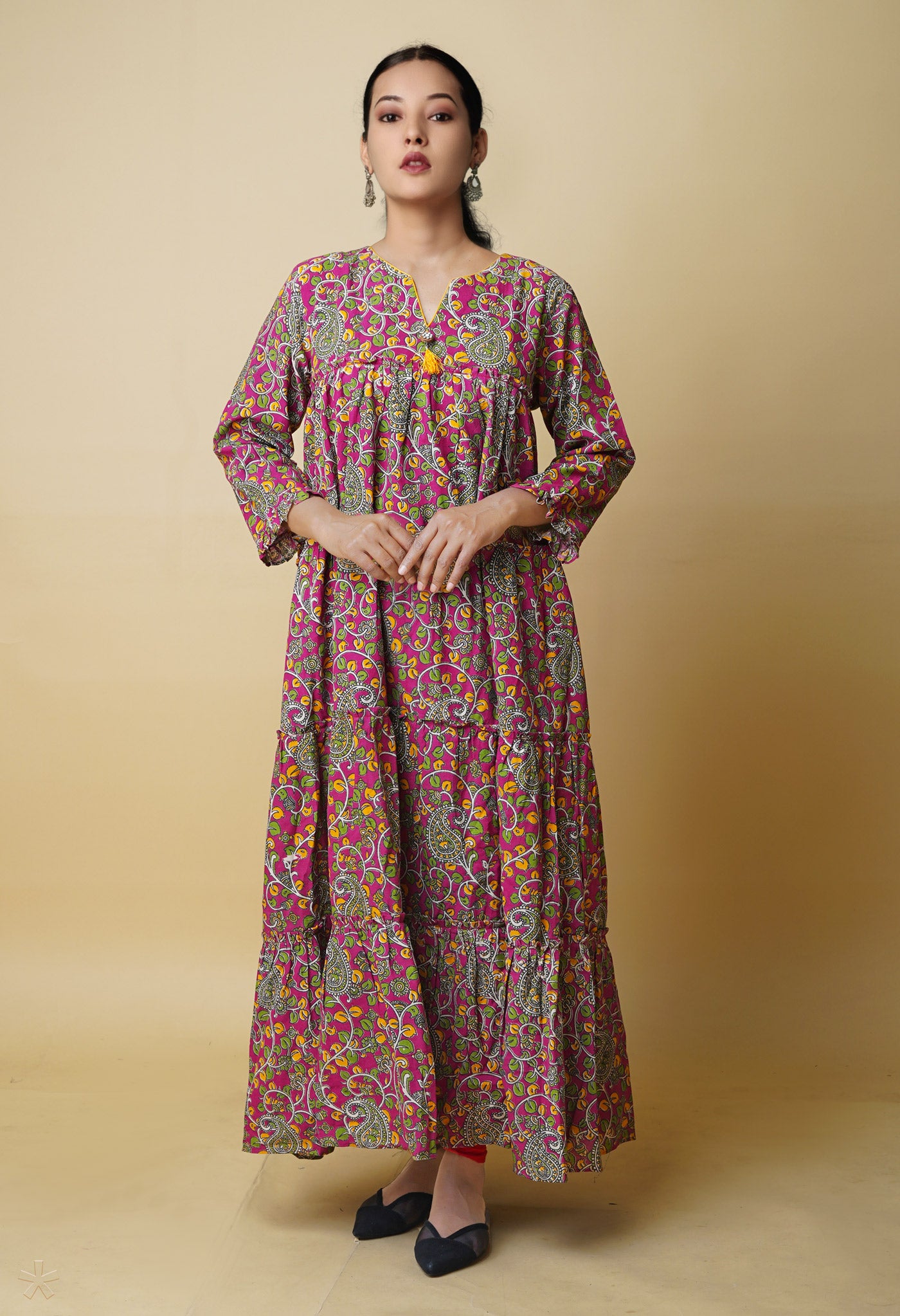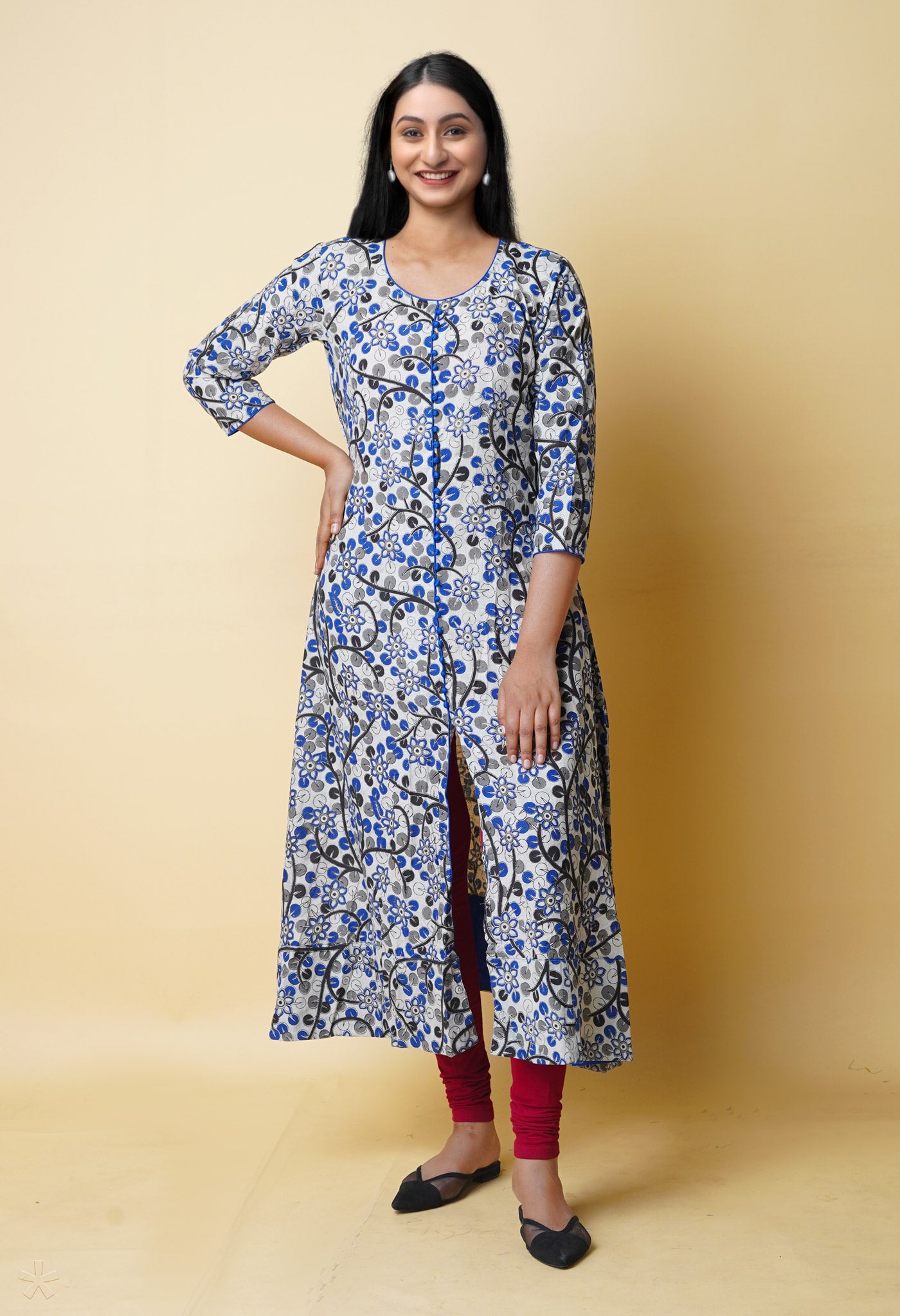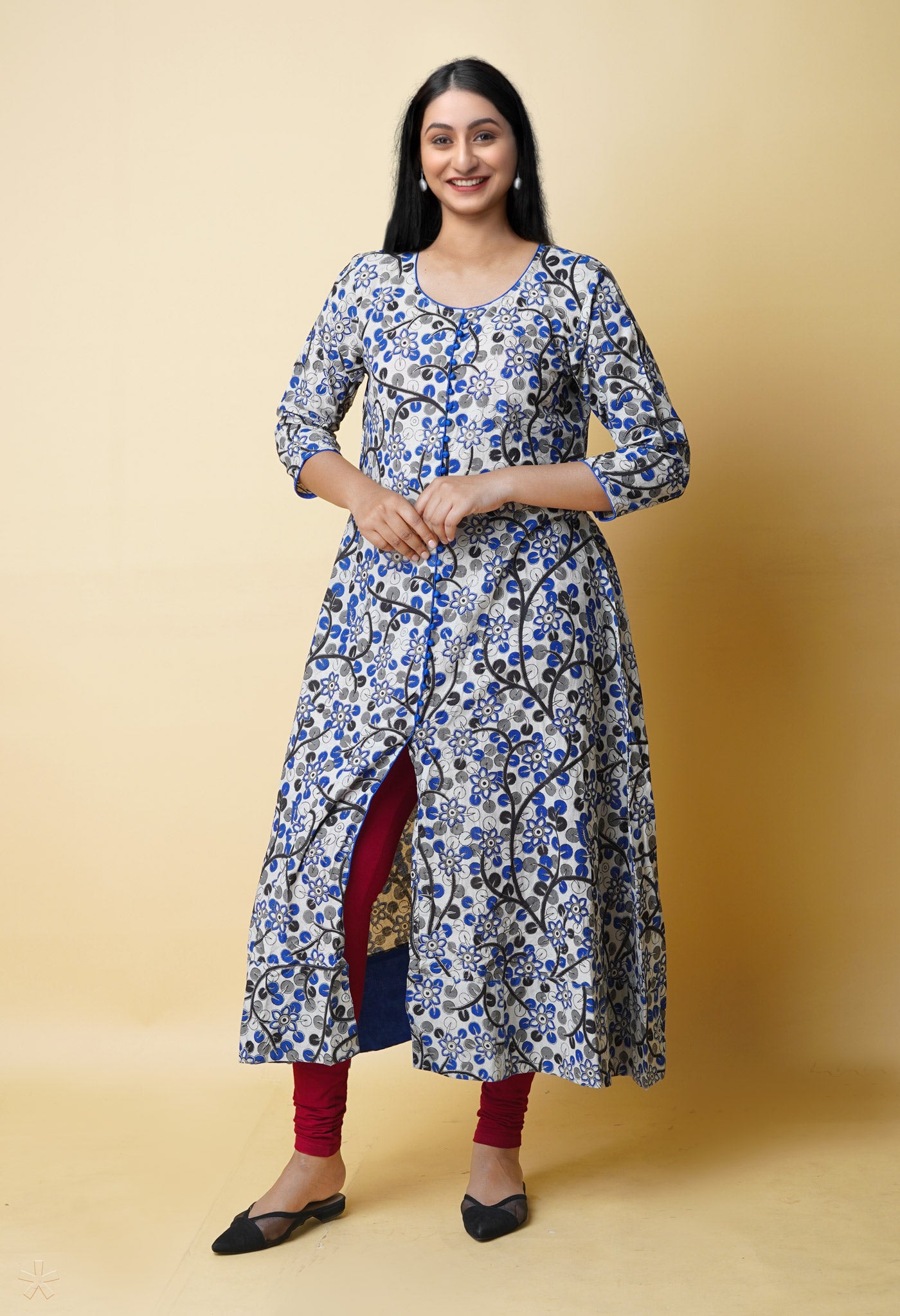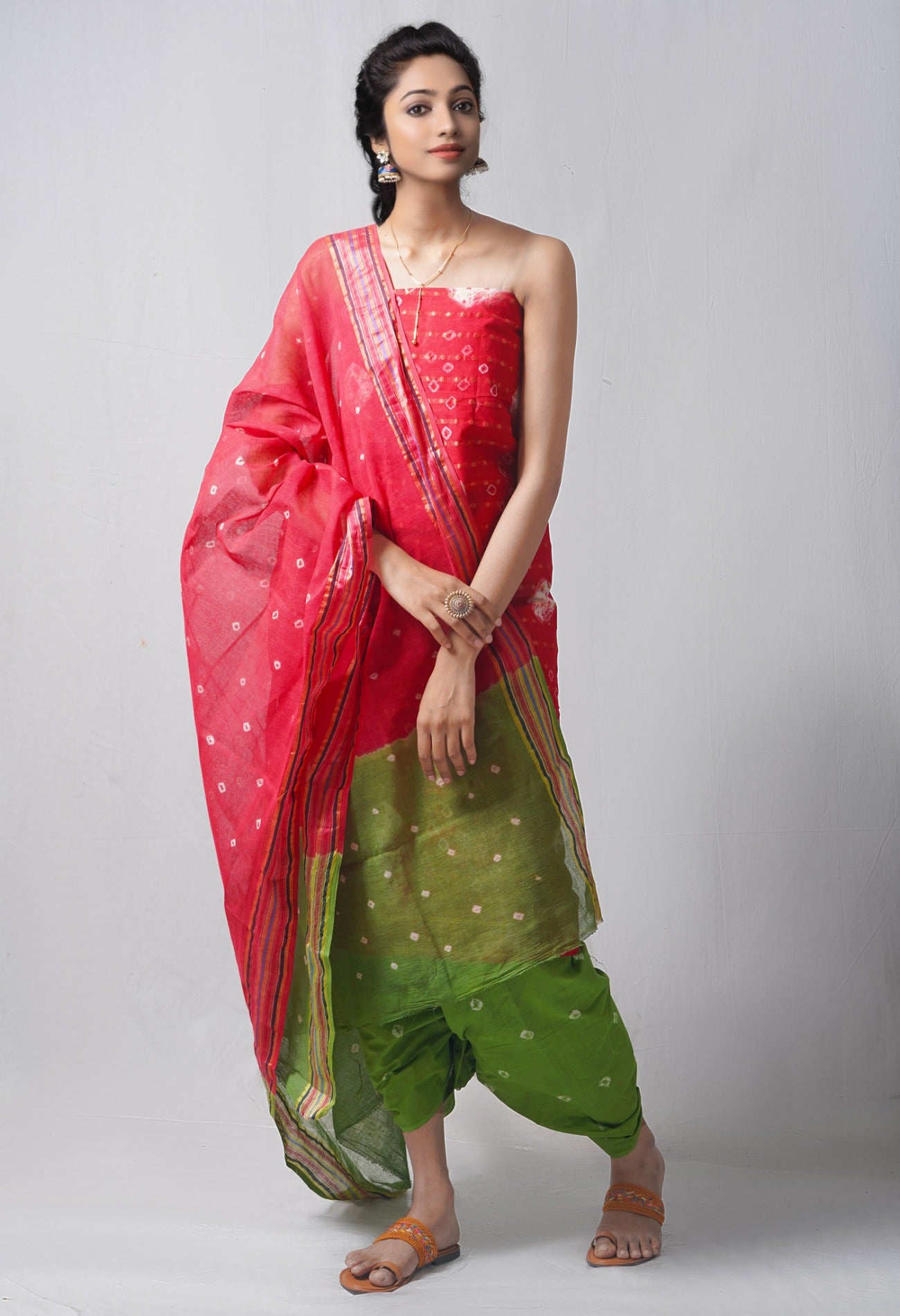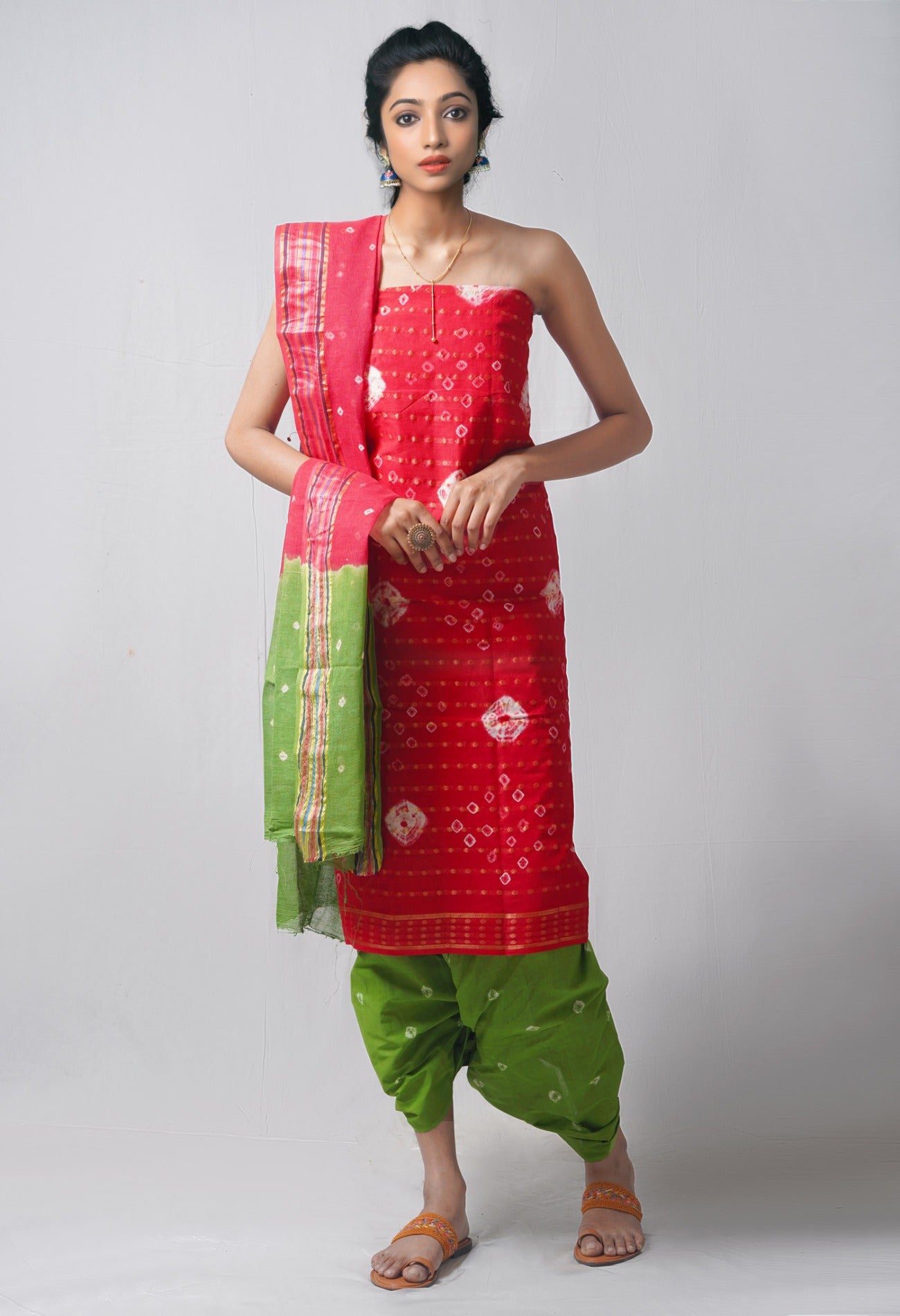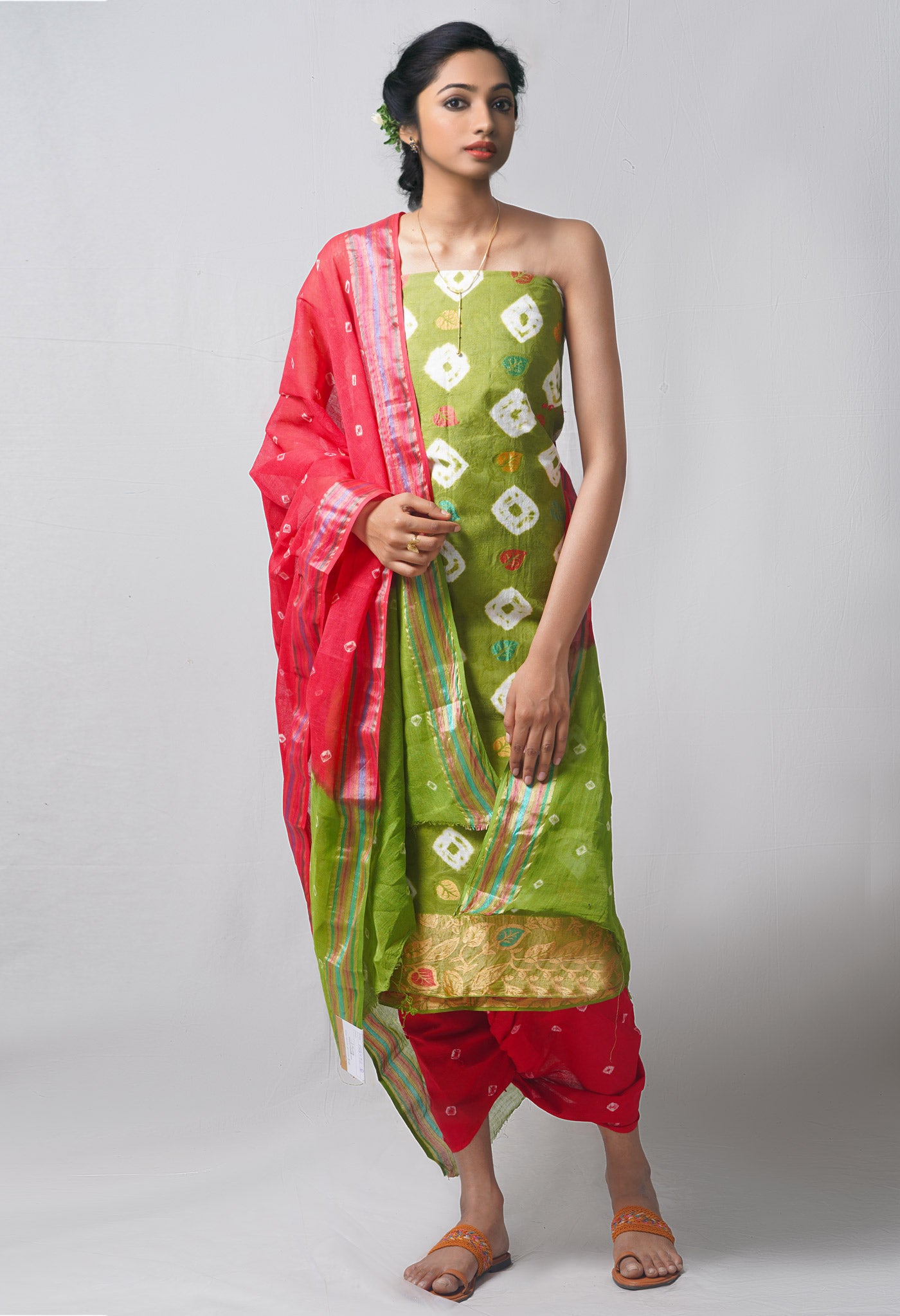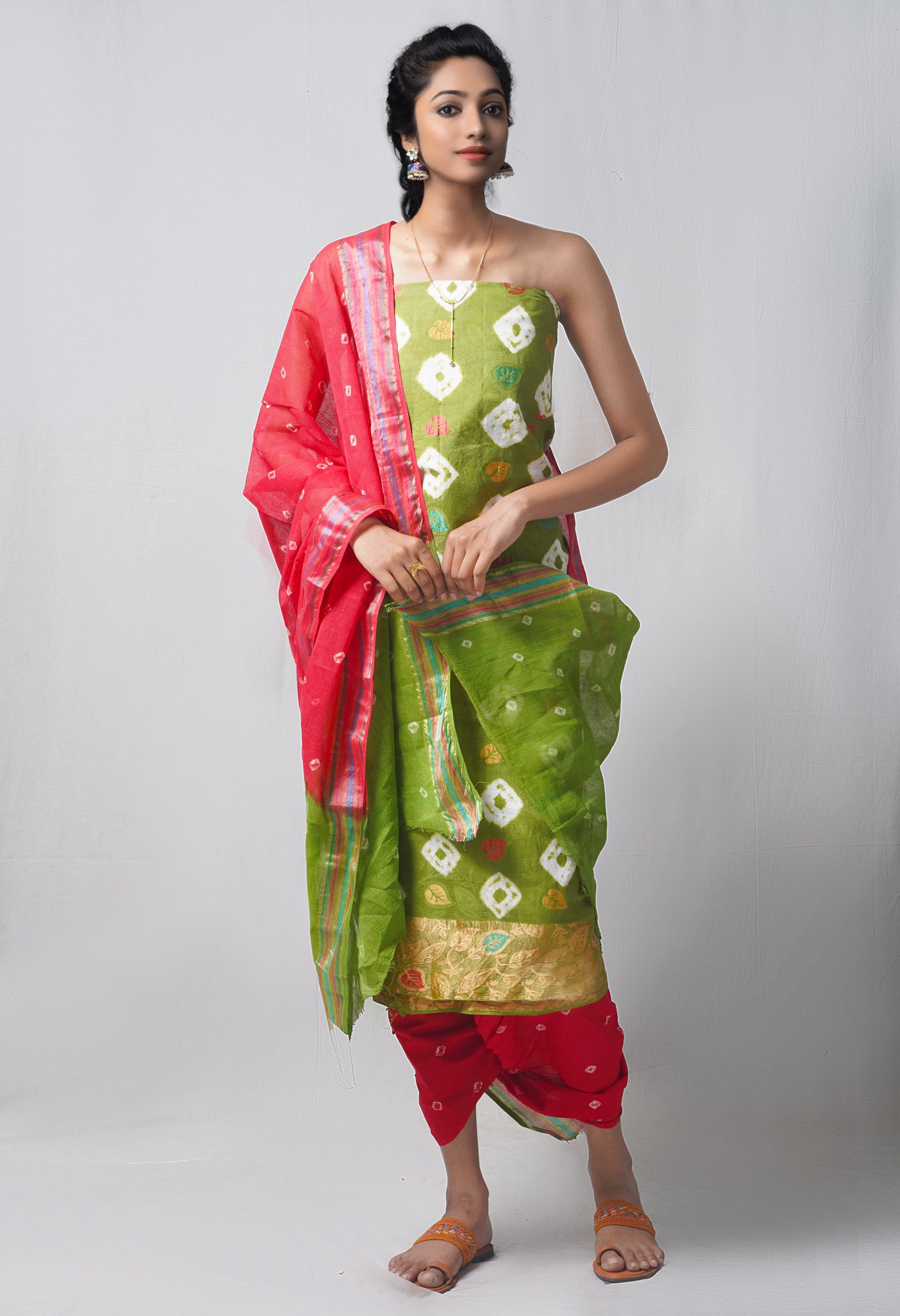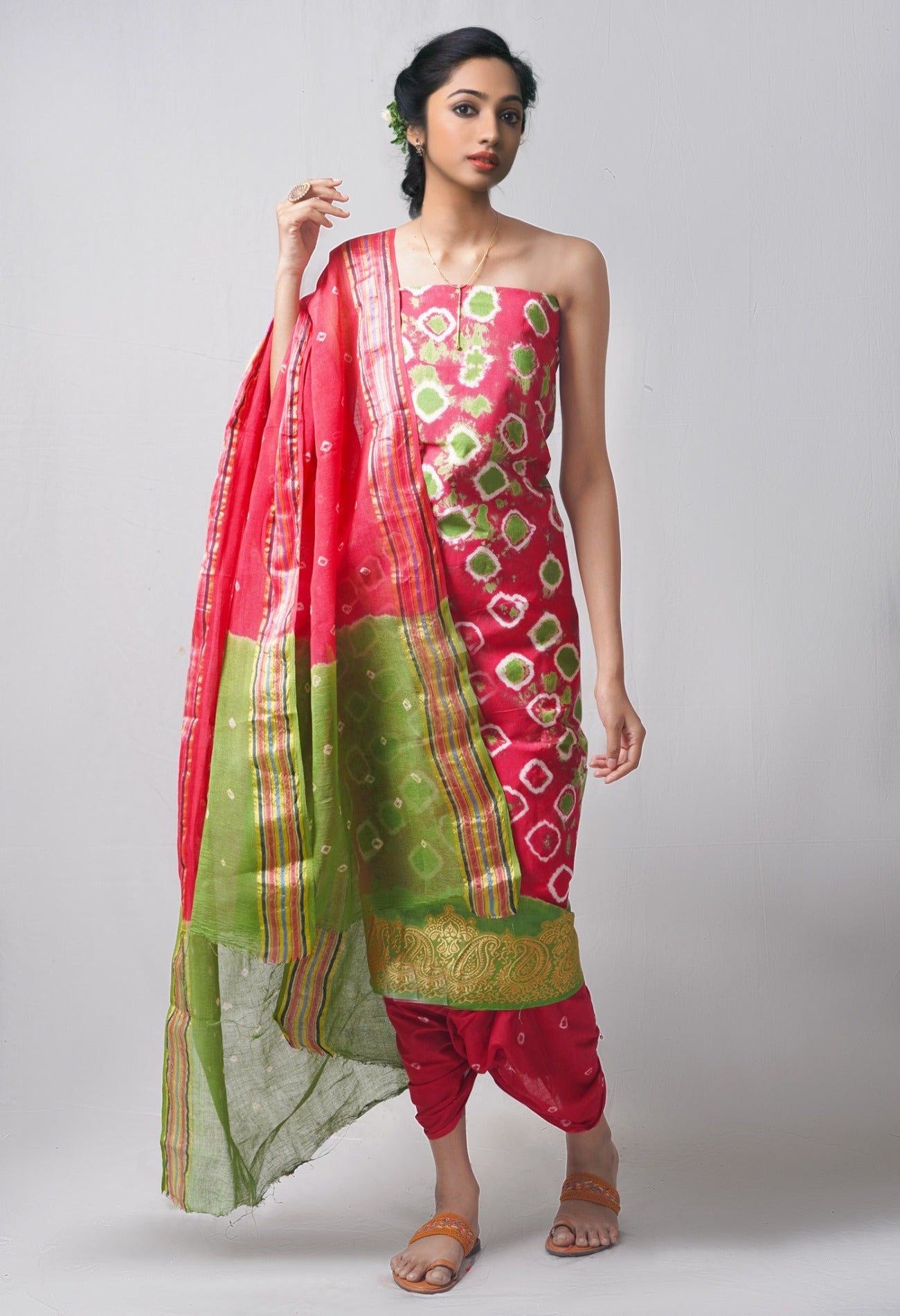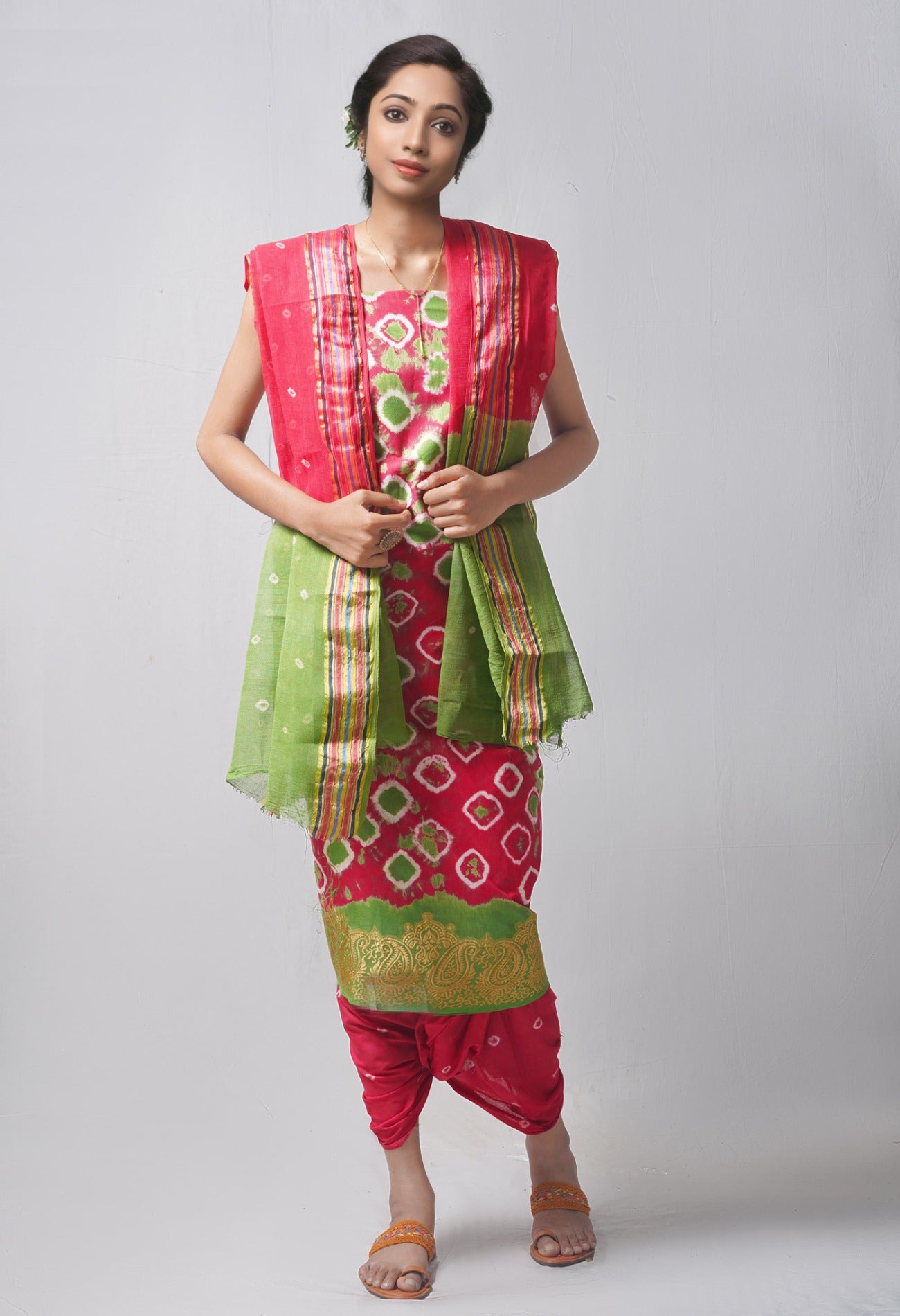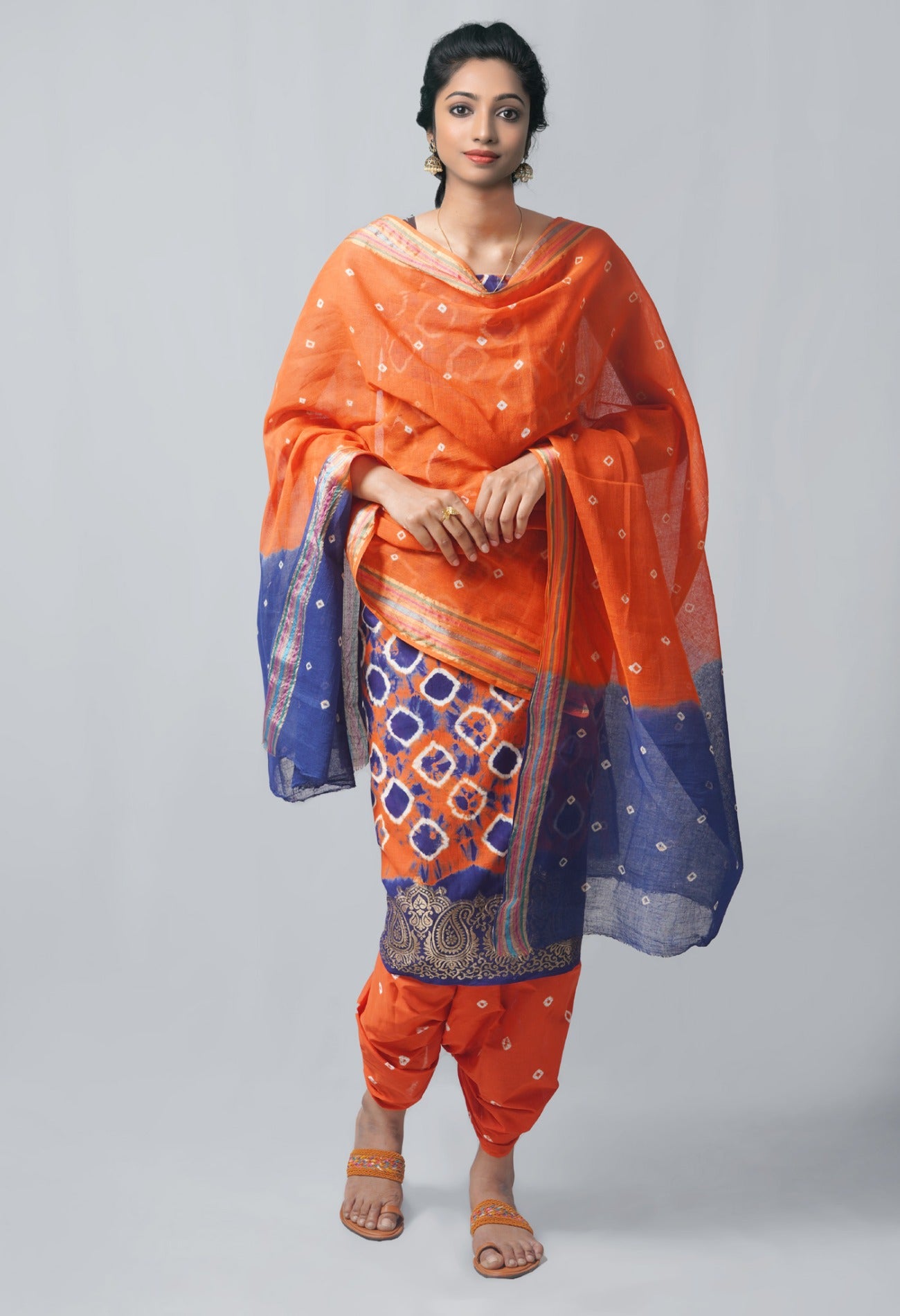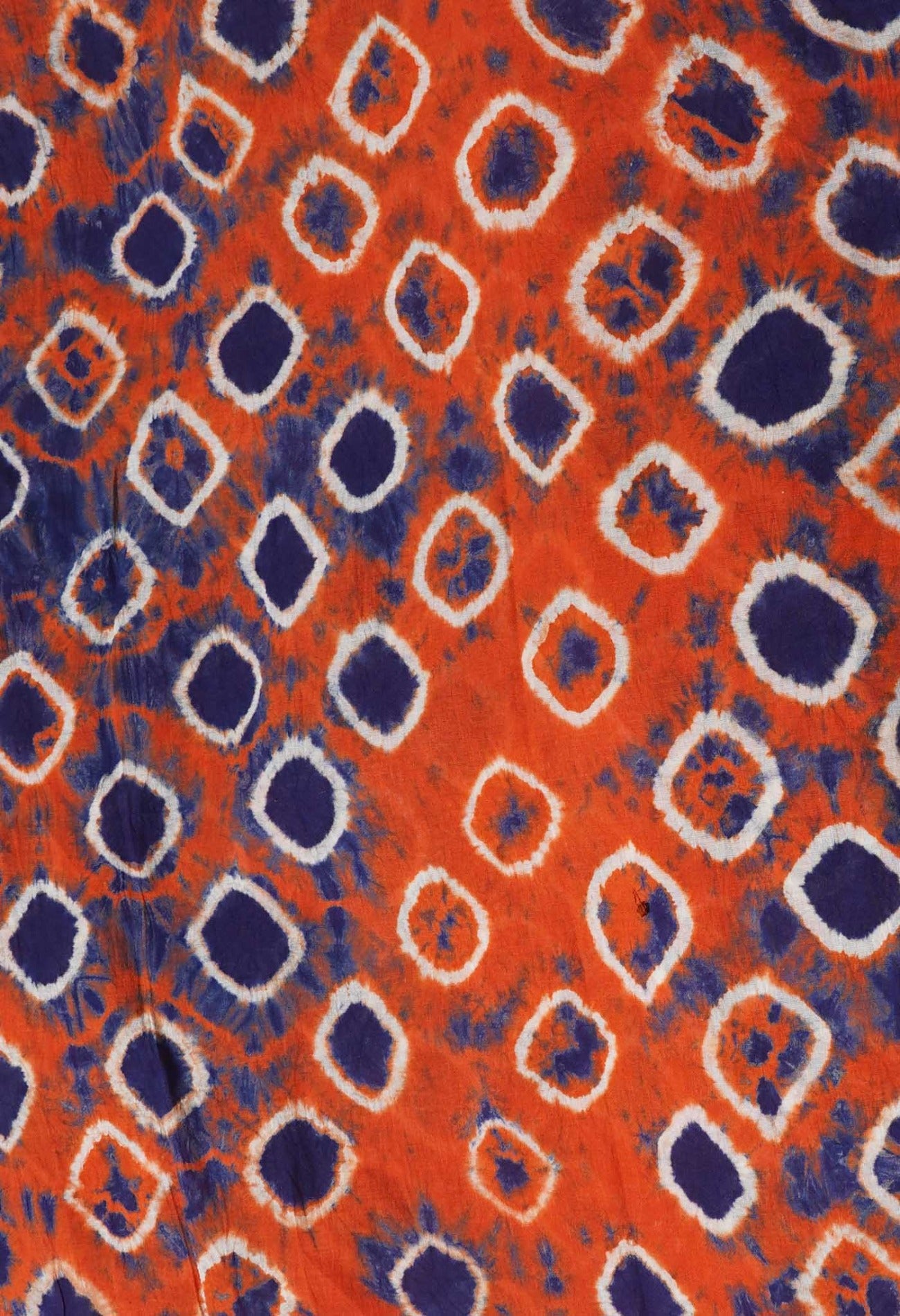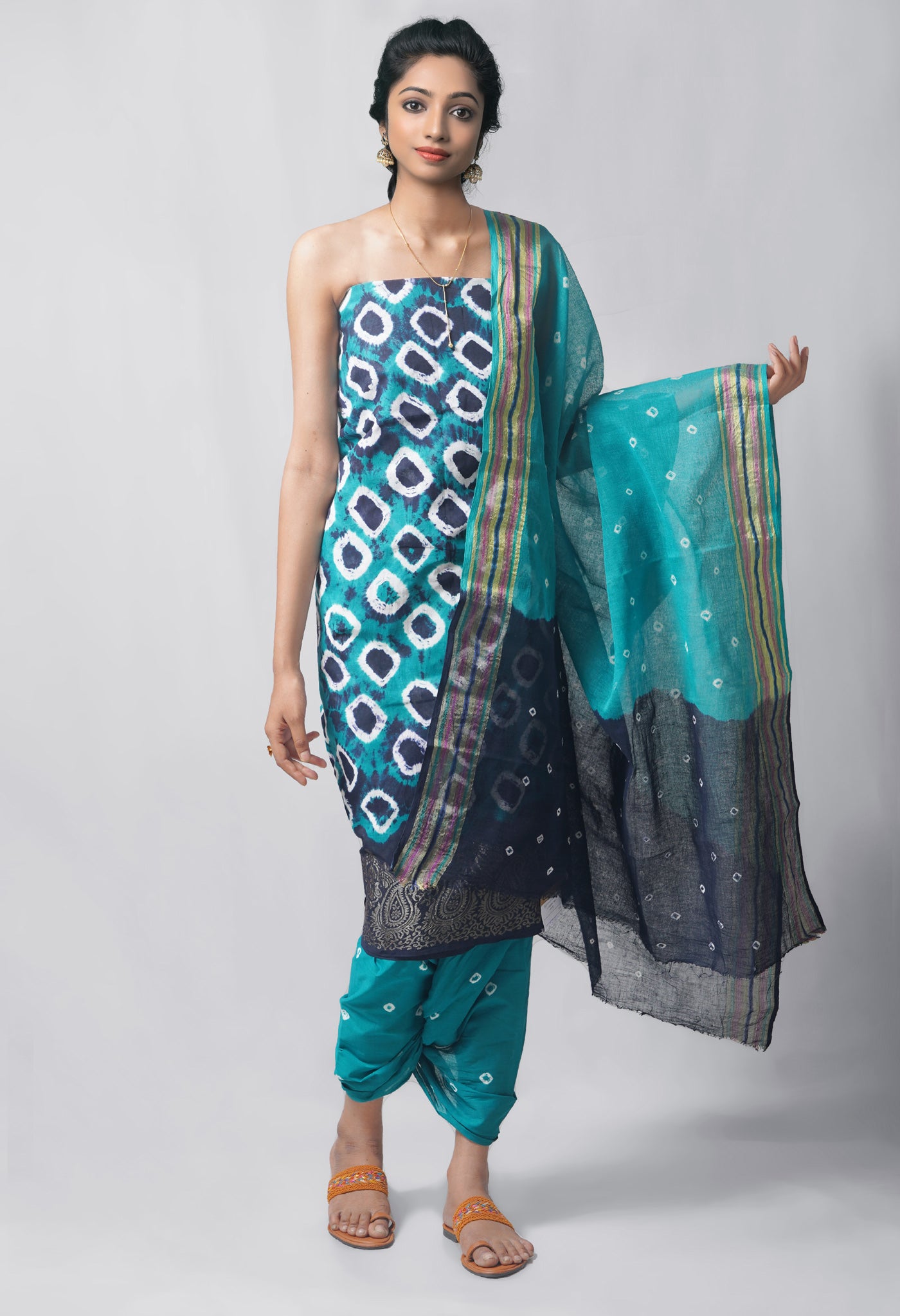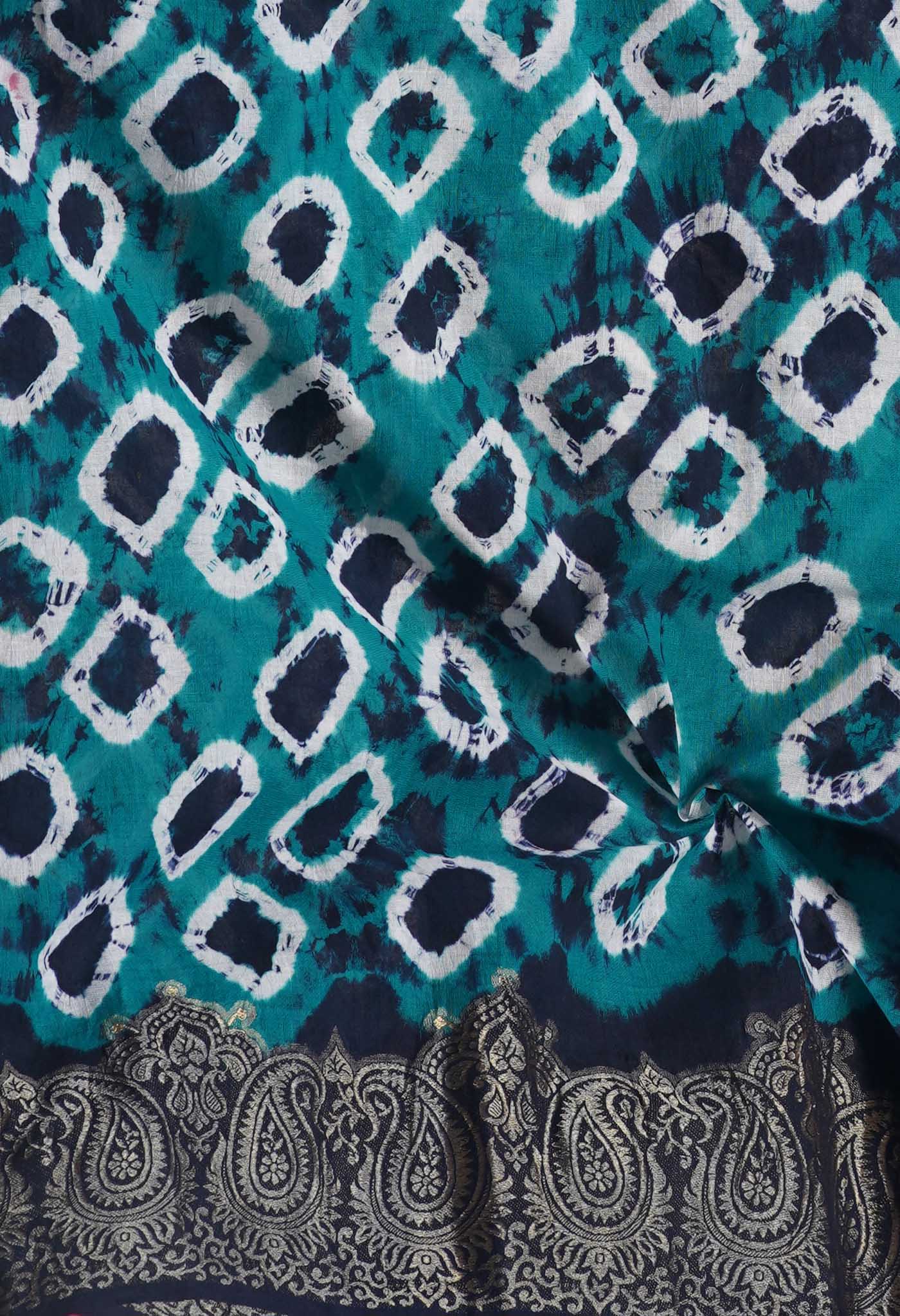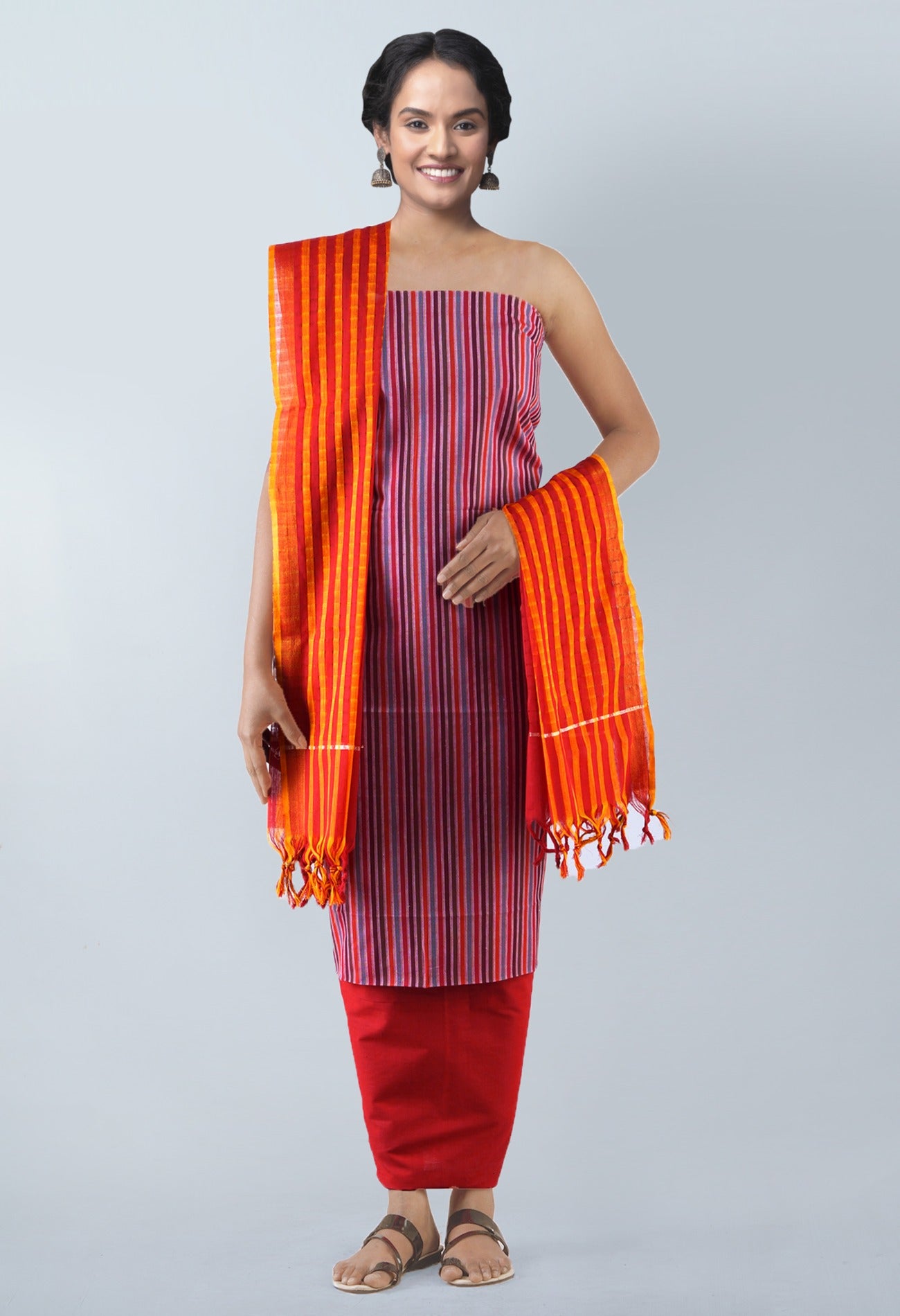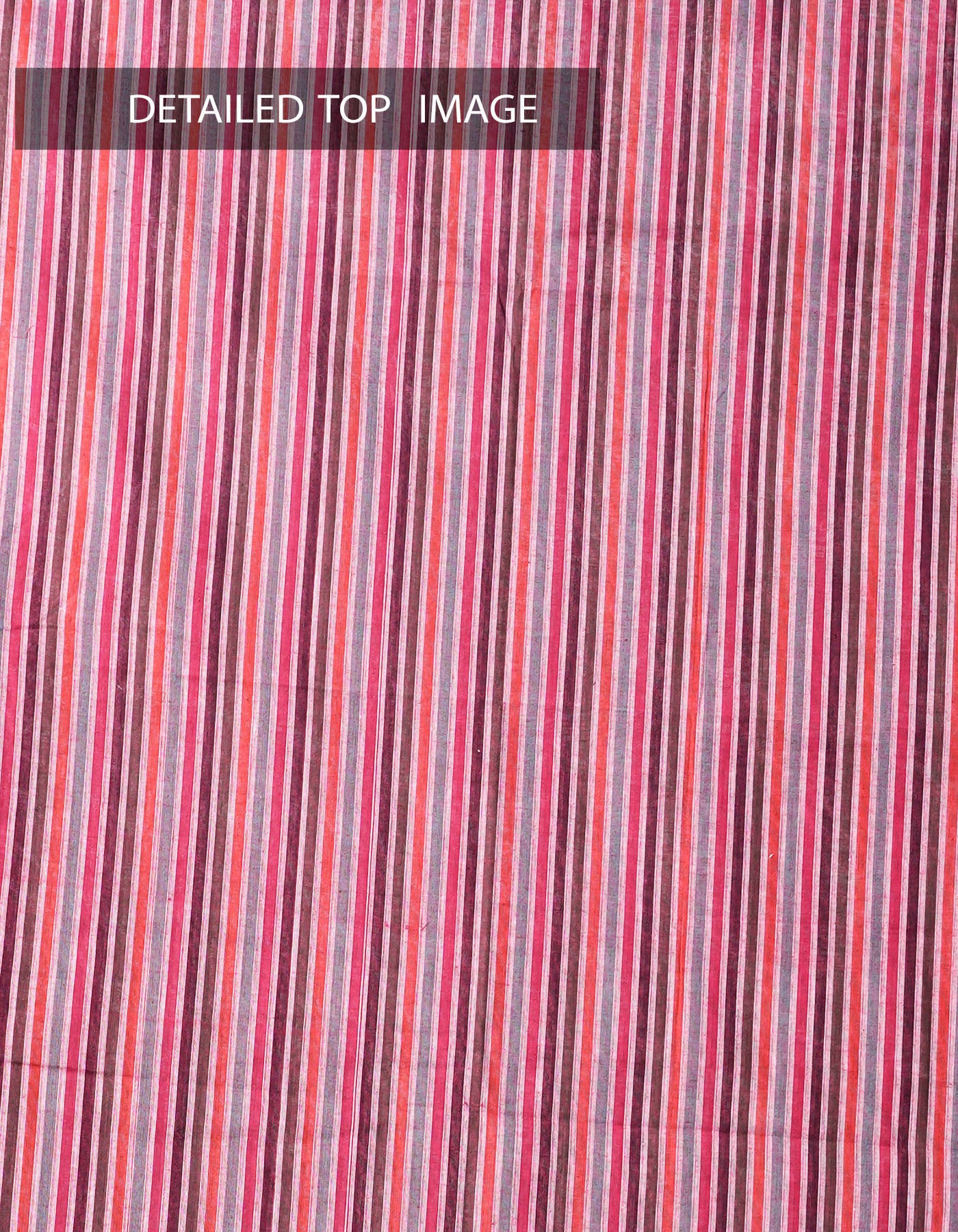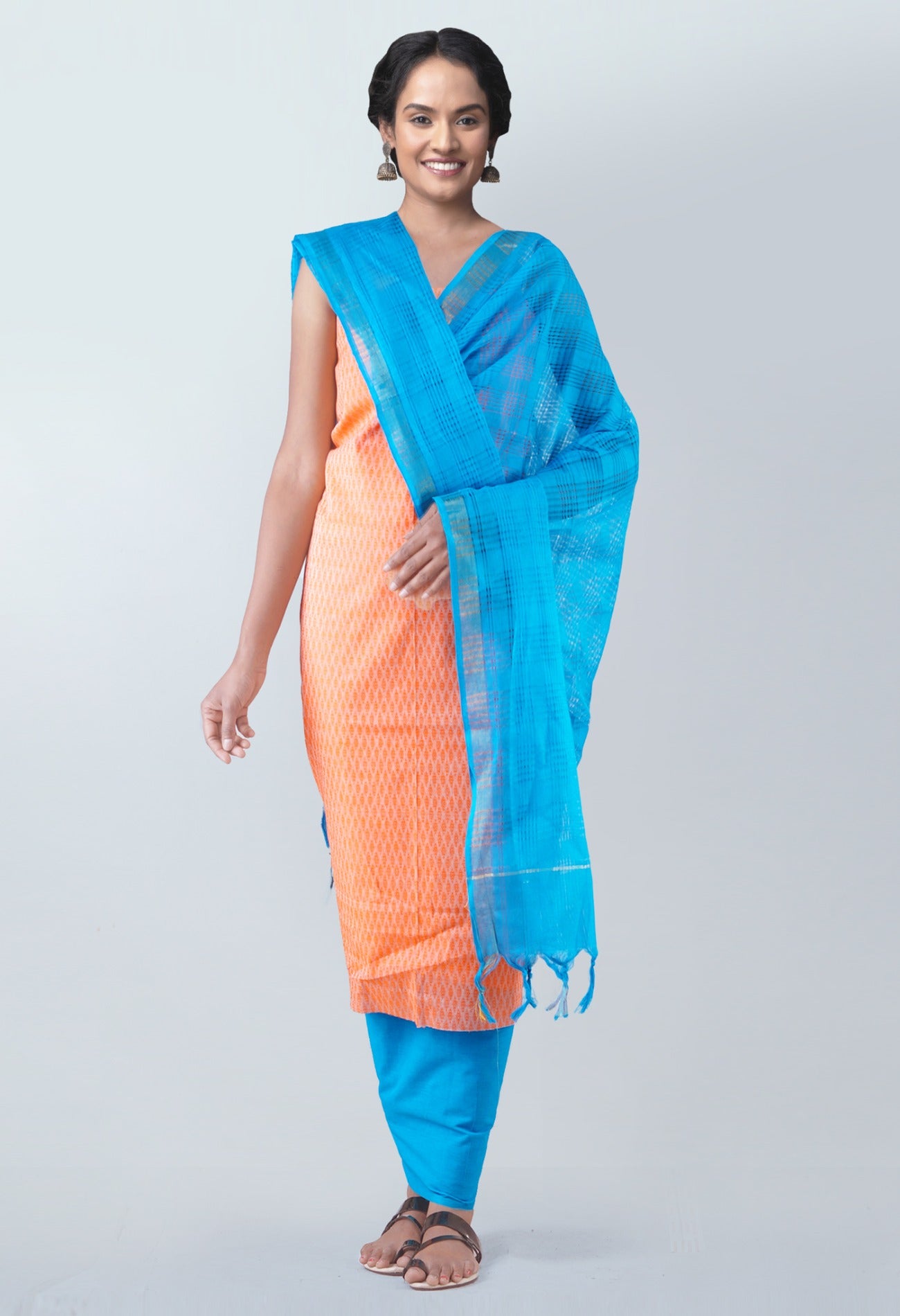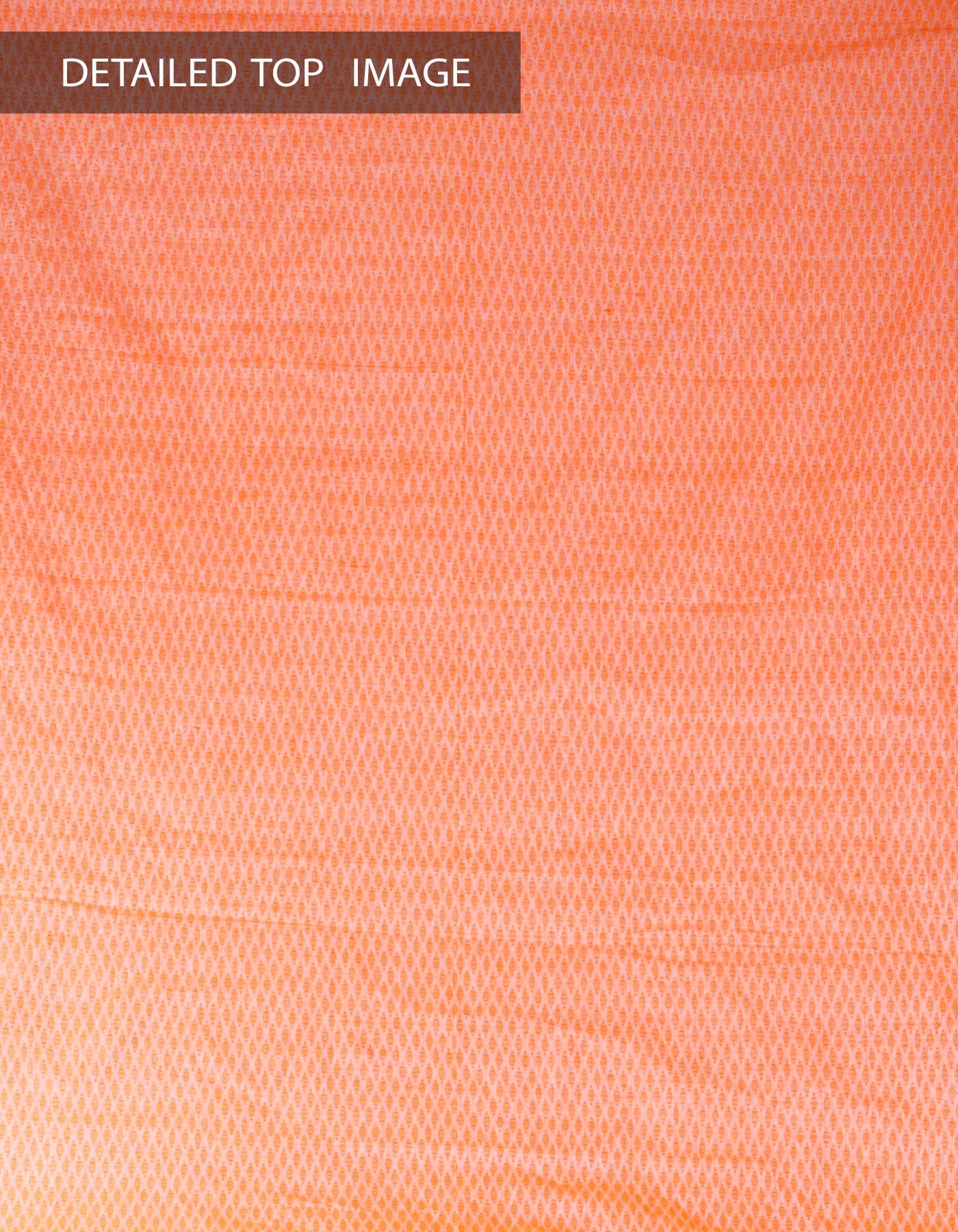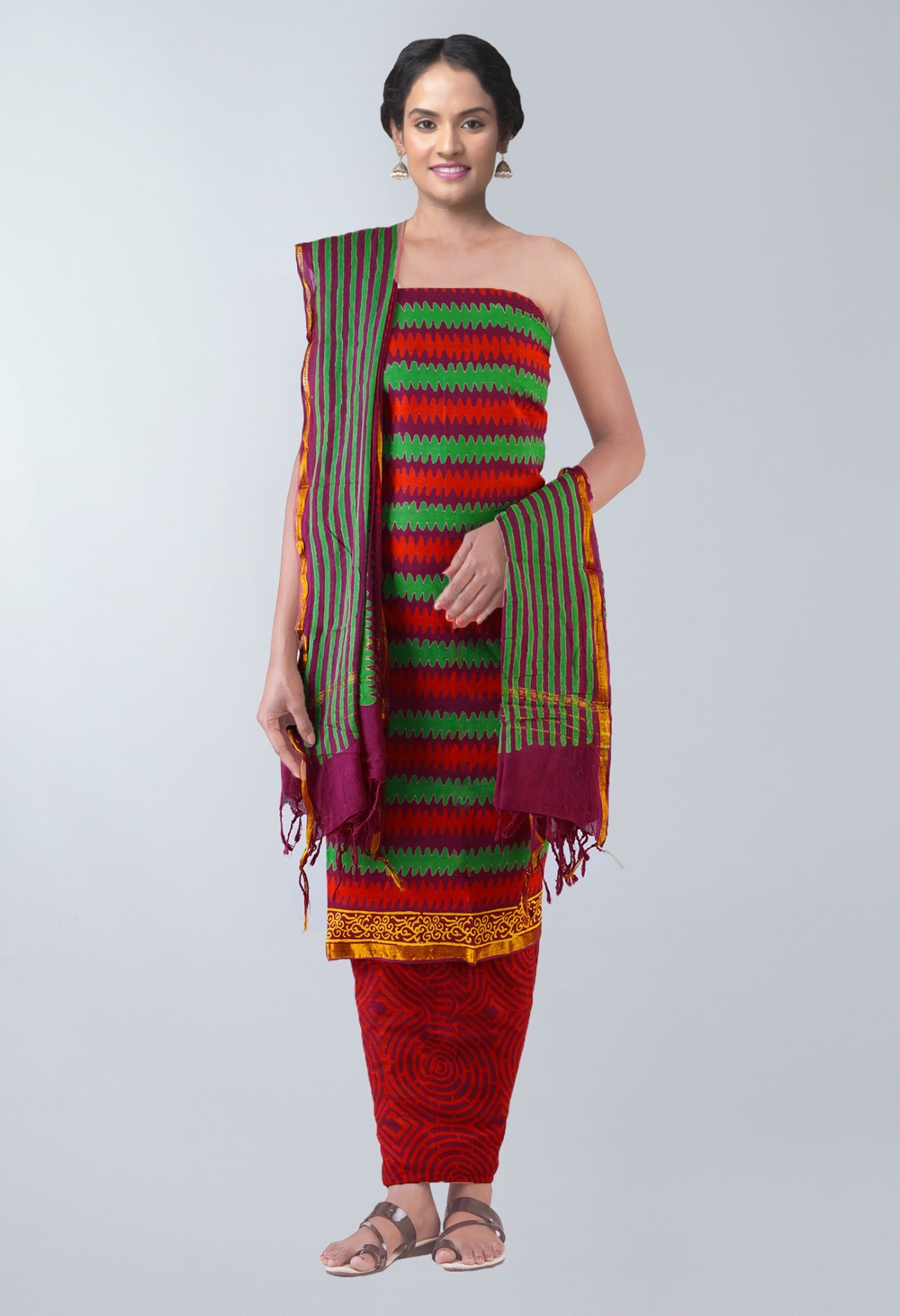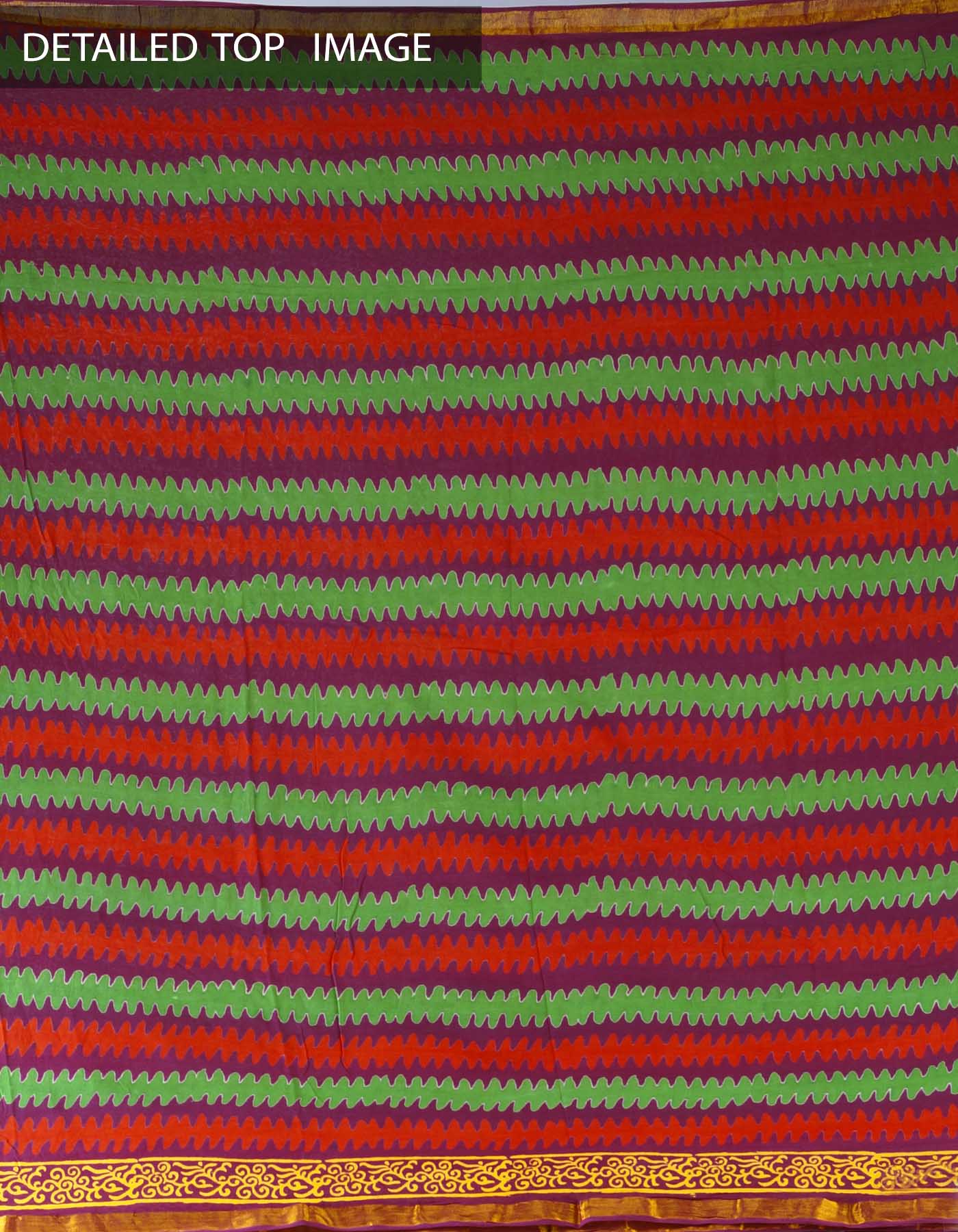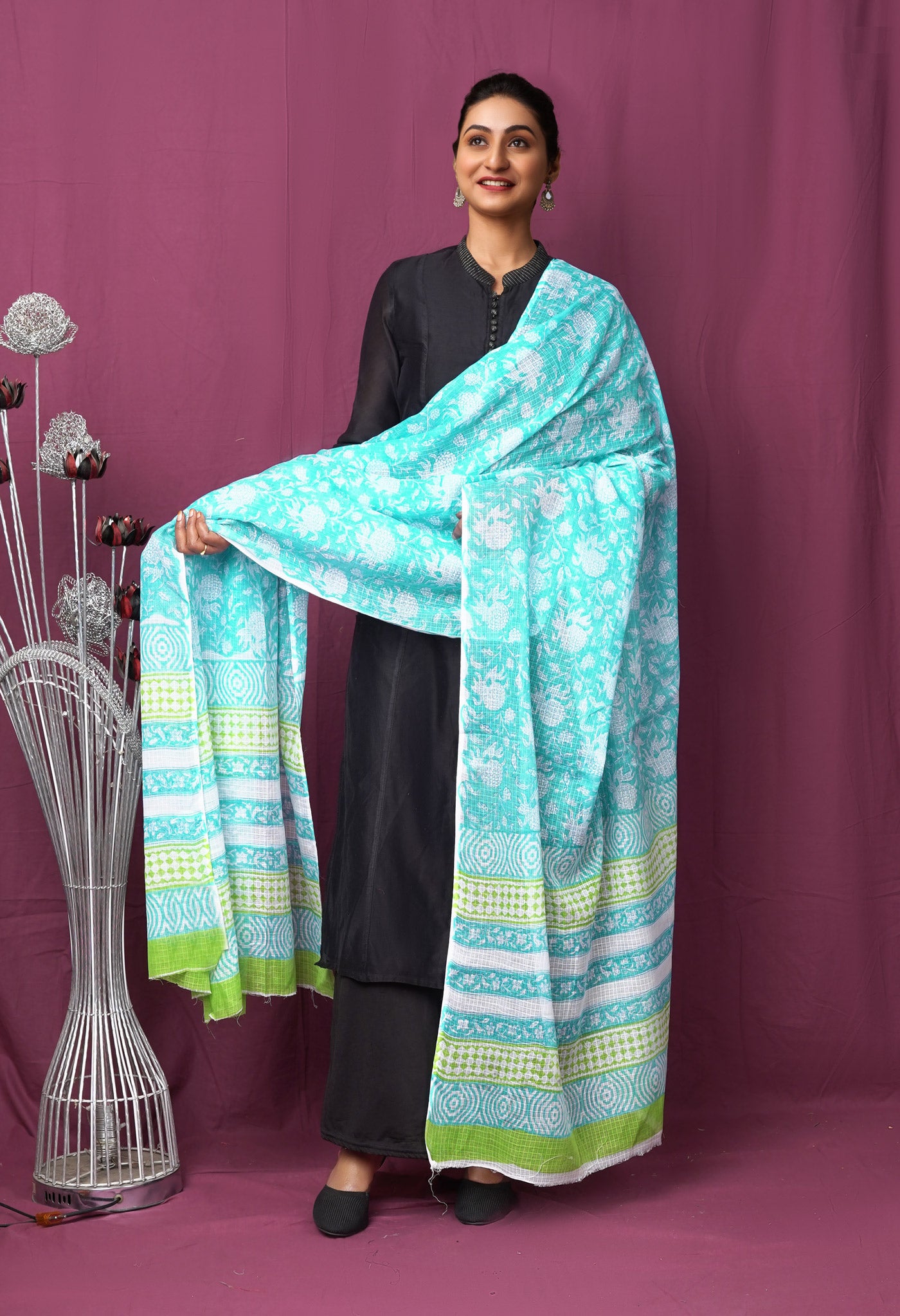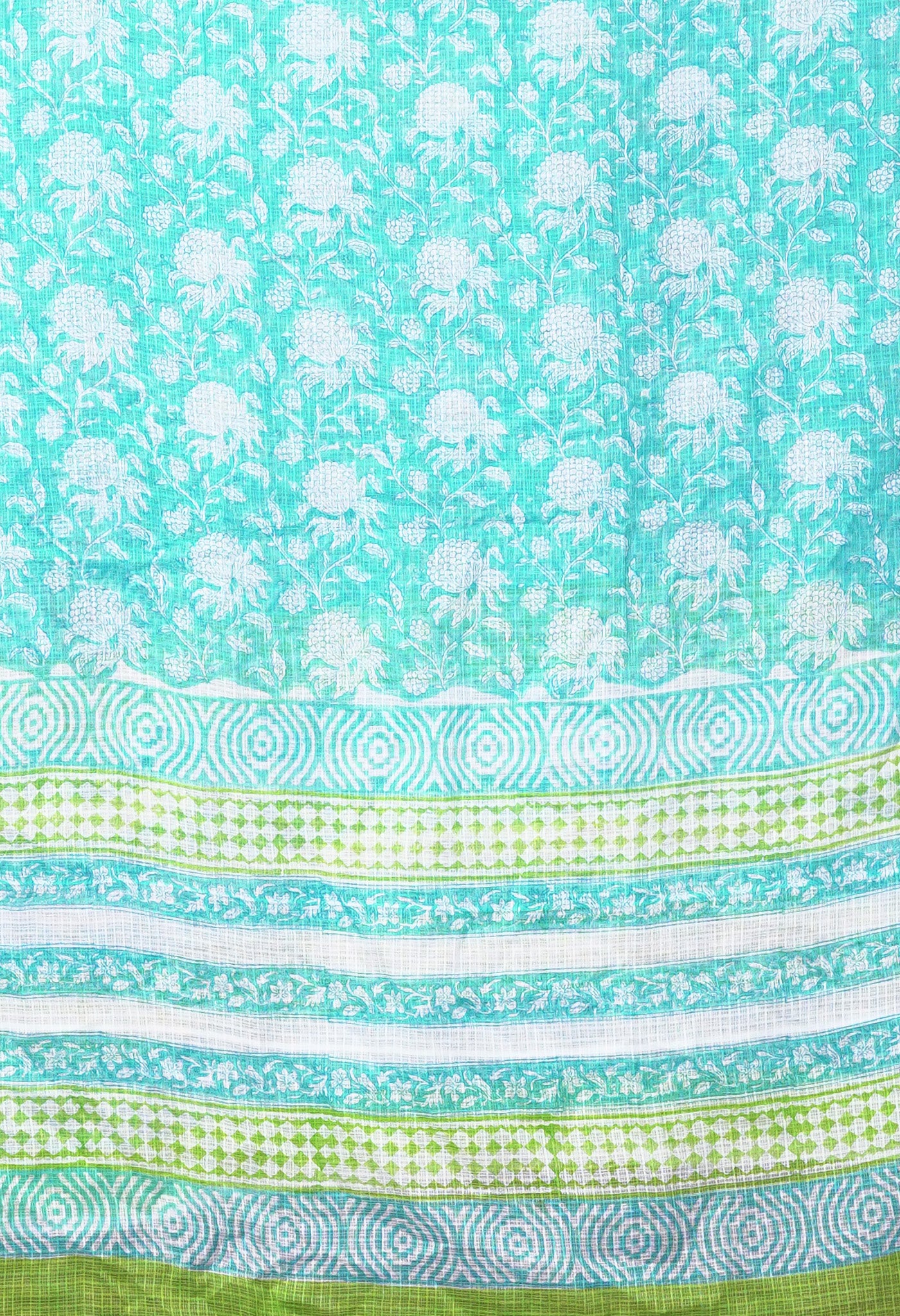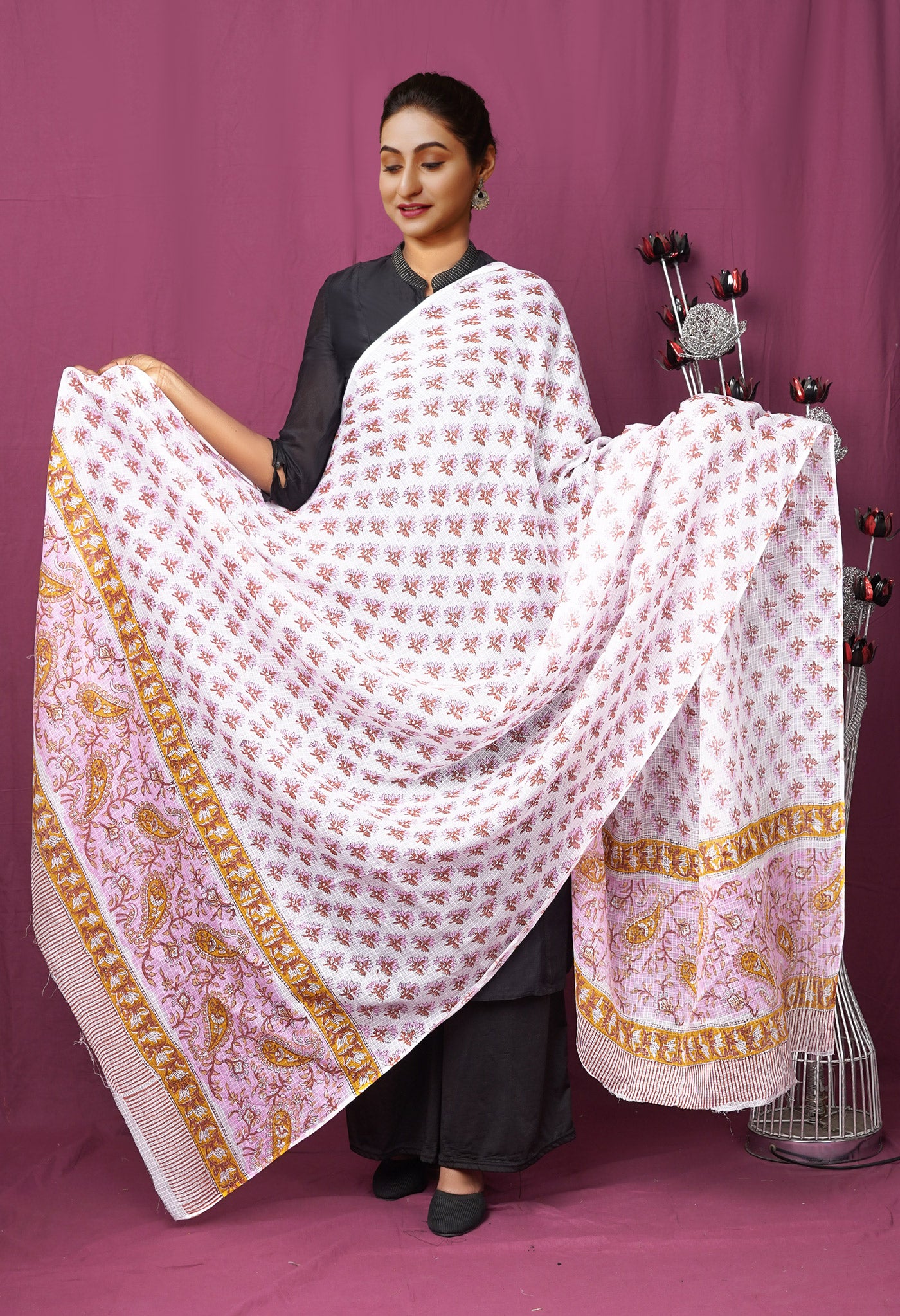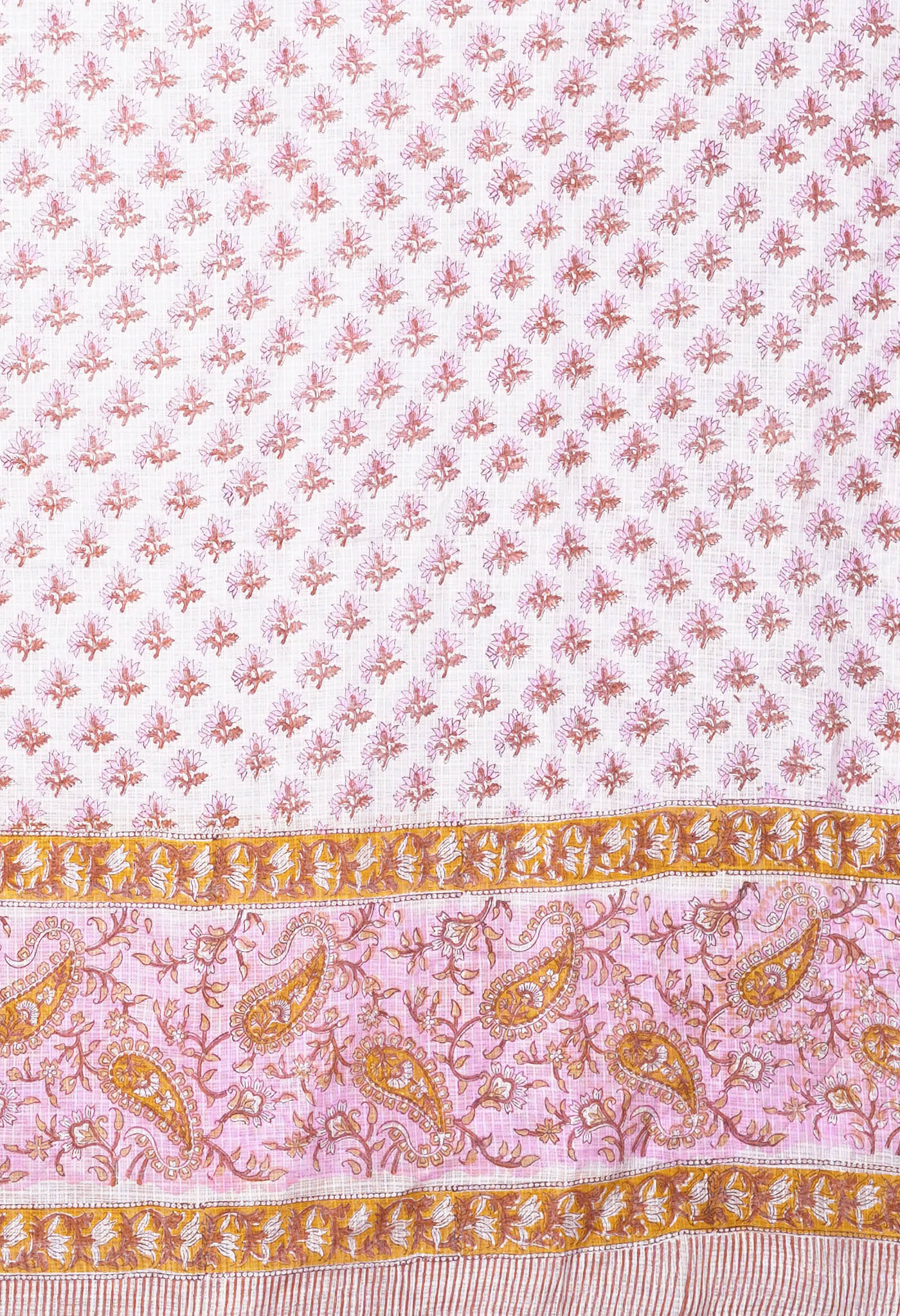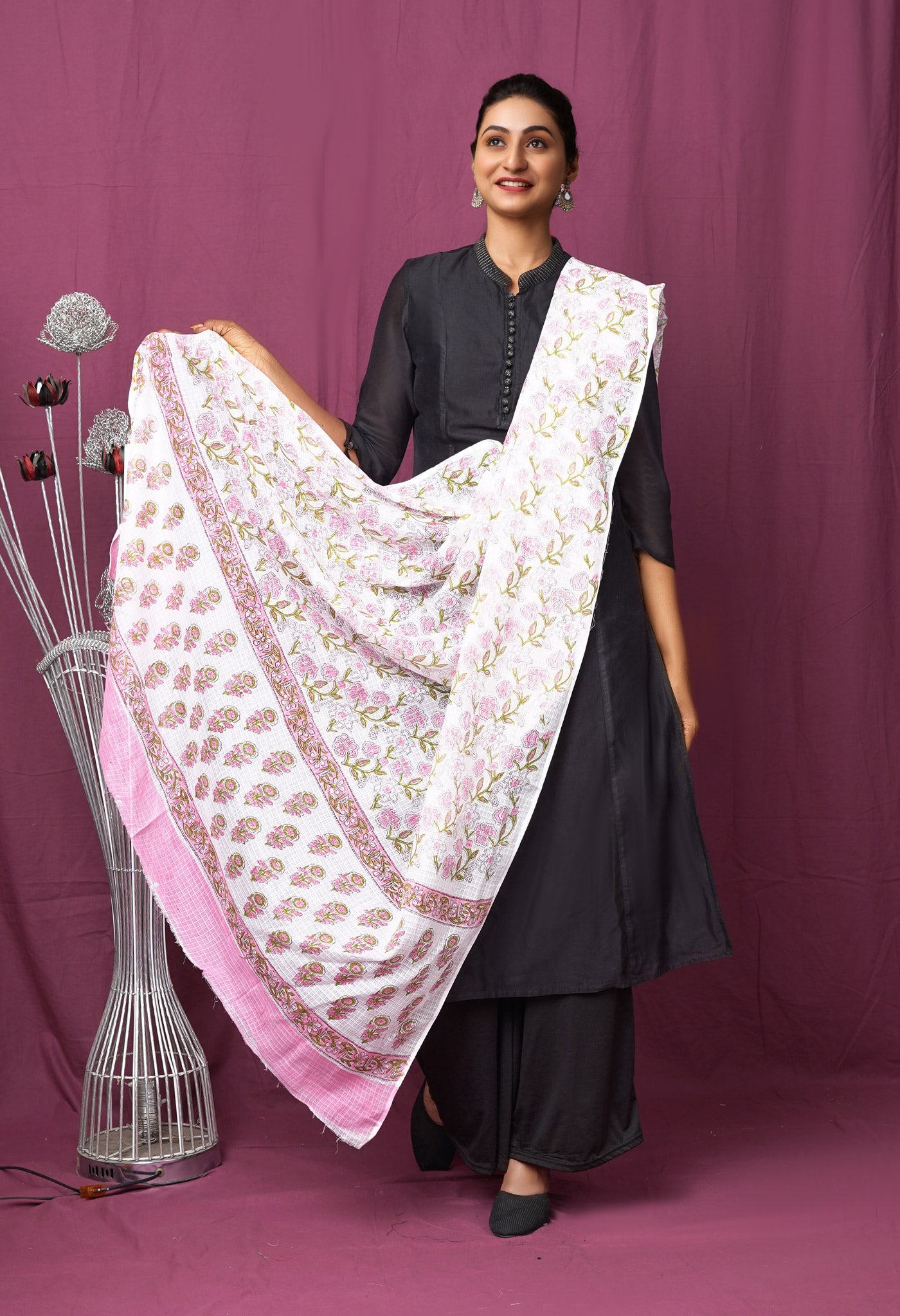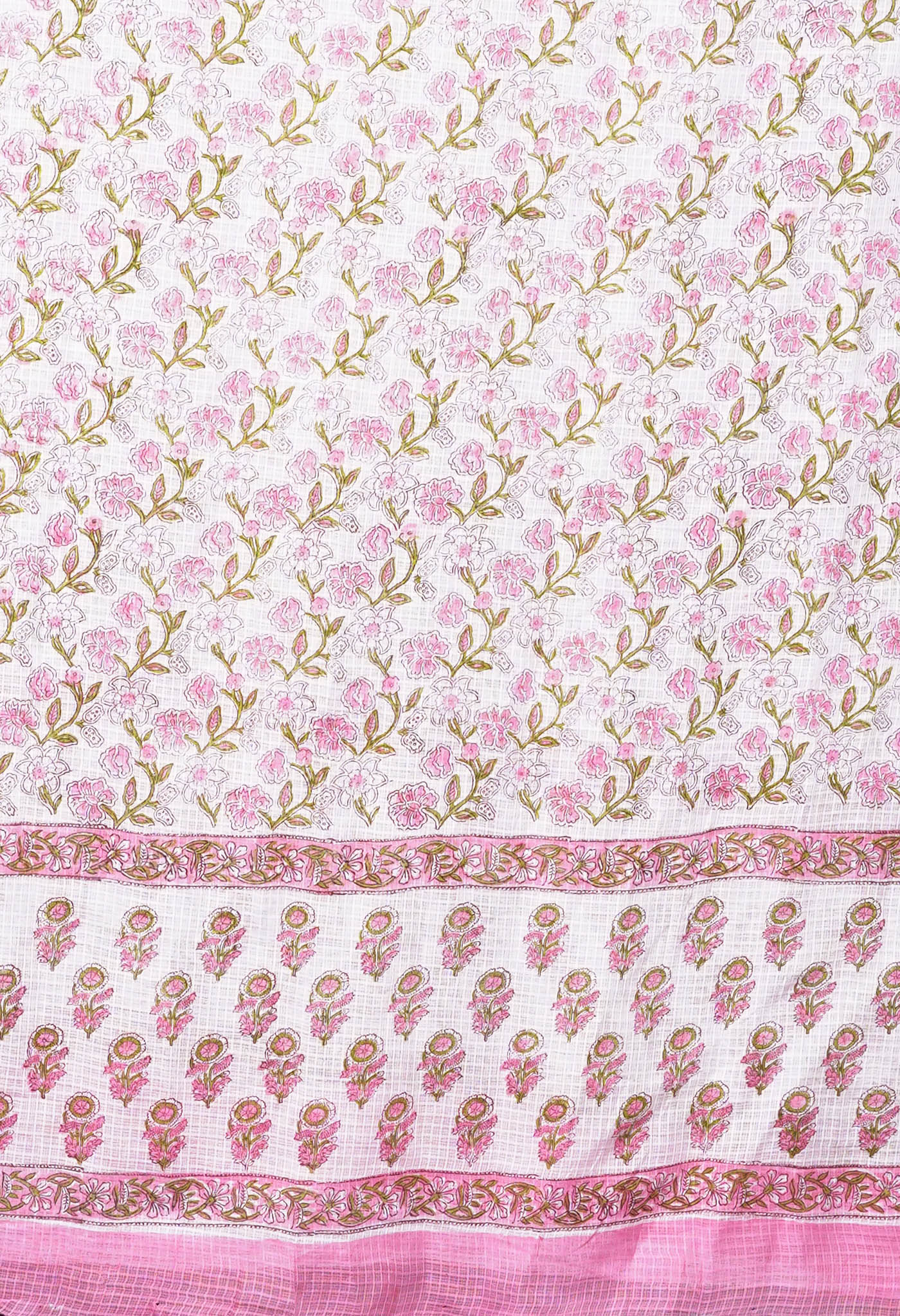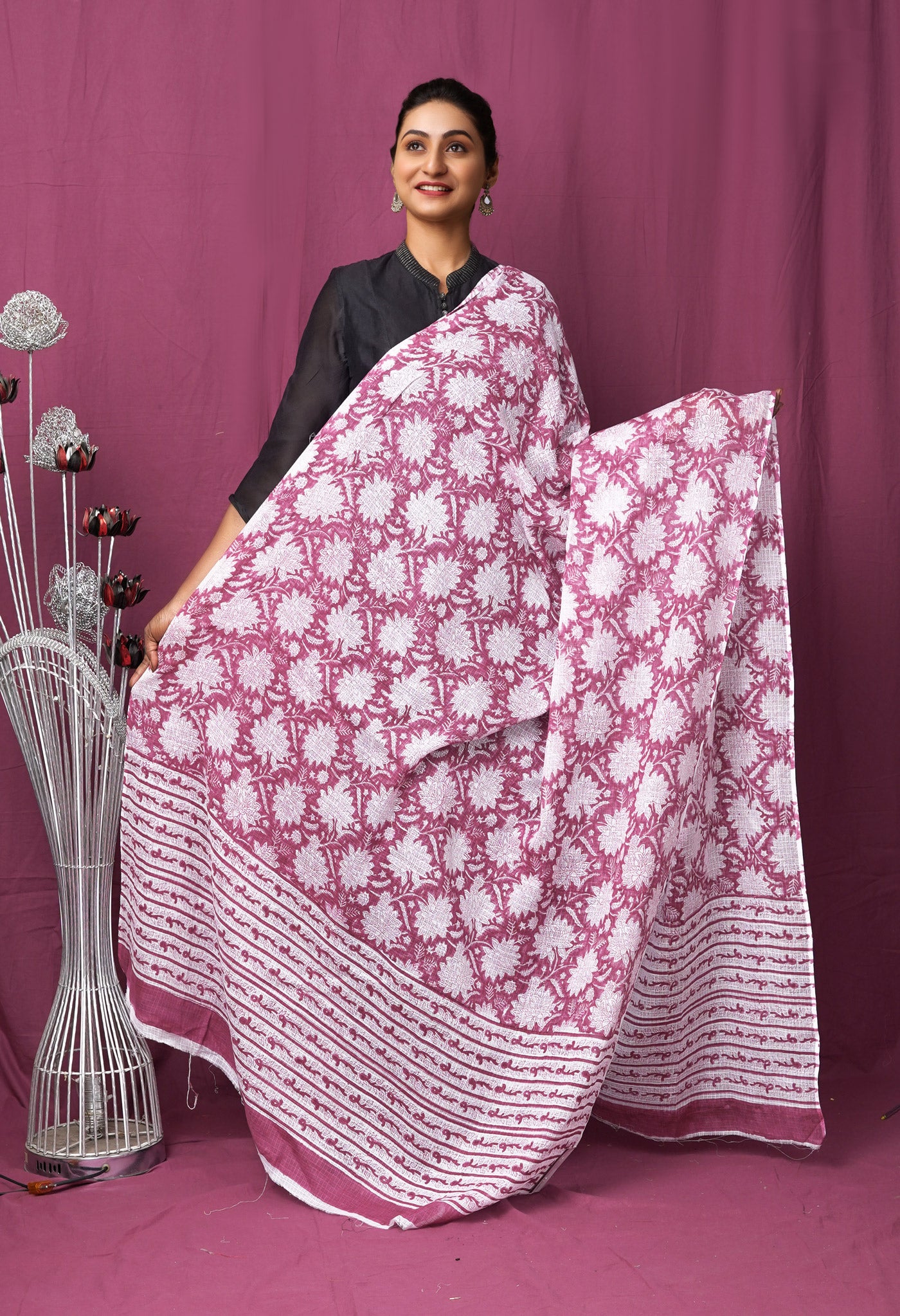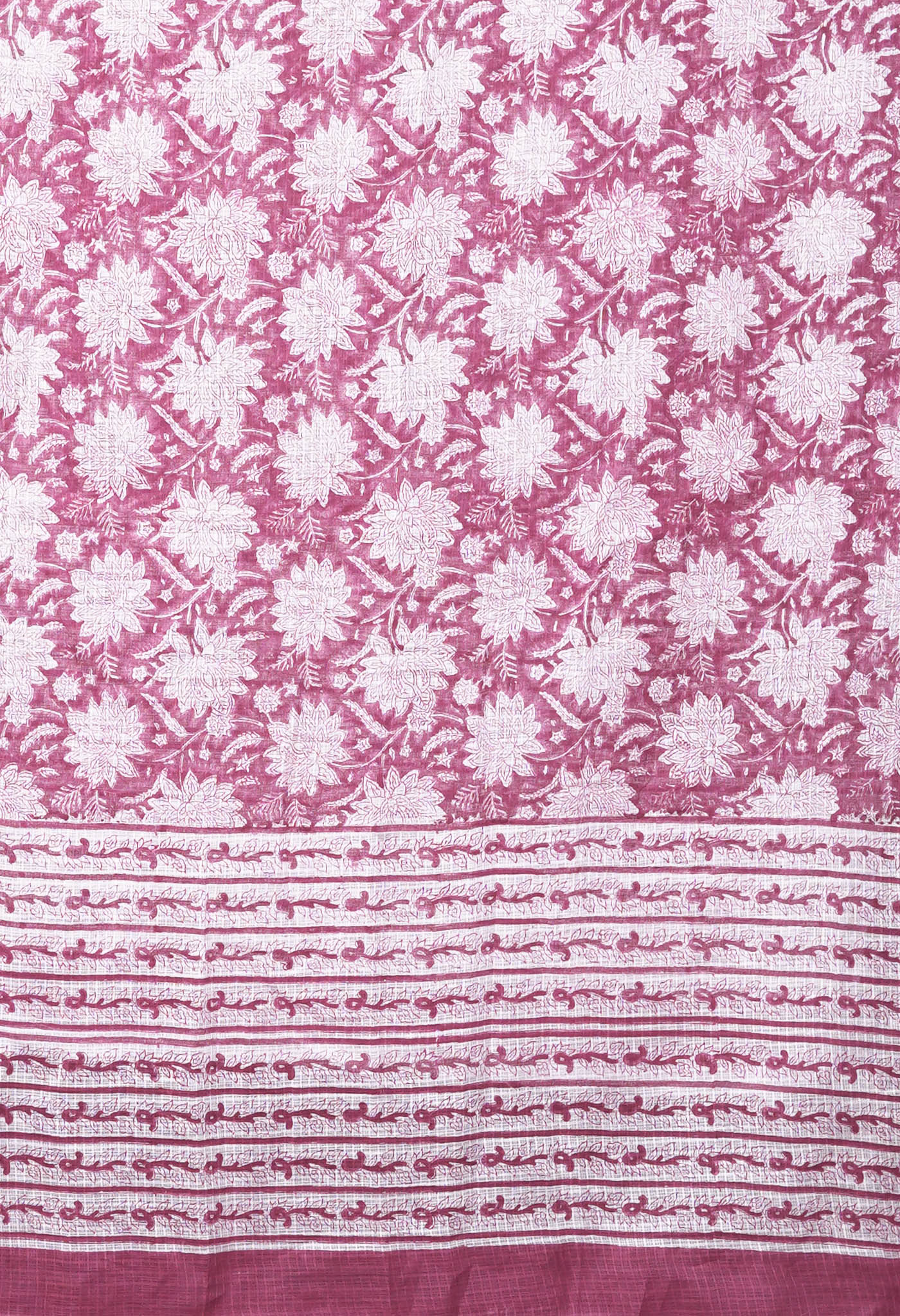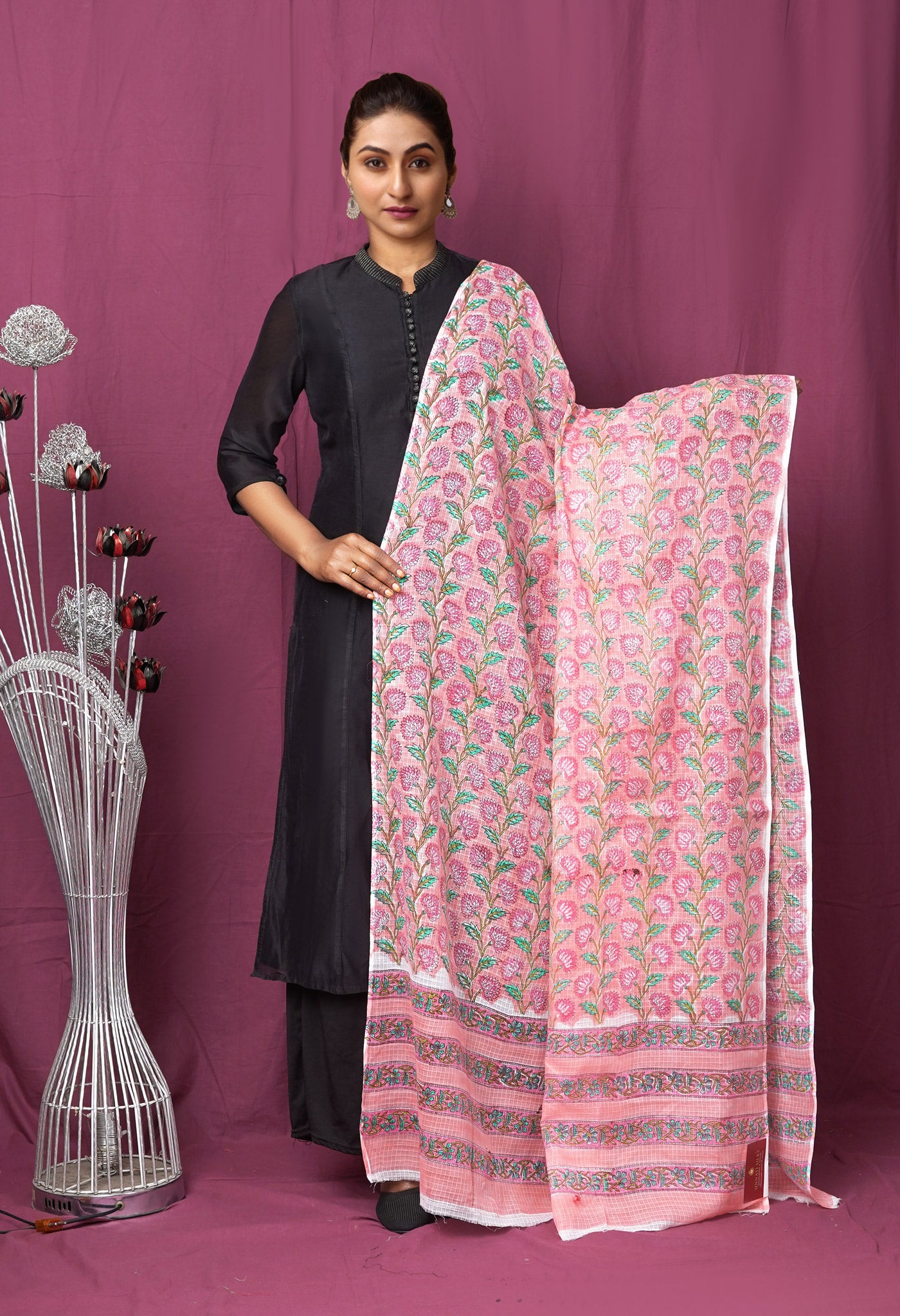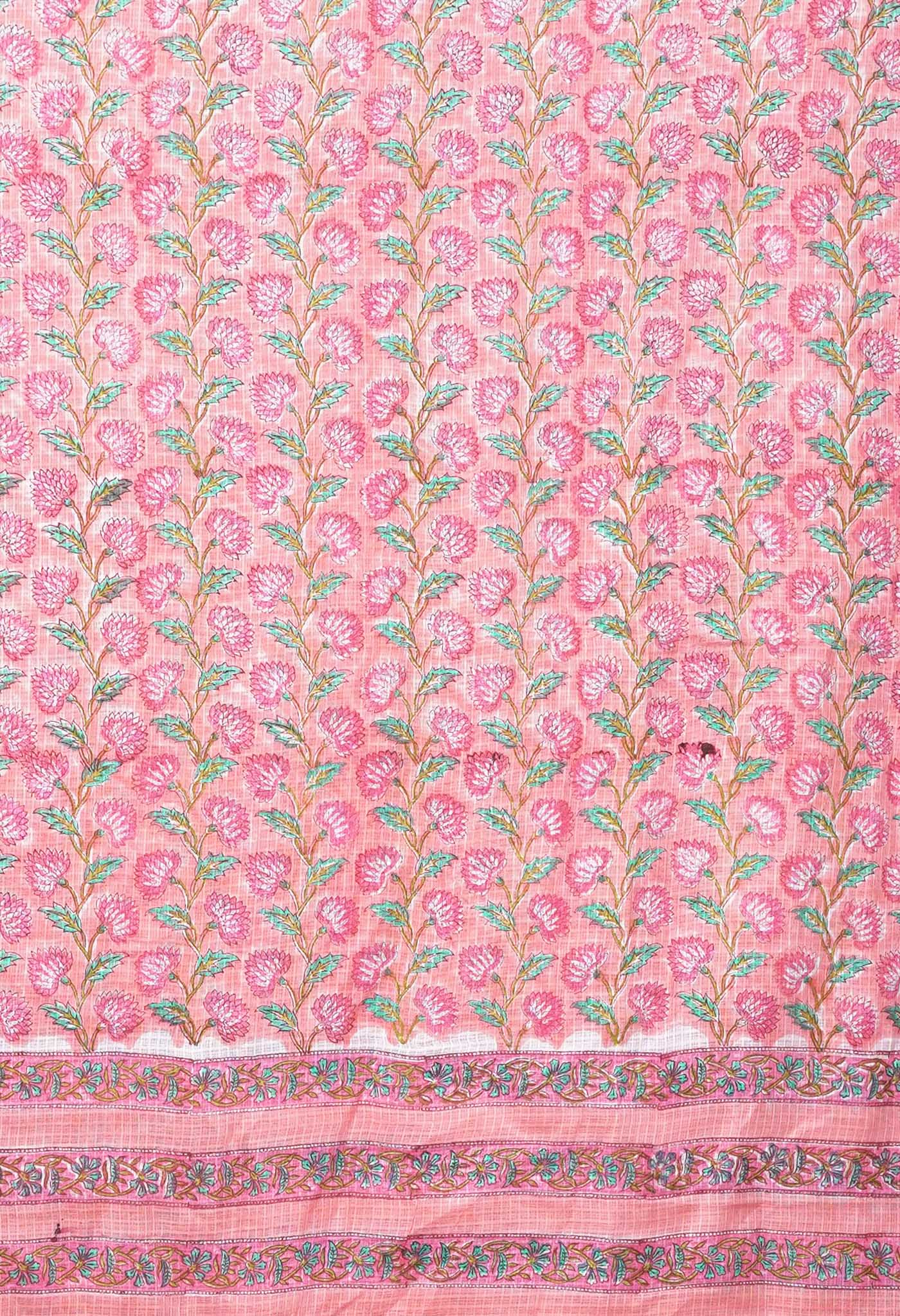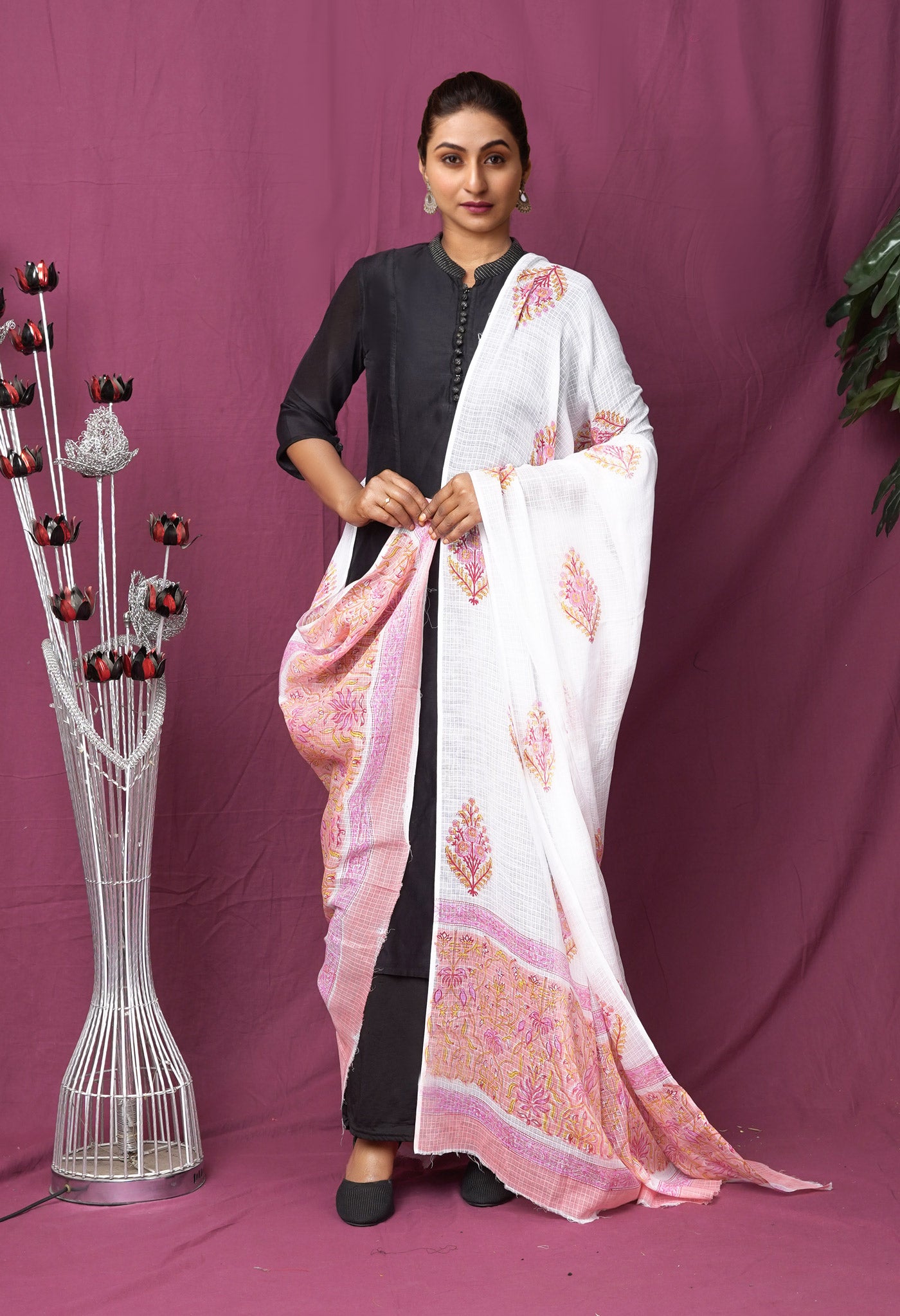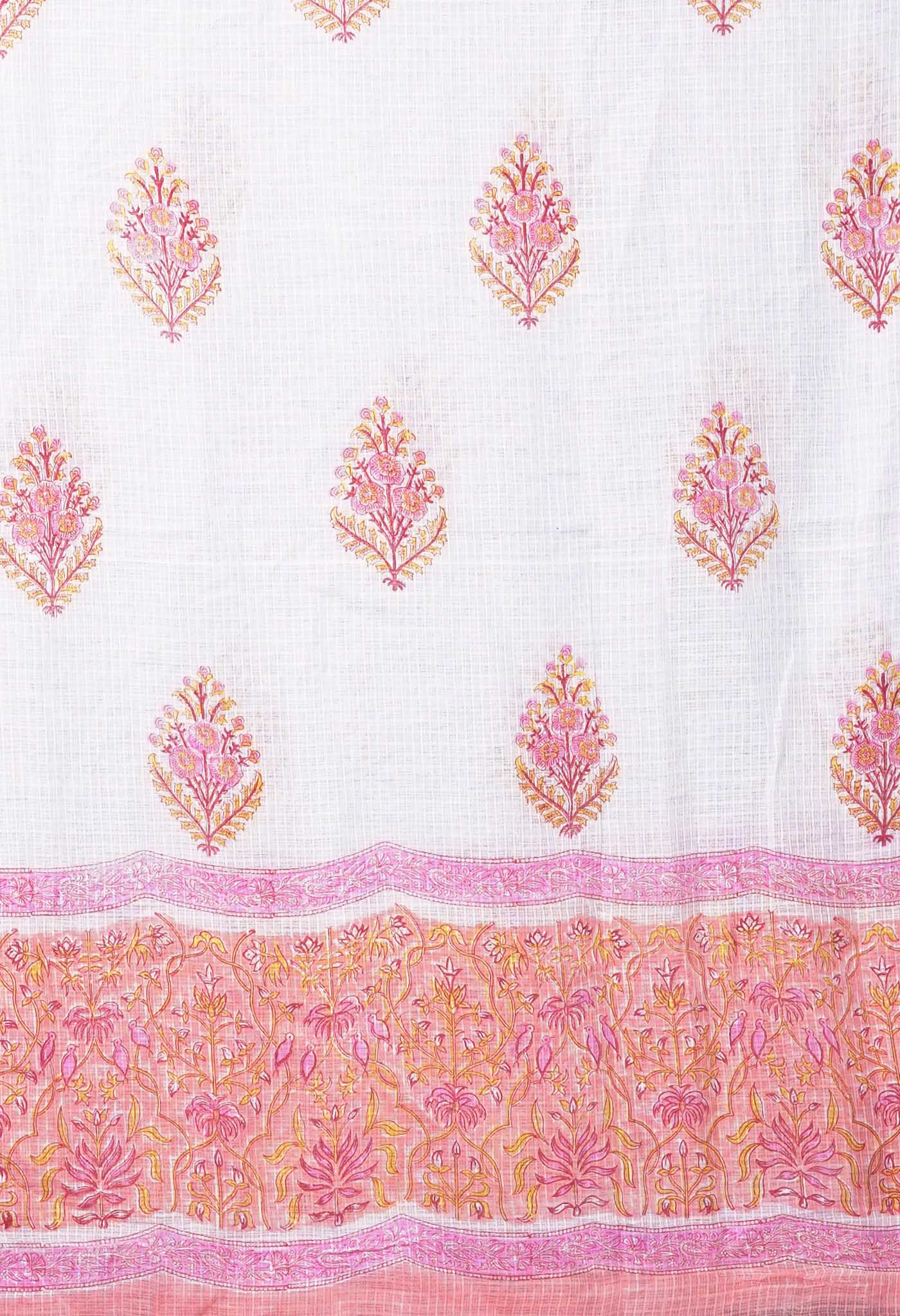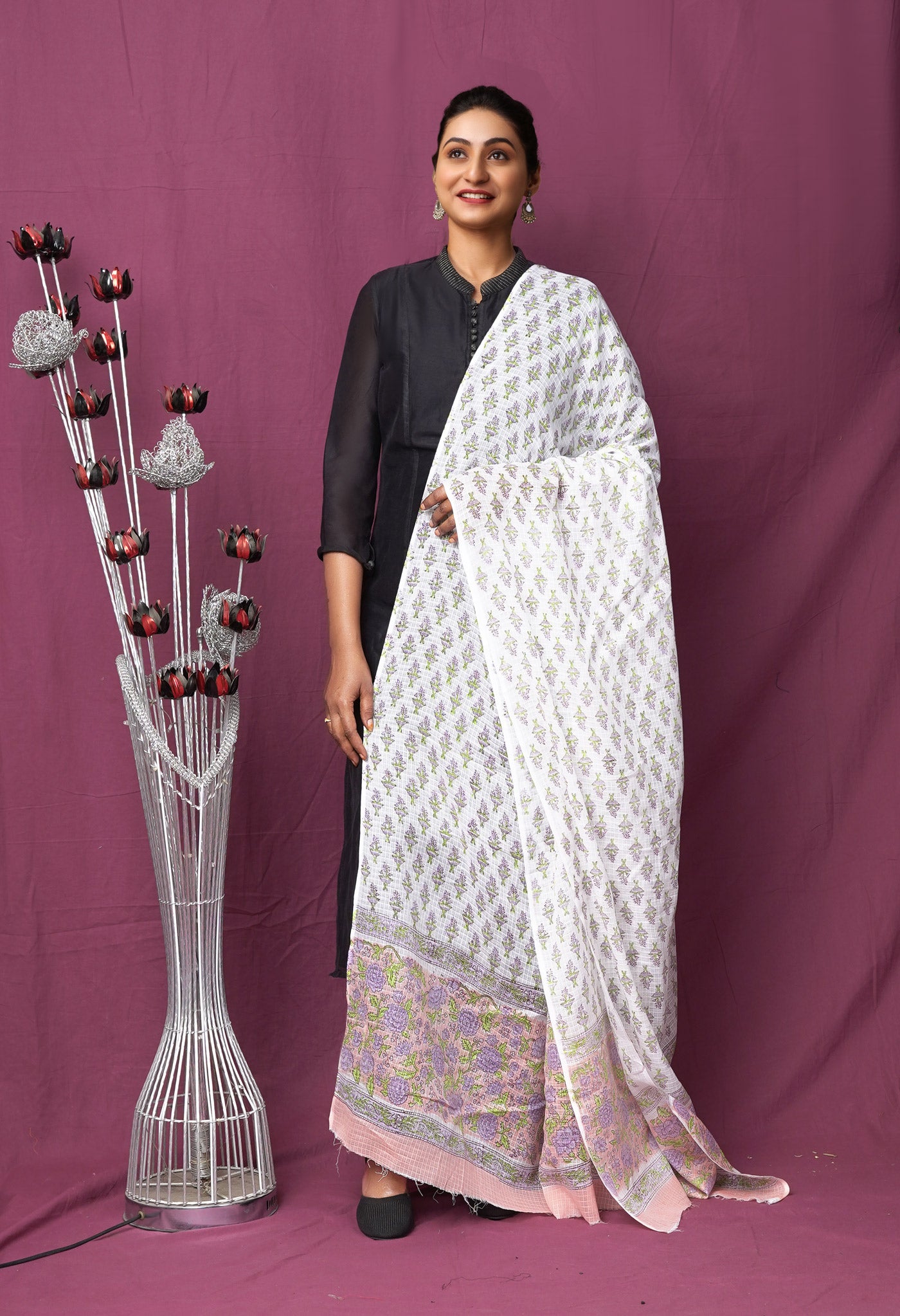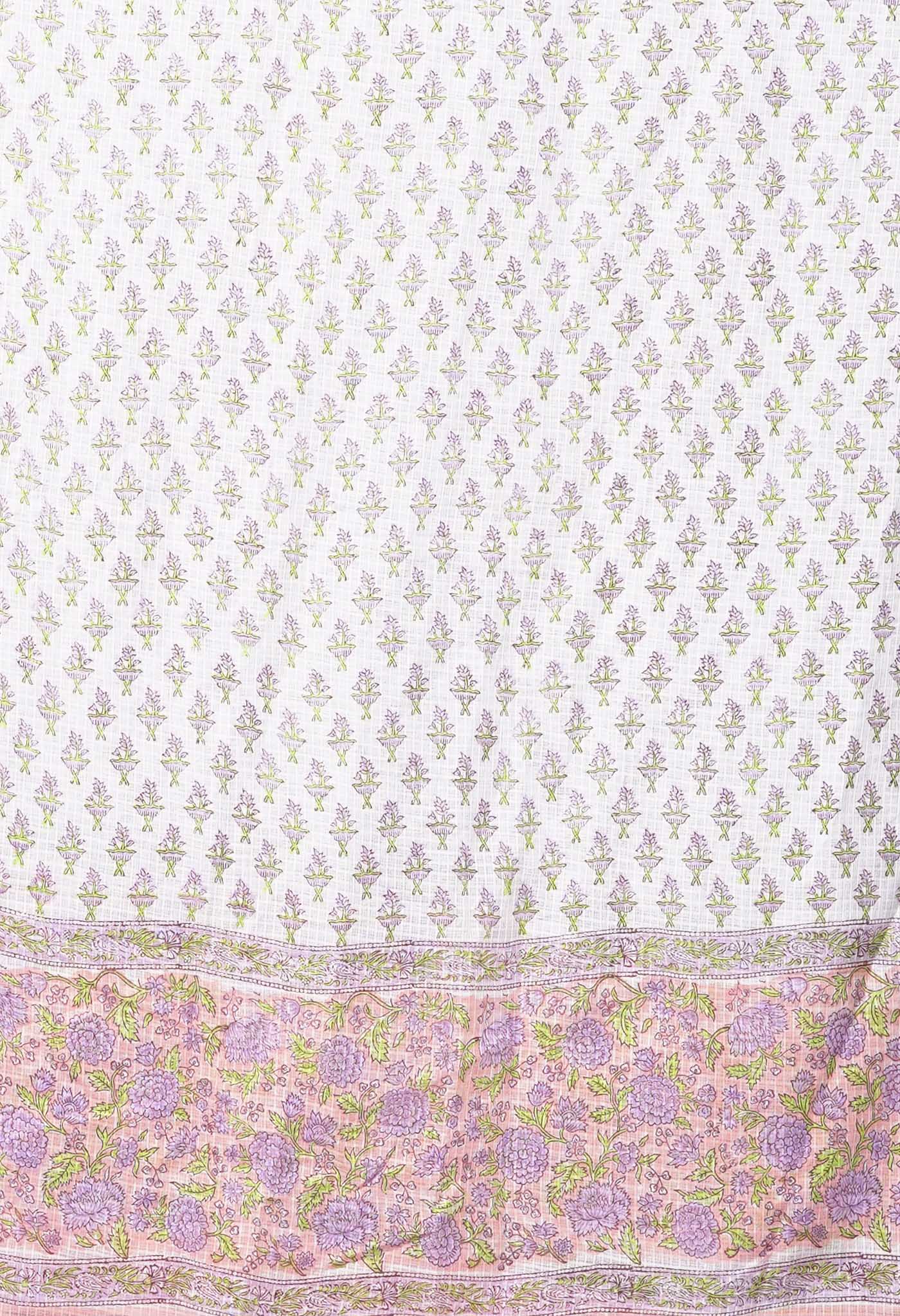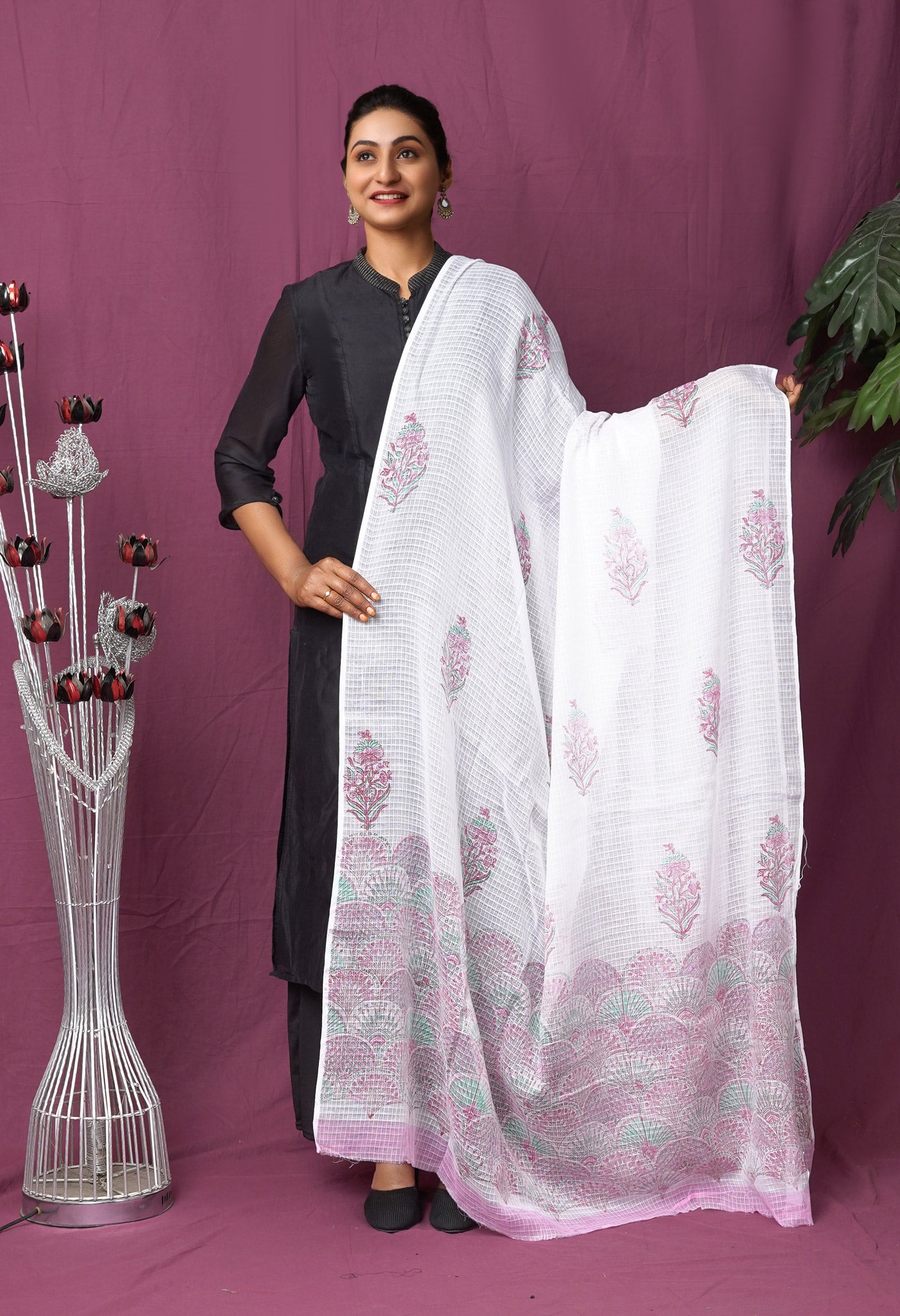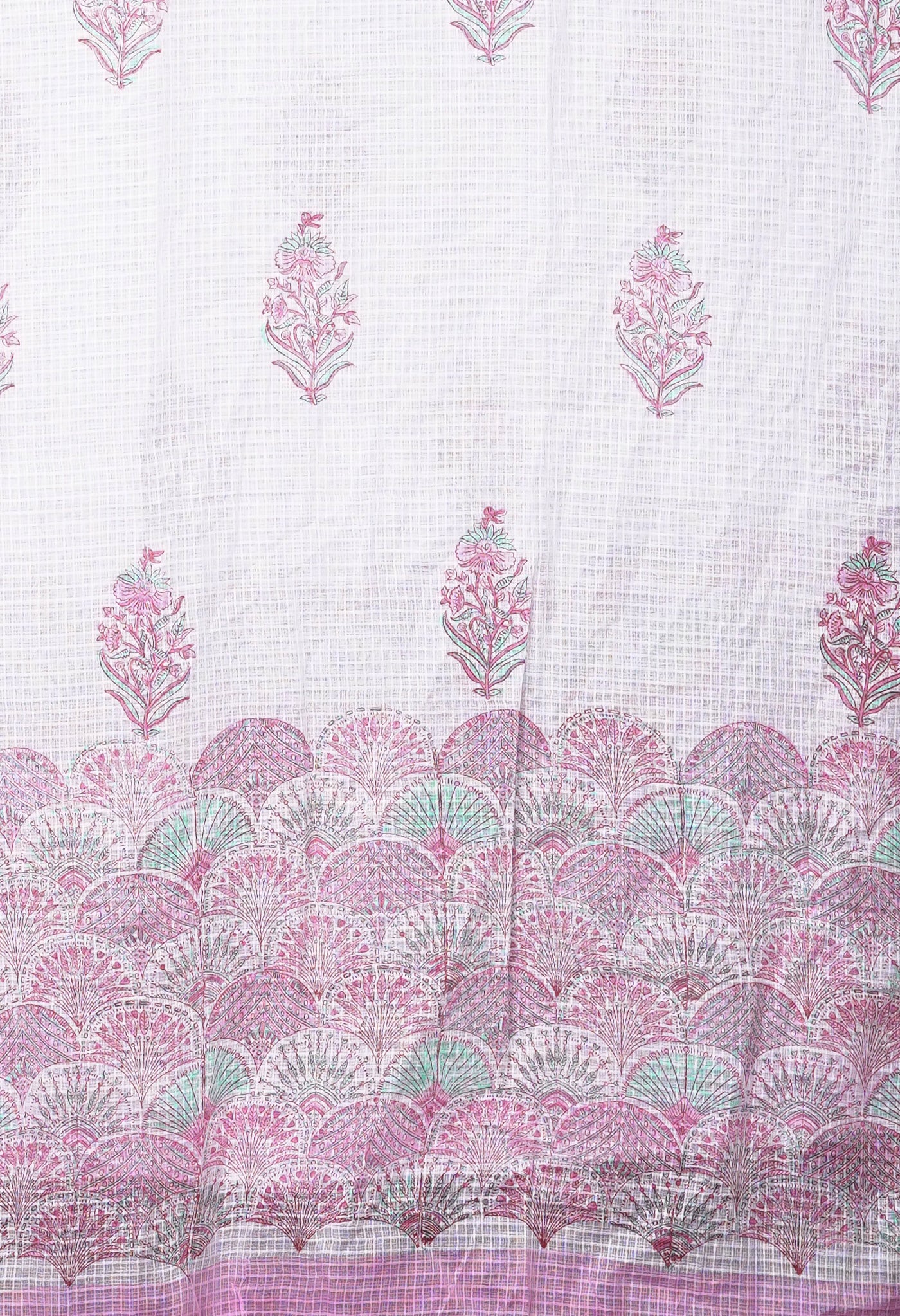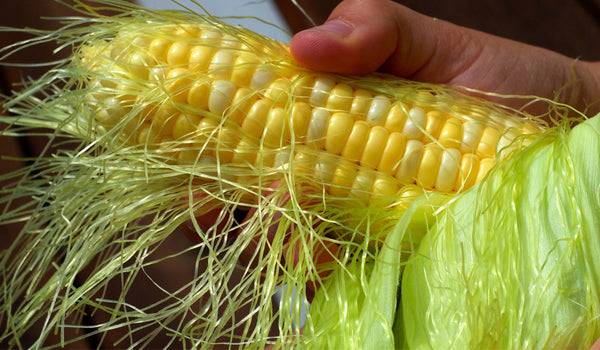
Corn fiber – an exciting addition to the world of fabrics
The market is always eagerly expectant of something new and exciting in fabrics; be it a new design, introduction of some exotic color, a novel weaving style, or the addition of some new fabric material added to the already long list.
One of the most recently added in fabric materials is the corn fiber. Also known as the Ingeo fiber it is an invention from the joint efforts of Cargill Inc and The Dow Chemicals through the Cargill Dow Polymers LLC.

The Corn Fiber
Corn is an agricultural product with large quantities of starch. Manufacturers extract this from the plant fibers, break it down into sugars, ferment them and separate them into polymers.
In the beginning at this stage of the process, the corn fibers are paste-like substances that are then extruded into delicate strands. Then these strands are cut, carded and combed to be ultimately spun into yarn. If one were to be familiar with the process of making wool, in the case of the corn fiber too, barring the chemical processes, the rest other is as what is done for wool.

The advantages in the use of corn fiber
The fabric made from corn fiber hardly requires maintenance, is fairly cheap and comfortable to wear. There are also the advantages of the fiber being stain-resistant and does not fade easily. So applications like readymade apparel, diapers, bedding, carpets and upholstery come out well. In the production of this fabric not only is the use of fuel quite less but the fiber in itself is environment-friendly.
The fine attributes of the corn fiber
- Corn fiber is available in both spun and filament forms in a wide range of counts from the micro denier to the high counts. This makes it available for the lightest fabrics to the most robust of applications.
- Available from natural plant sugars, the products are environment-friendly and can be returned to the earth once their life cycle is complete.

- There is a fine balance between giving strength as well as possessing softer qualities of comfort, softness and fine drape. Additionally corn fibers are naturally flame retardant and there is no use of chemical additives or surface treatments on the corn fiber.
- The corn fiber with its lovely luster and drape is also known for having outstanding moisture management properties as well as low odour retention, making it both comfortable and confidence-giving to the wearer of the fabric. When compared with polyester in functional wear applications, corn fiber fabrics perform better.
- When compared to other fabrics, corn fiber shines in factors like resistance to UV light, retaining the strength of the color and its properties over time. In other words there is durability. And what about laundry? It is easily laundered with standard washing and drying machines.
- High crystallization point, melting point and high strength being its virtues, the corn fiber fabrics demonstrate good soil release, quick drying and excellent after-wash appearance.

And are there any disadvantages perceived in this wonder fiber? Well, some people feel as a textile, it is too rigid and frail.
Interesting Trivia about the corn fiber
- Any sort of fabric made from the corn fiber can be processed on conventional machinery through all the stages as for any other fiber. So there is no additional investment necessary.
- Corn fiber is comparable to the man-made polyester fibre. From the spinning of the fibre, the spinning of the yarn, the fabric production, dyeing and finishing, both compare similarly. In physical characteristics, both are available in filament and staple form, they are both melt-spun, the weaving and knitting set-ups for each is roughly the same, both can withstand fair amount of heat treatment and both get dyed by disperse dyes.
The processing of corn fiber
There are several stages in the processing.
- Opening, cleaning & blending – where the staple fibres arrive in the form of large bales at the yarn processing plant. It is very important to separate or open the fiber mass to single fiber state or as close as possible. The opening and blending machine separate and blend the fibers from different bales.

- Carding - is a process where the tufts of fibres are converted into individual fiber forms. It is very important to individualize fibers in the card to make them able to convert in yarn in the later processes.
- Combing – Card sliver are fed to the machine where several card slivers are combined. This smoothness out the card sliver pulls out the fibers into layer and reforms a new sliver called as a comb sliver. This gets superior evenness, smoothness, fineness and strength but exercised as an option when it is required.

- Drawing – The section is doubled, blended and drafted to parallel all fibers and to control and even sliver for production of high quality yarn.
- Roving - Roving is an intermediate process during the conversion of fibers into yarn. The purpose of roving is to prepare a better input package for the ring frame. The roving is produced on compact small packages called bobbins, which are more convenient to transport and have less chances of damage as compared to sliver cans. That is why roving is still an important process in ring spun yarn.

- Spinning - The final process in this system is the spinning operation. During spinning, the roving is attenuated to the desired diameter called the final draft and the desired amount of twist is inserted.
- After this it is the weaving of the corn fiber cloth that has two stages - Warping and Sizing.
Applications of the Corn Fiber
Because of its excellent qualities, it has many applications. It has the qualities that could make it replace many a fabric for a variety of purposes. In making yarn, fabric, knitting, nonwoven, staple fiber, multi-filament, single filament. It has capabilities both as a pure yarn as well as when spun with other fibres like cotton, wool, viscose and other artificial fibres.
The greatest advantage of corn fiber lies in the natural availability of the fiber and its capabilities as a finished product.

- As Apparel - strength, resilience, comfort and drape combined with thickness, natural insulating warmth and moisture management make corn fiber the perfect solution for both outer and inner fabric performance needs. Corn fiber is used in many different apparel applications such as contemporary sports and casual wear t-shirts, fleece and jeans, functional fashion separates like shirtings, trousers, duvet jackets, jersey dressing and essential next- to-skin items such as underwear and hosiery. It can also be used in new fiberfill blends for thermal wadding that offers unique natural insulation properties. Corn fiber in clothing fabrics translates into garments that are both easy care and easy wear.
- As home textiles – bedding fiberfill, ticking fabrics, mattresses, blankets, carpets, draperies, upholstery, office wall paneling.
- Non-woven – wipes and feminine hygiene products, cosmetics and diapers.
- Industrial applications – geotextiles, agrotextiles, specialist filtration media, packaging, civil construction material, food packaging products, trays, food containers, strainer bags.
- Medical field – post-operation seams, bandage, gauze, absorbent cotton etc.
- Fashion - contemporary sportswear, fashion separates etc.
- Fabrics
- Corn fiber for allergic people

Corn fiber uses have been thought of in plenty of other ways. It can help to say goodbye to heat and provide the cooling in hot weather conditions, the permeability and absorbency could keep you dry in really damp conditions, protect from UV radiation, and an increase in the volume of corn fabric fashion.

